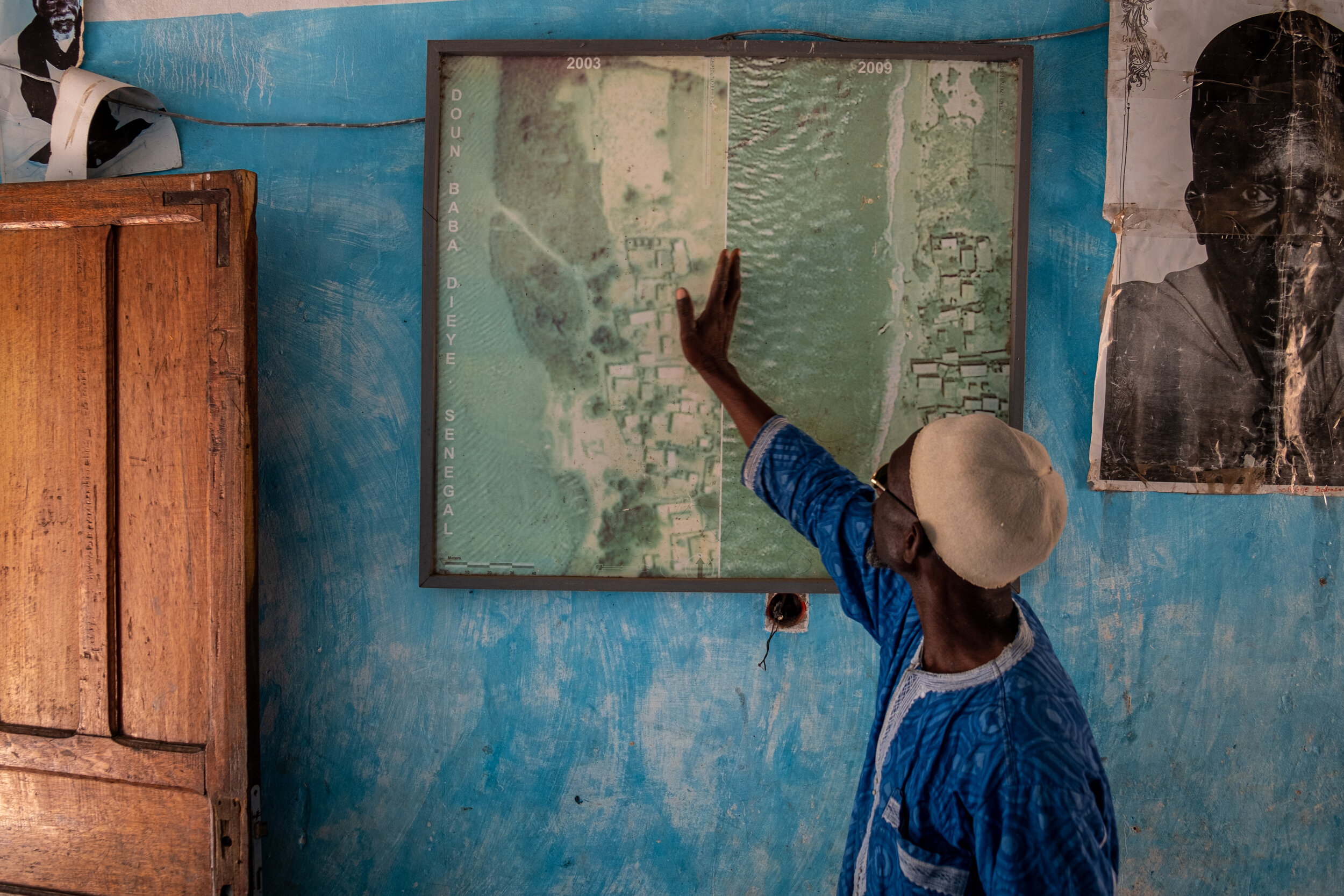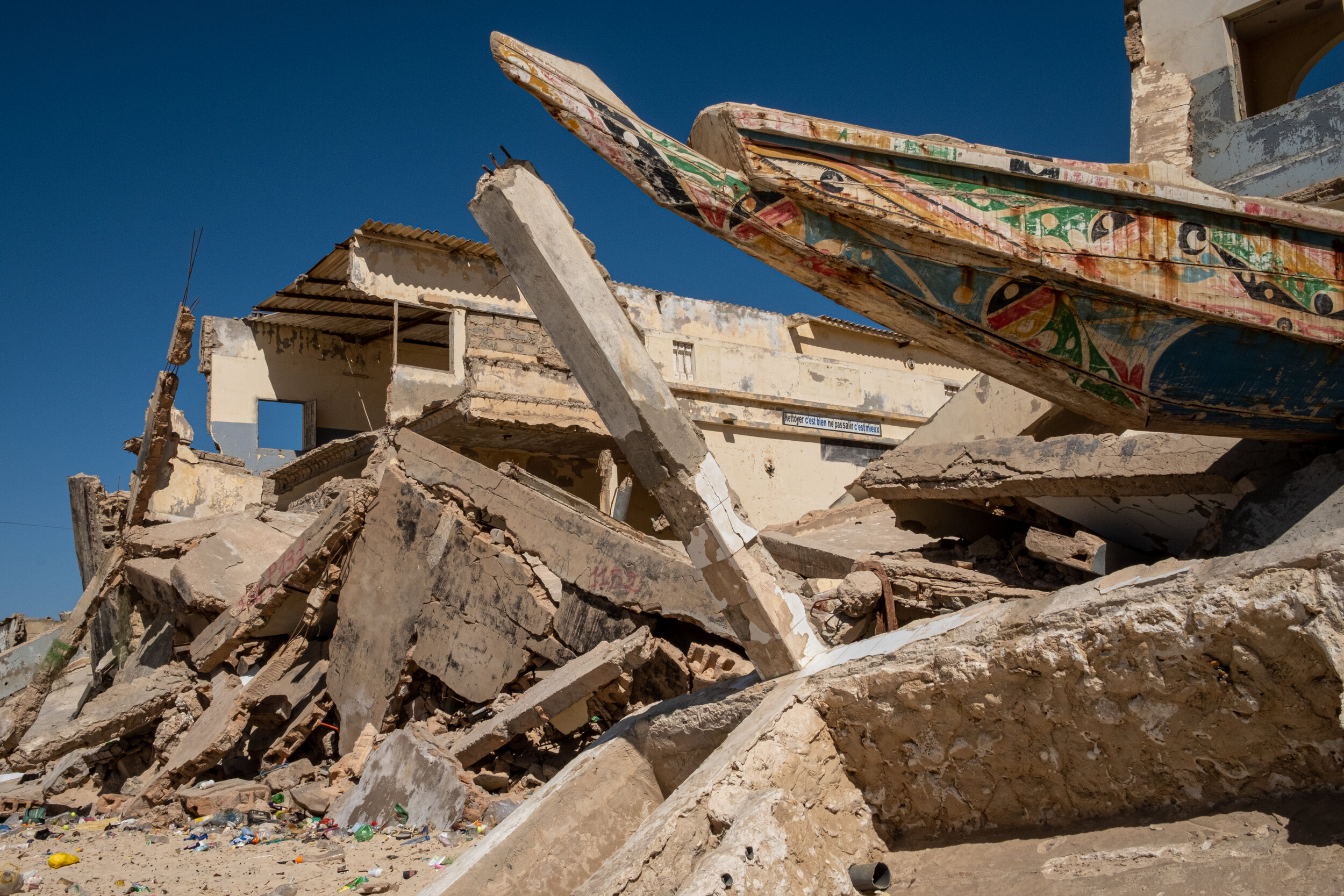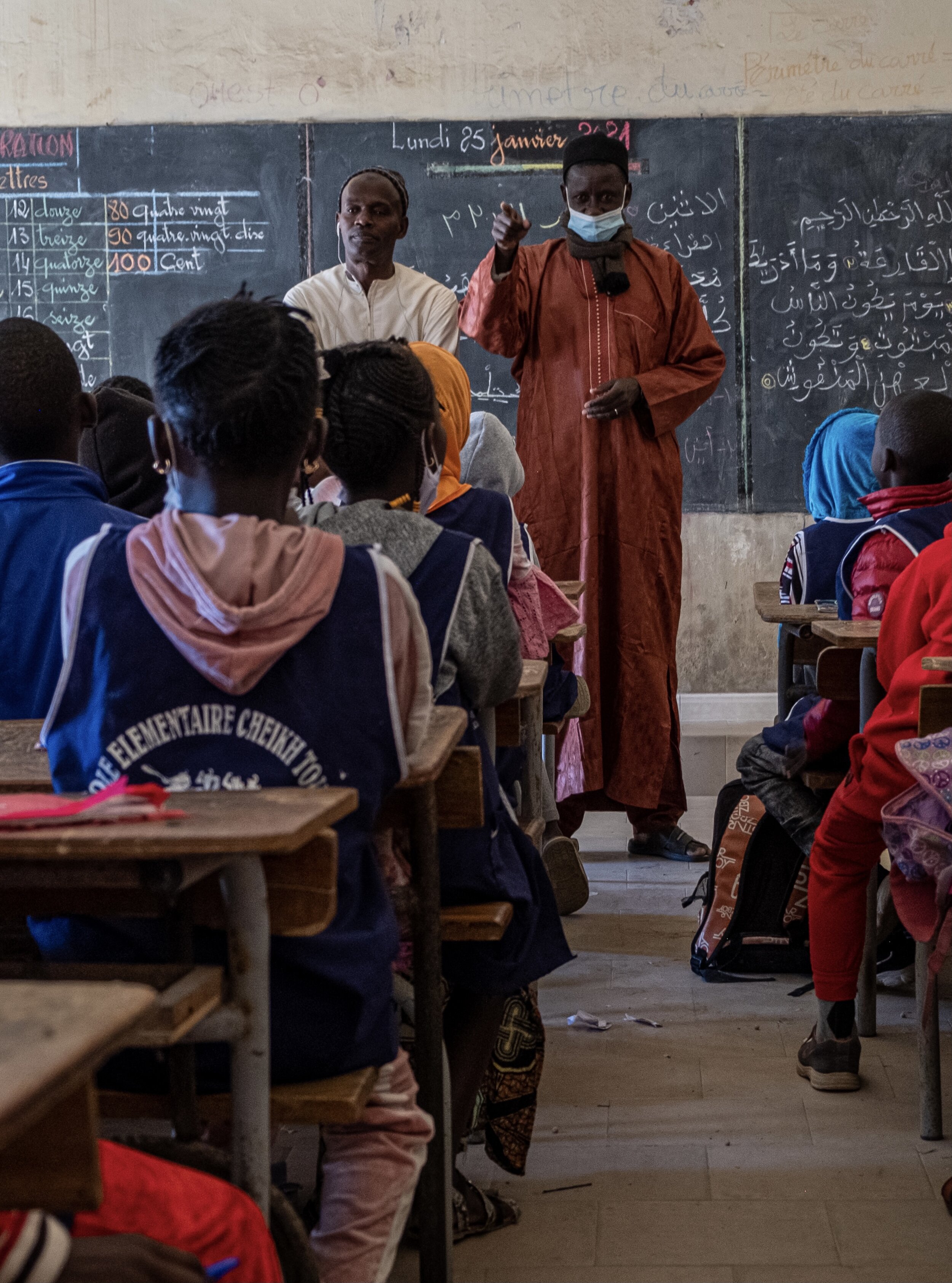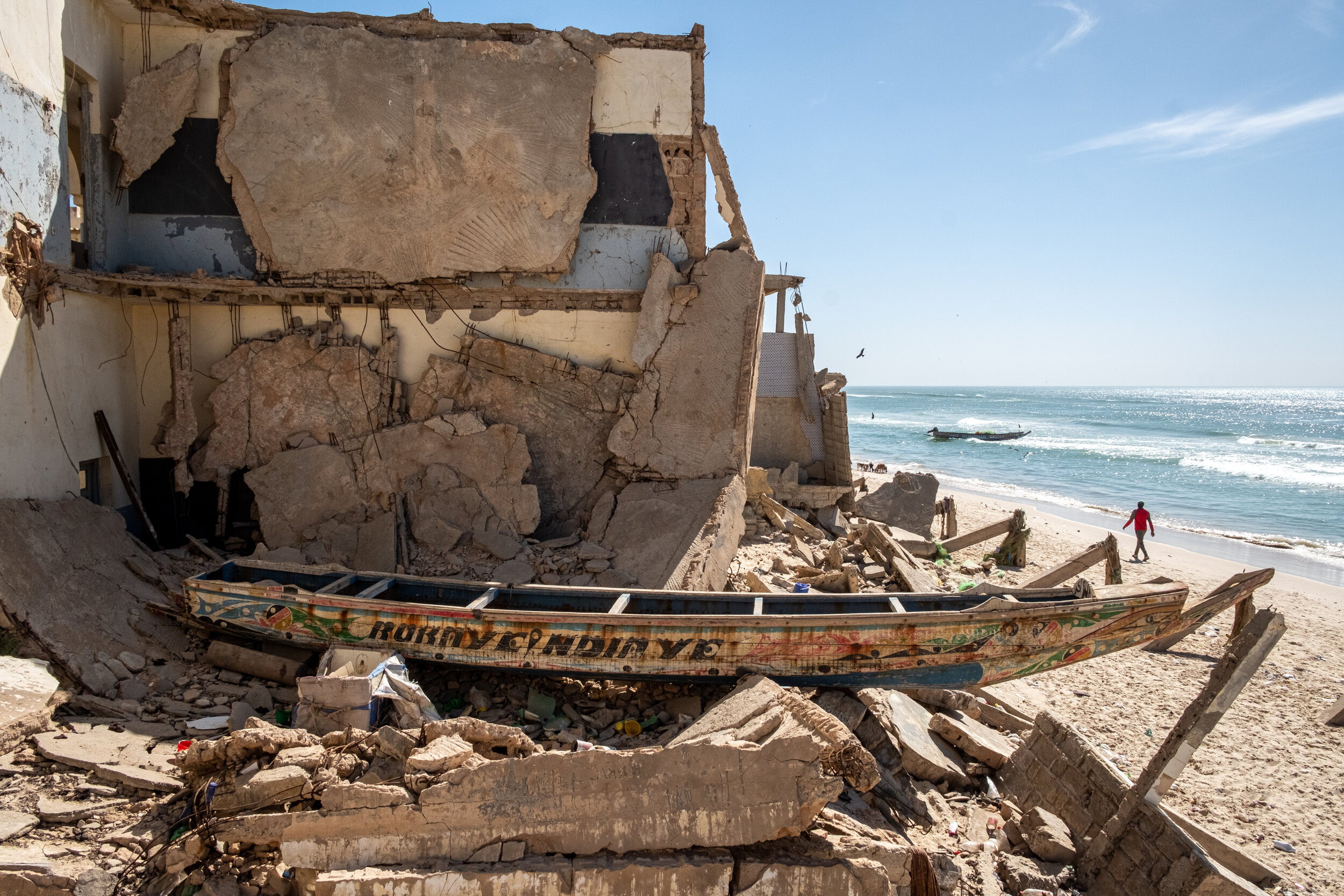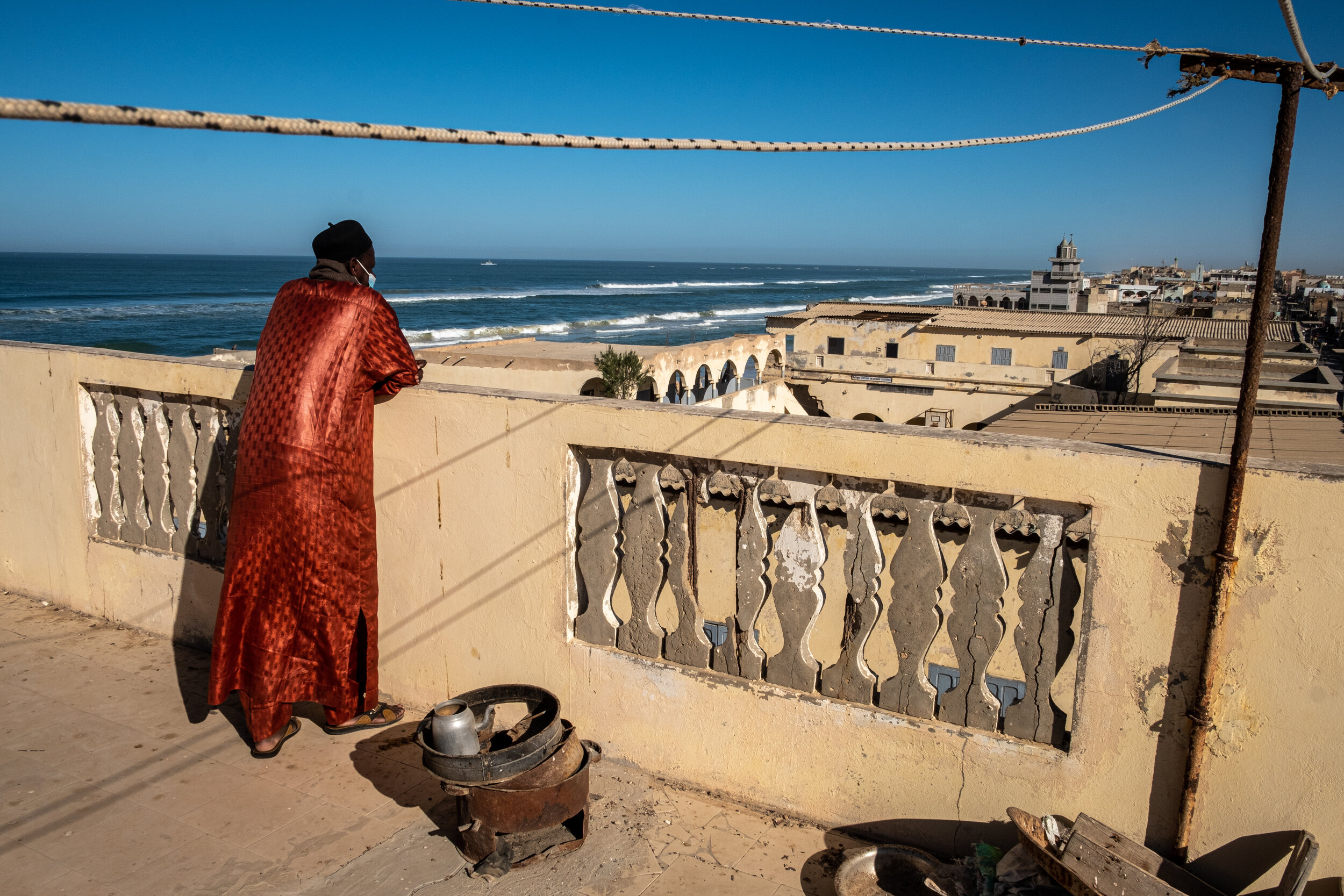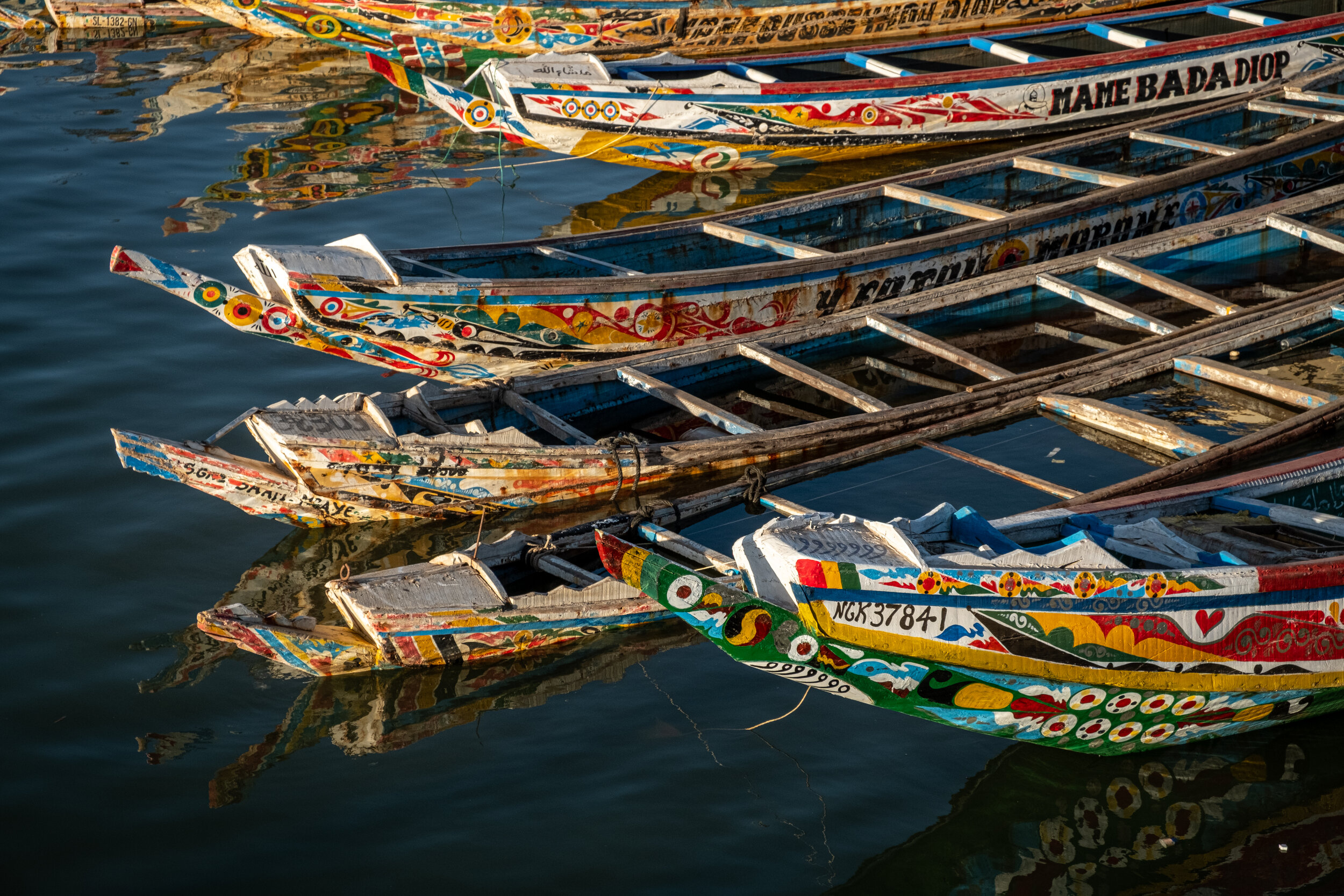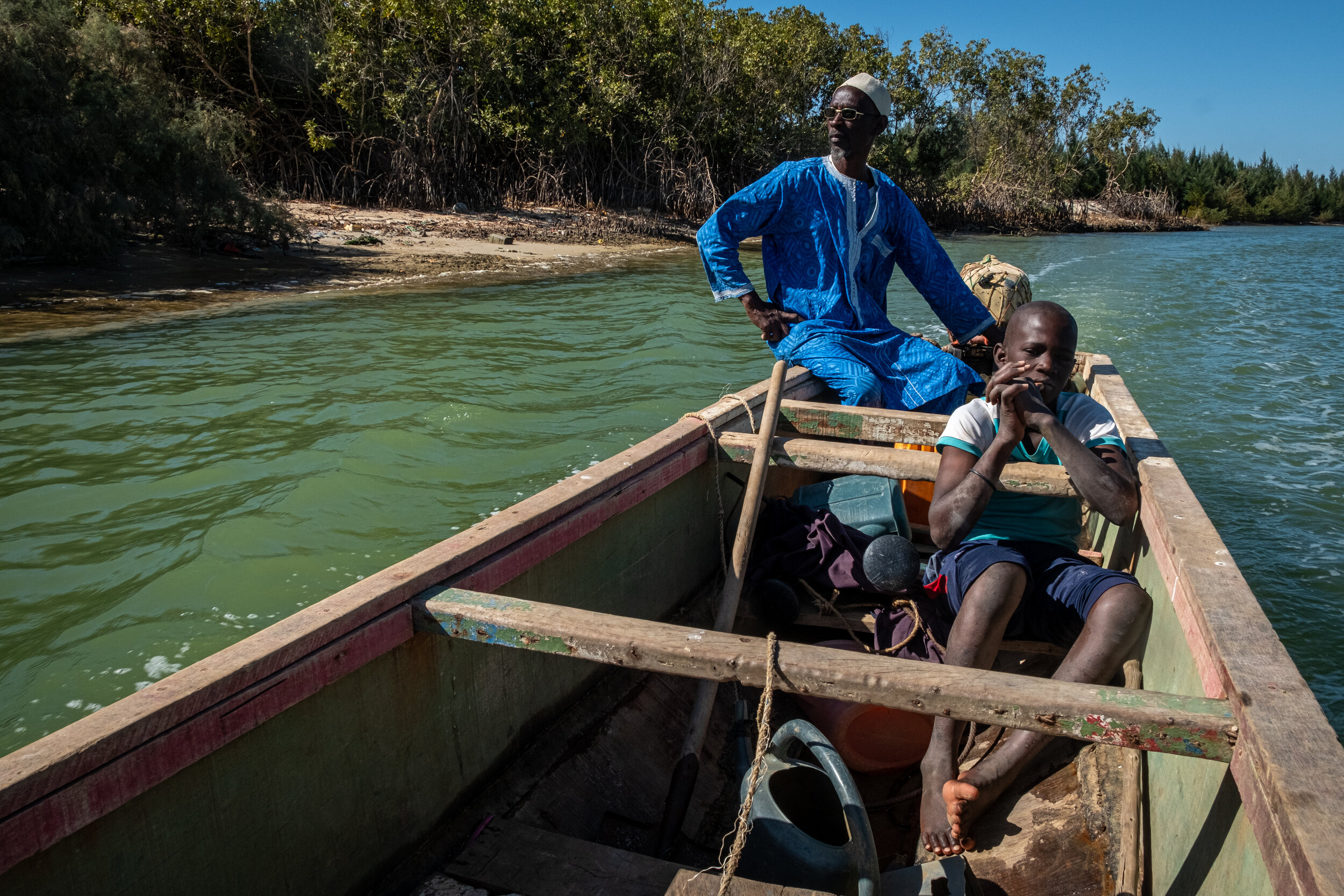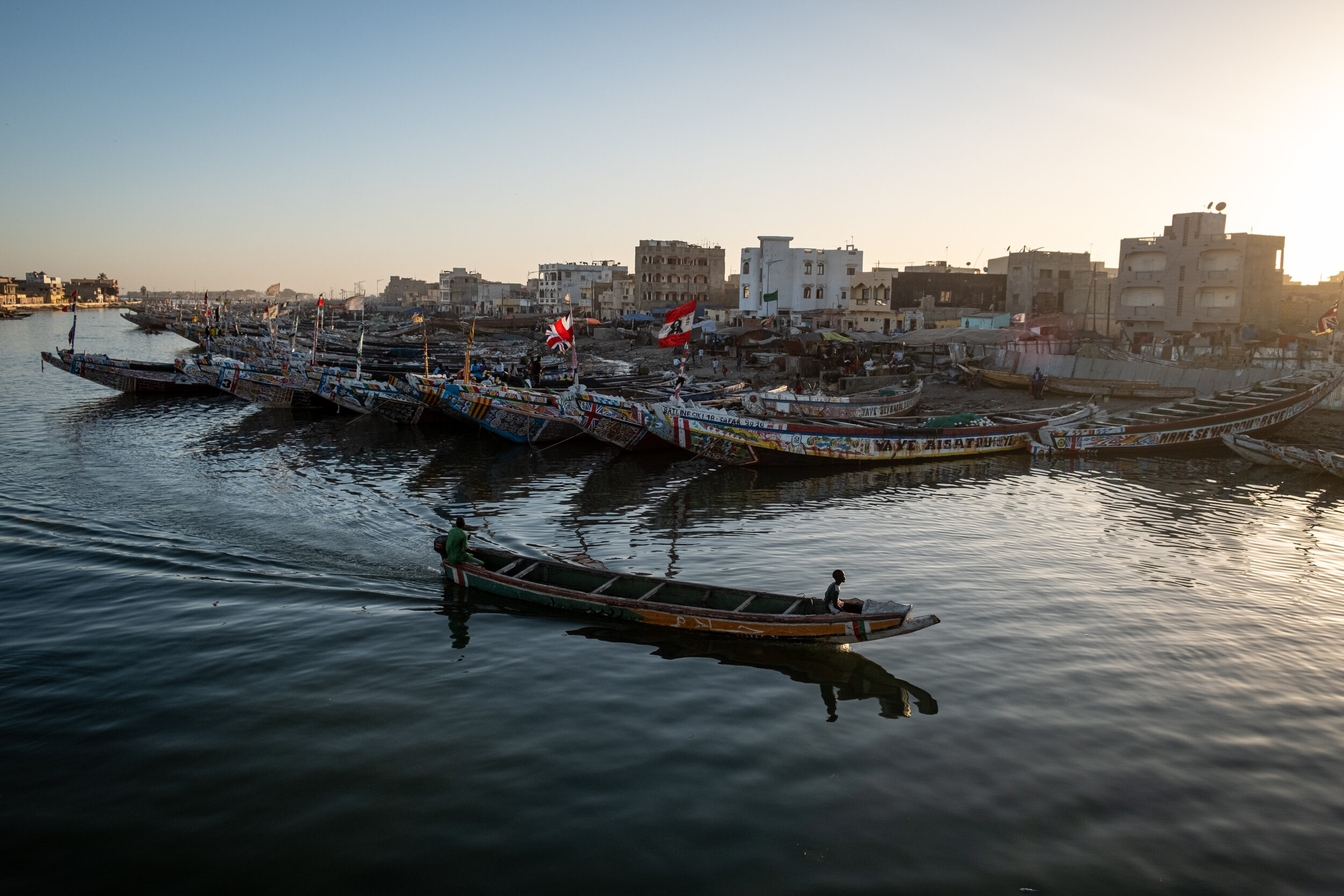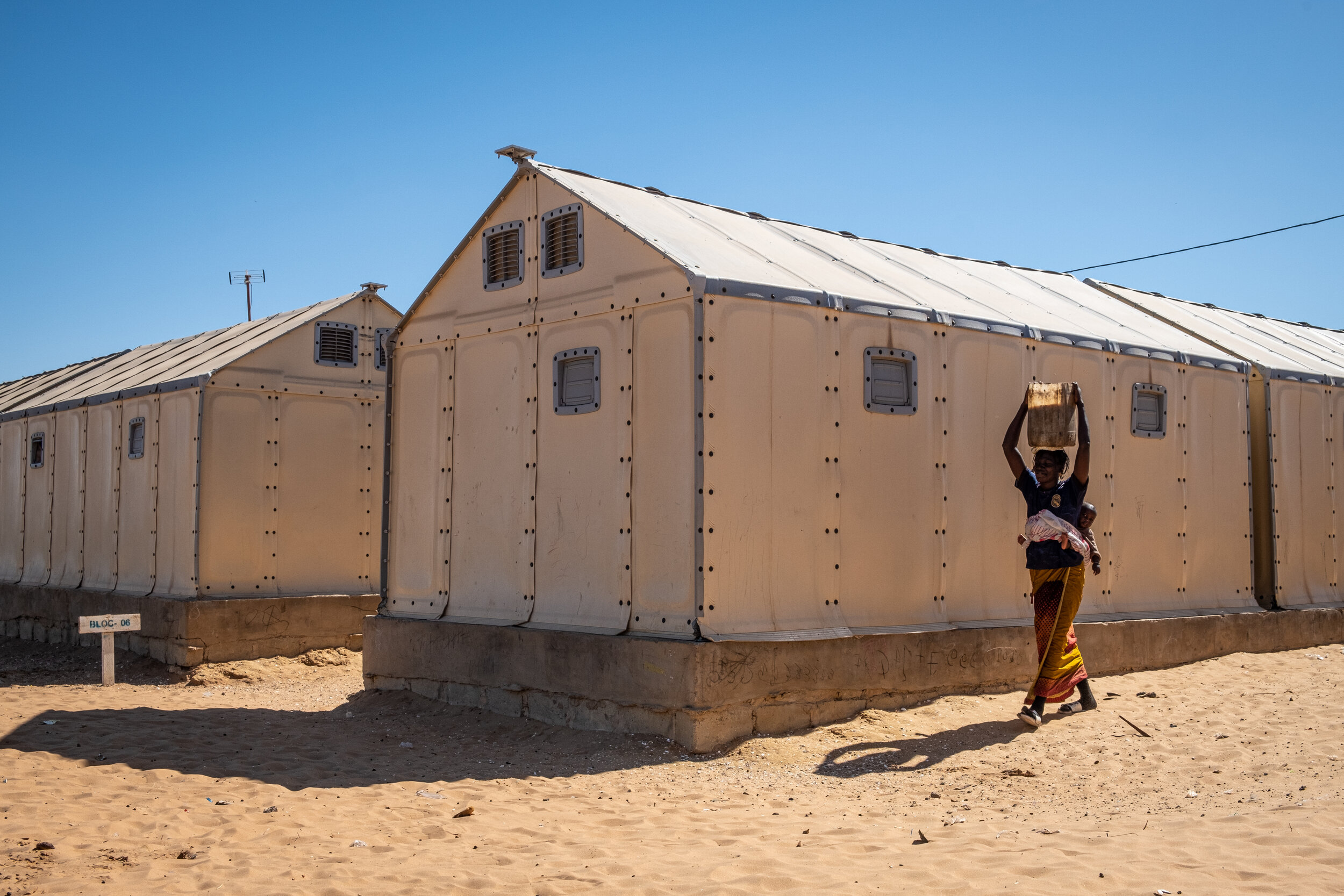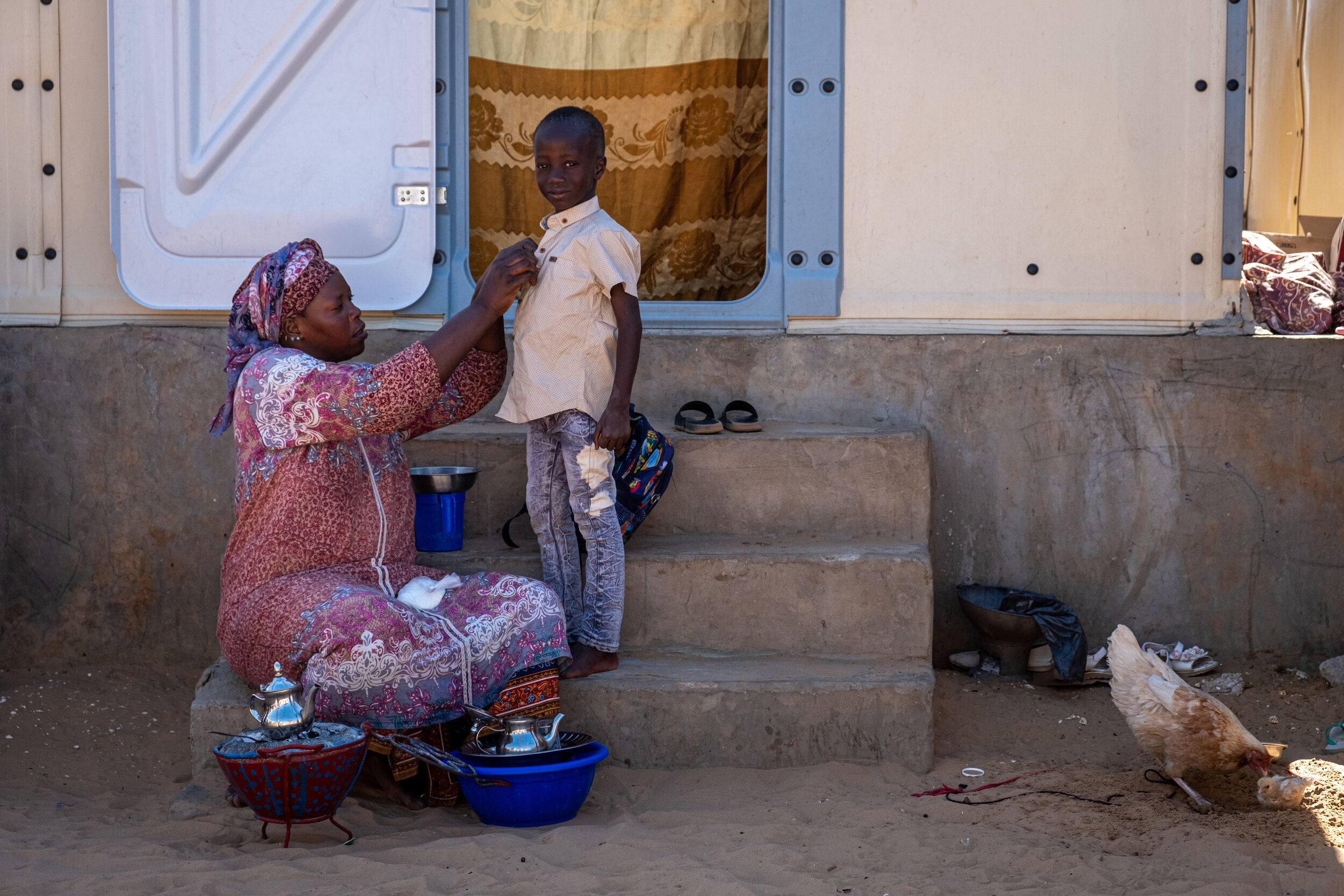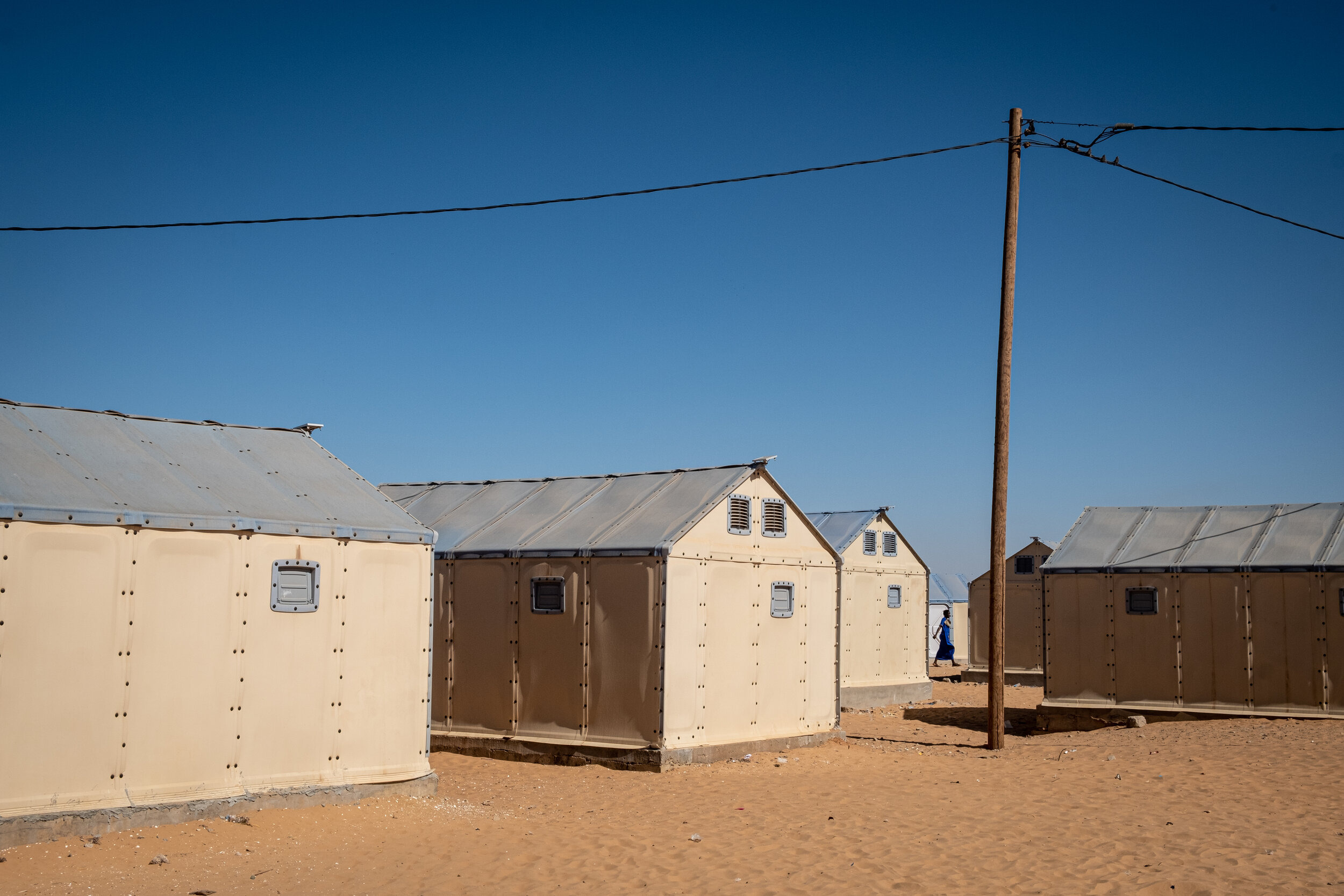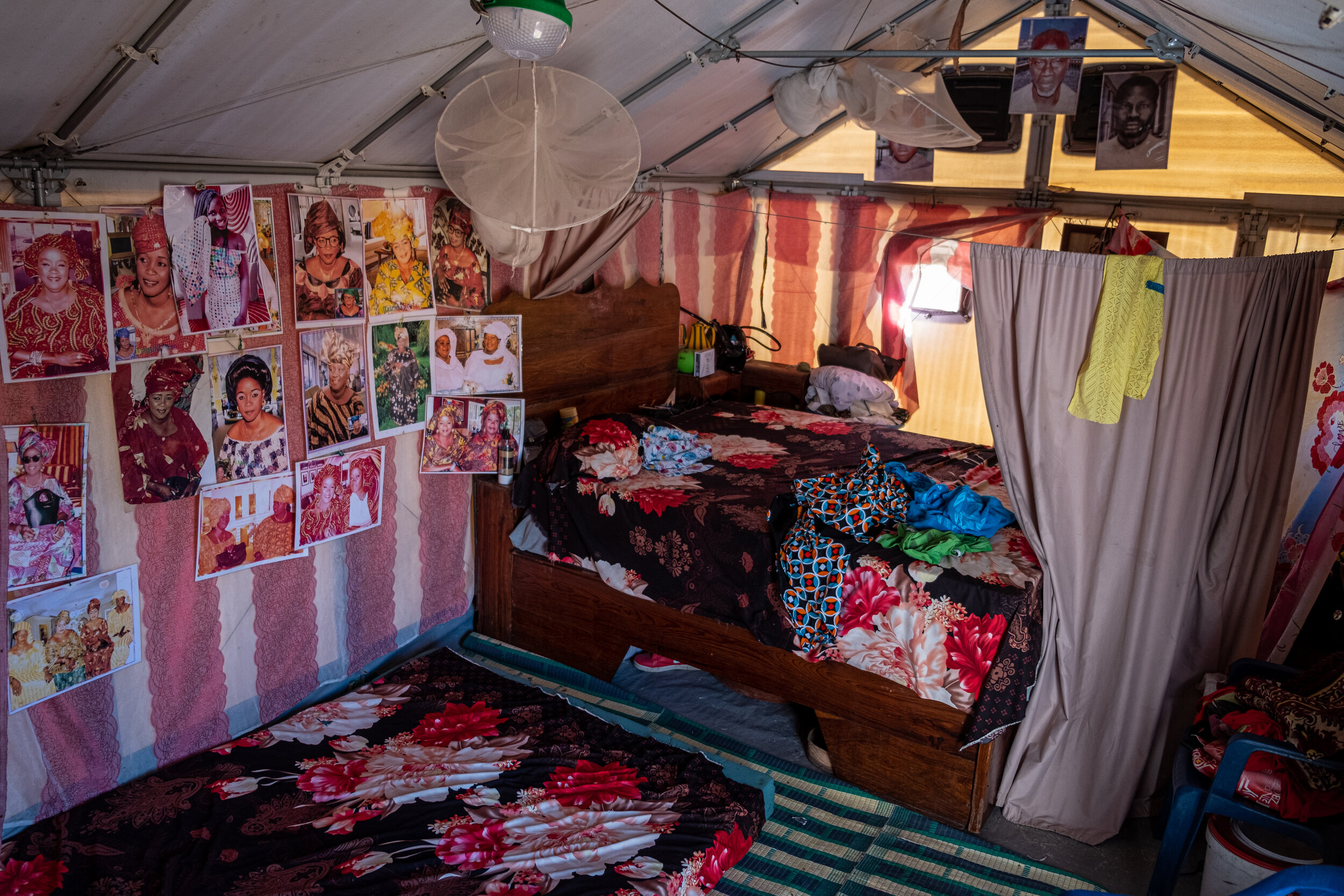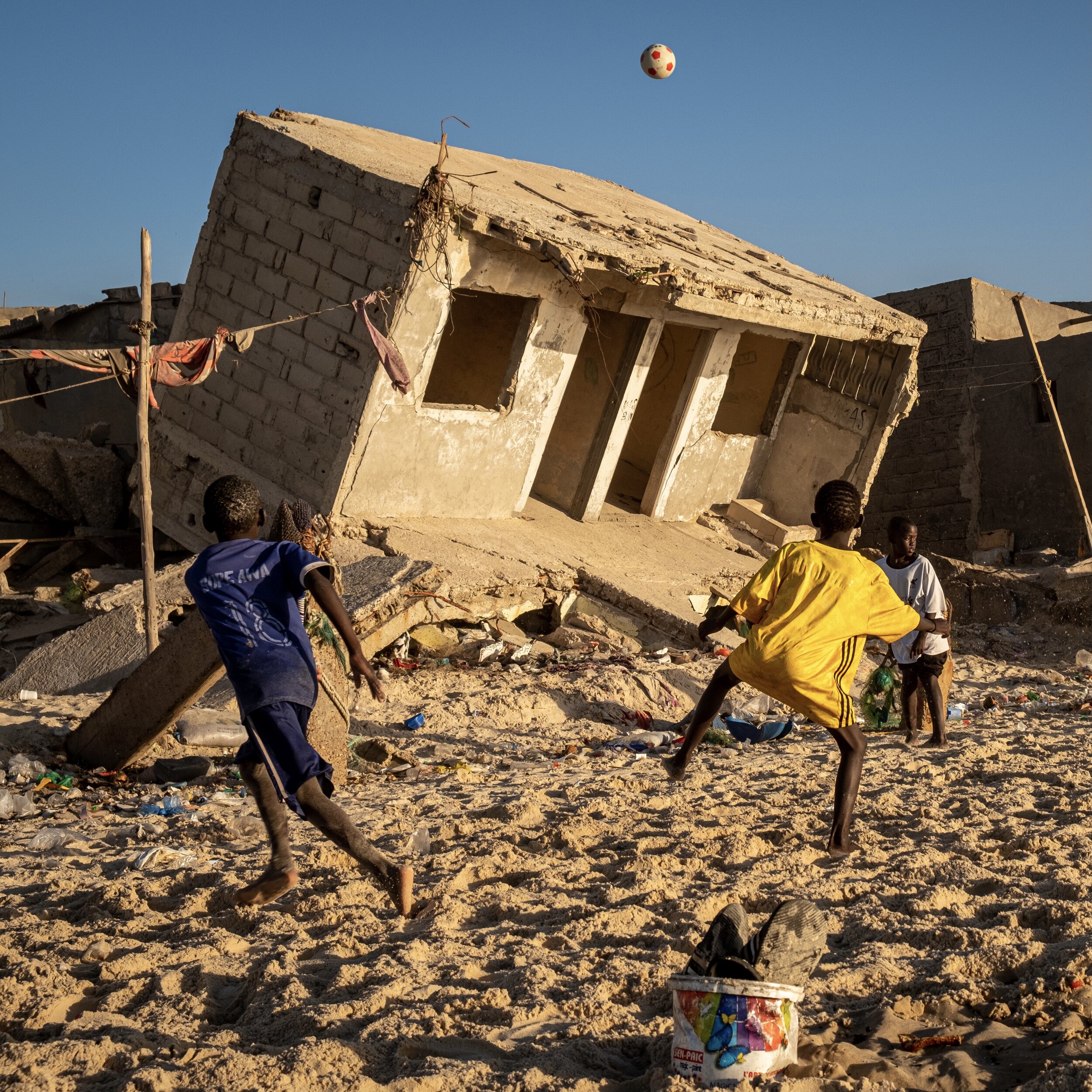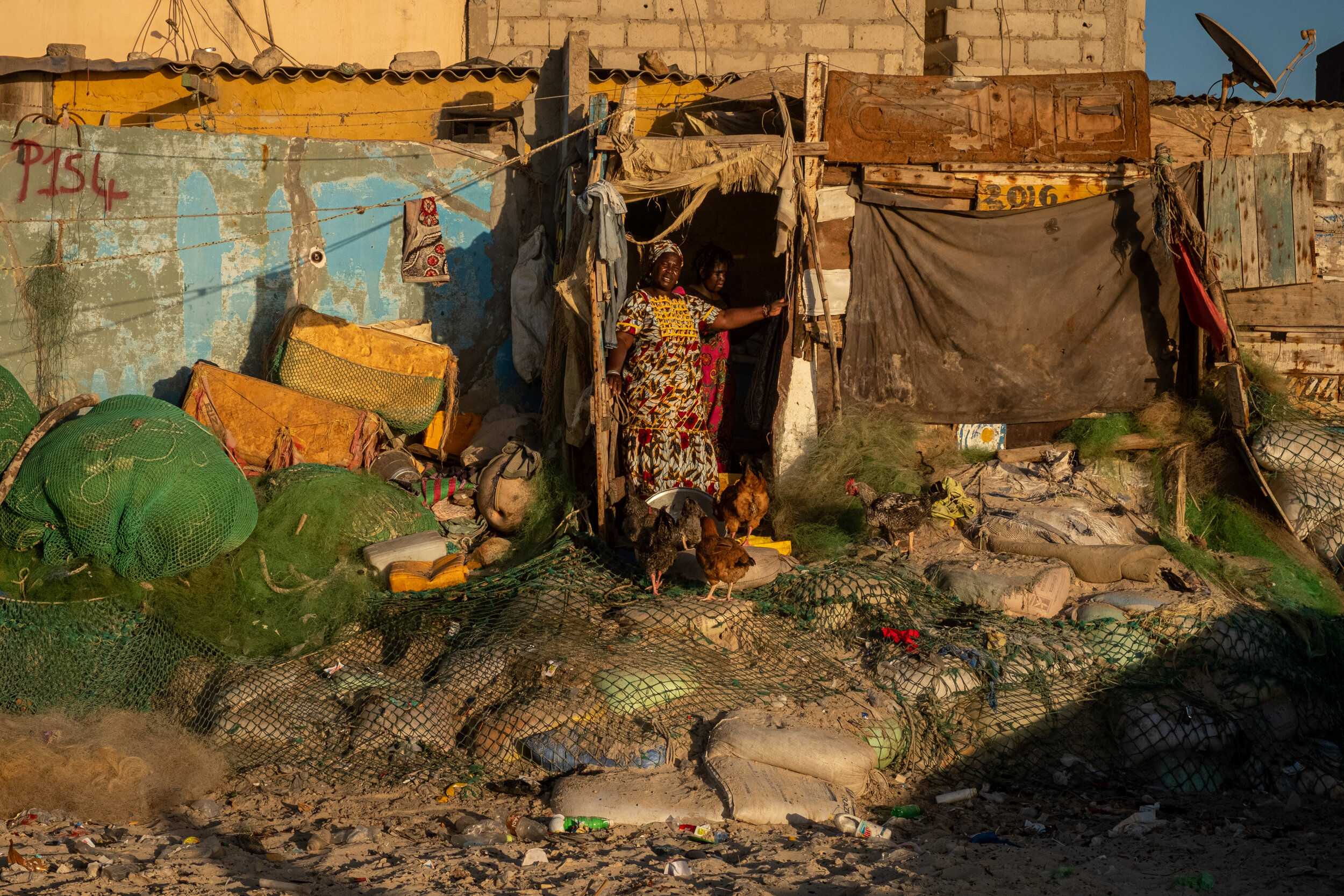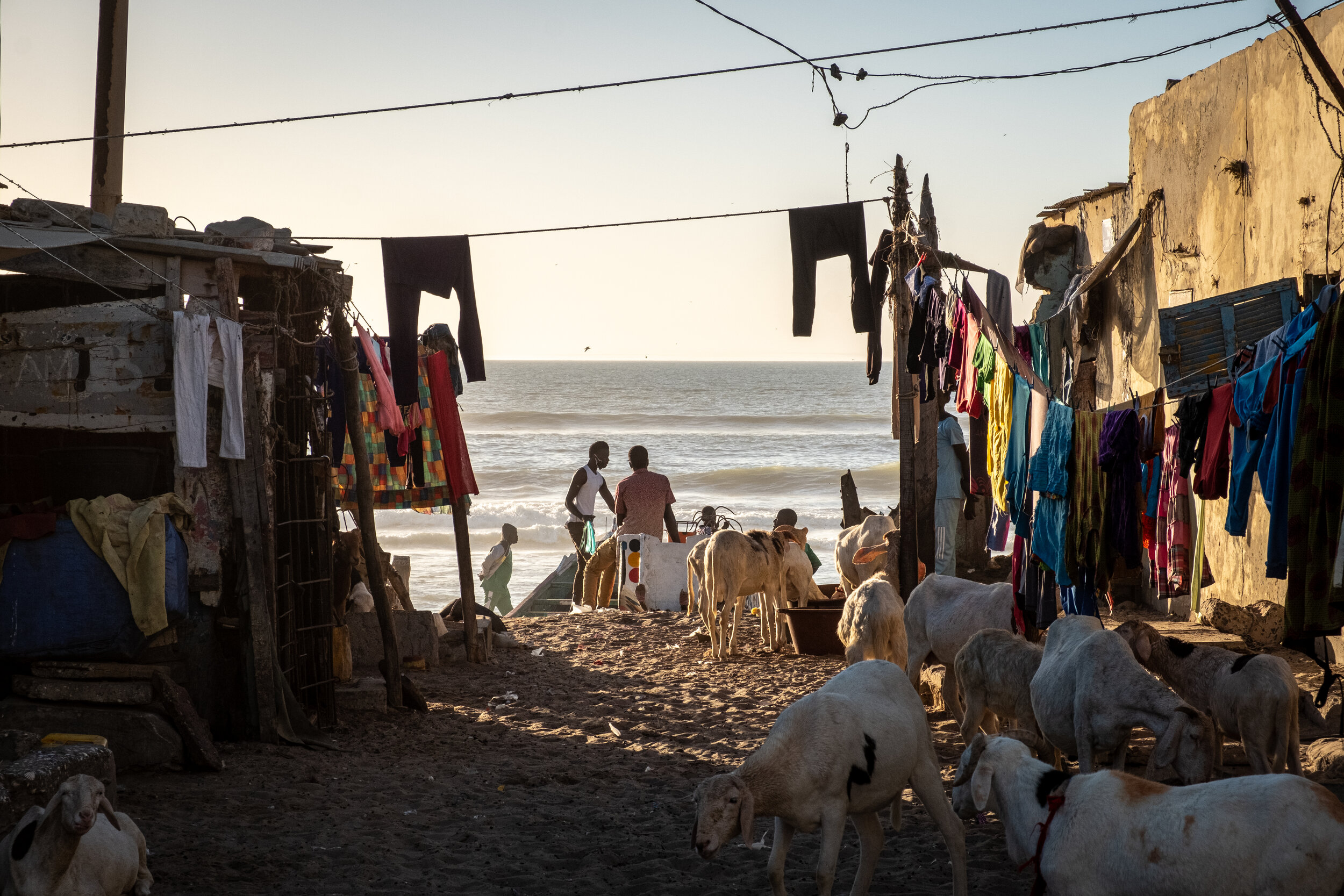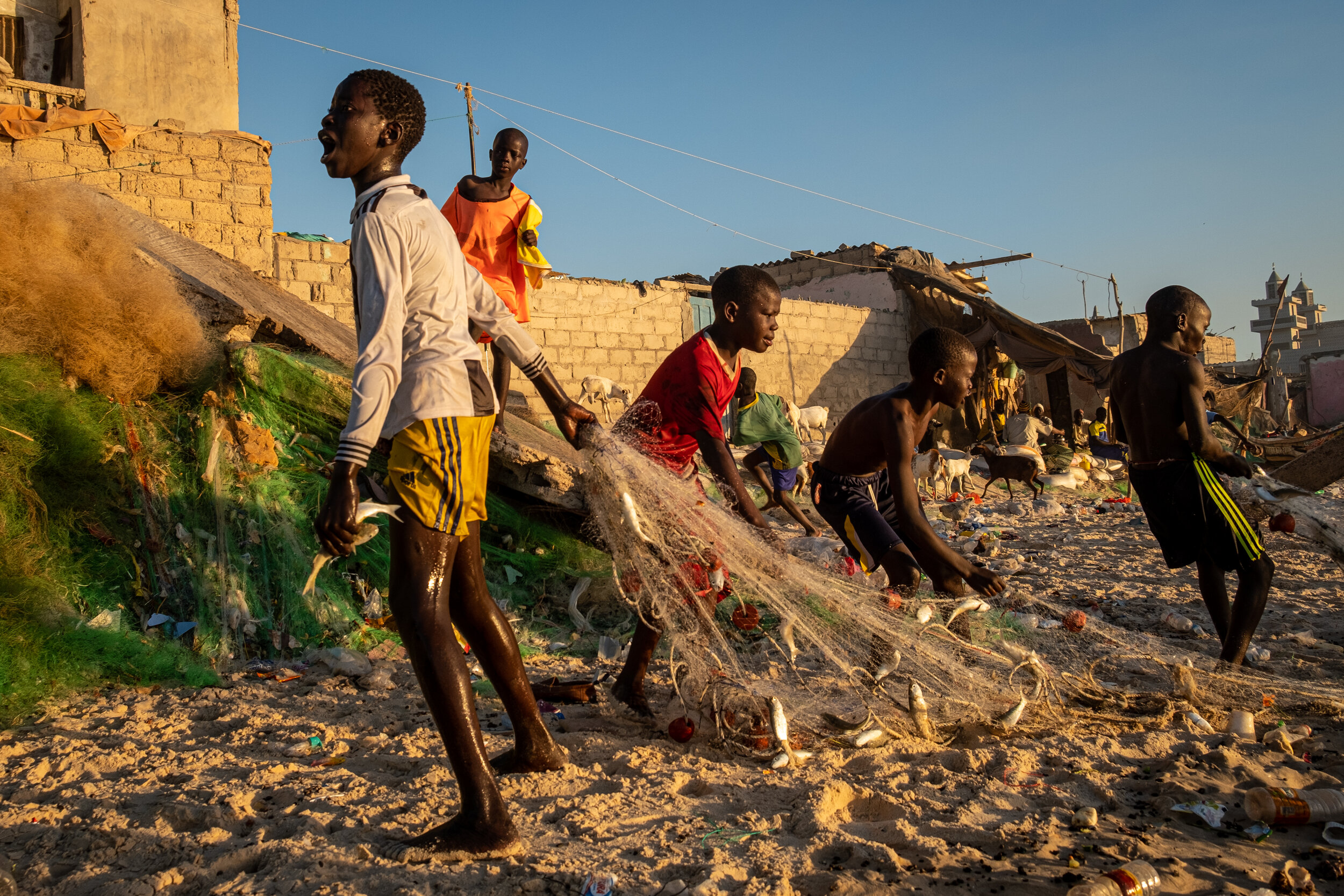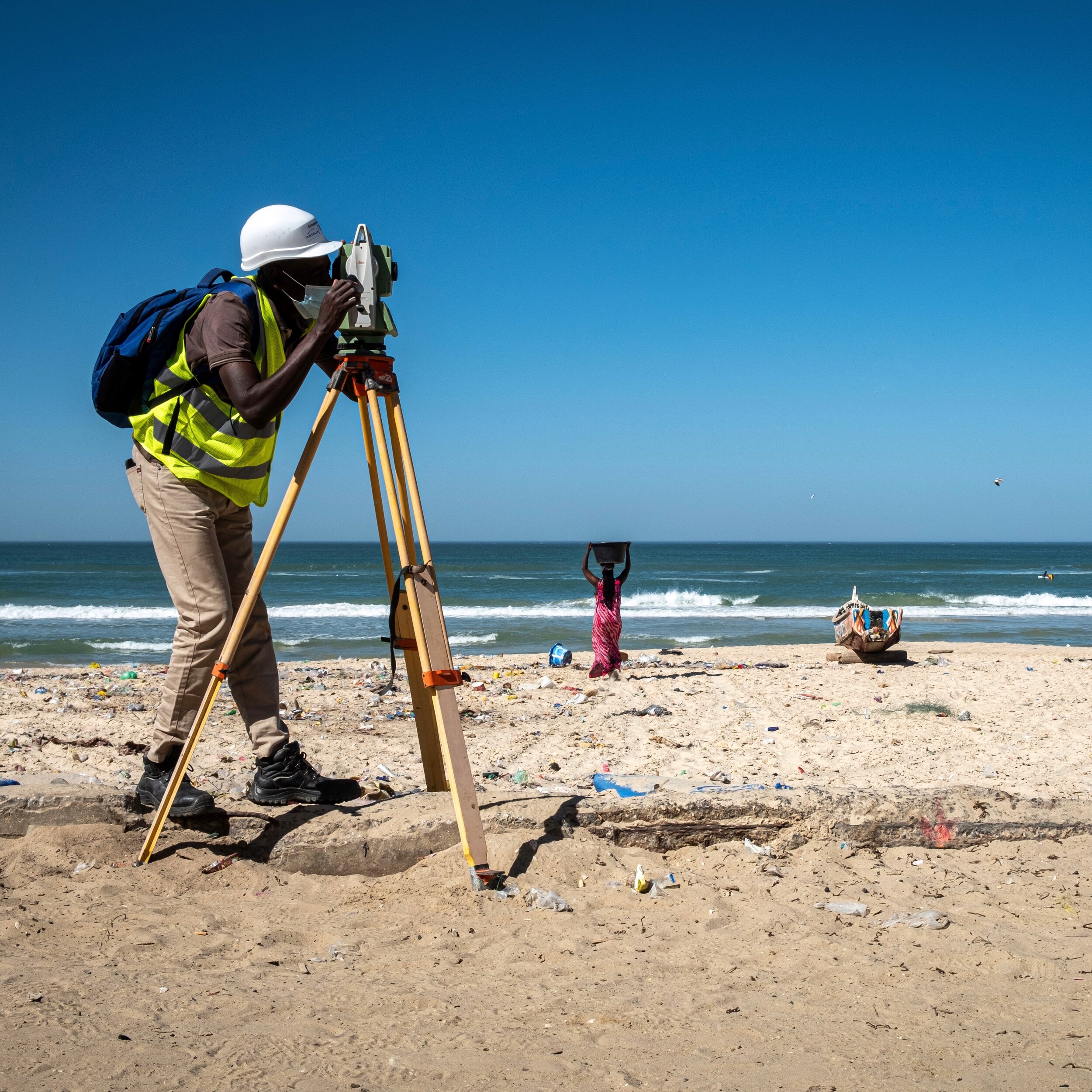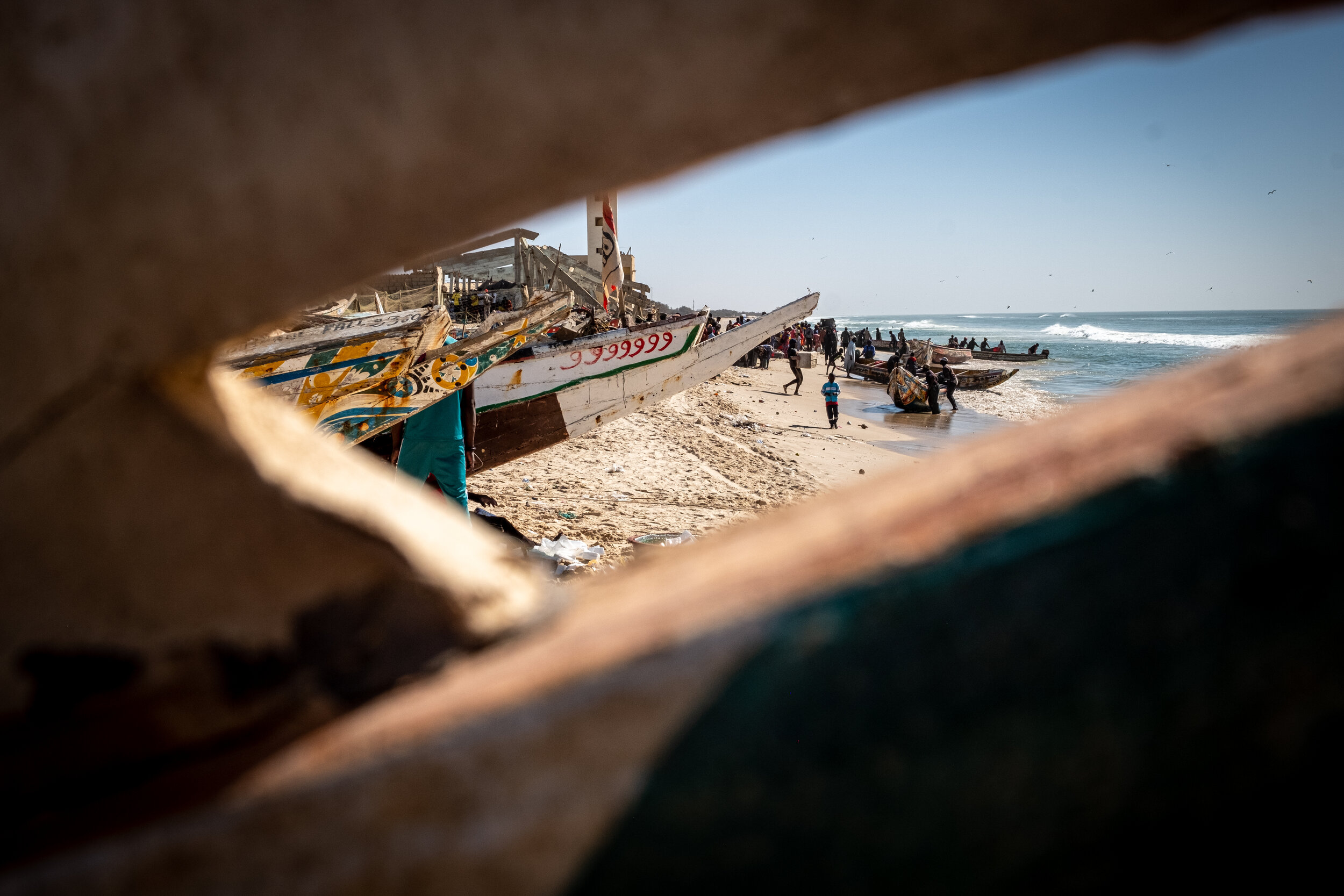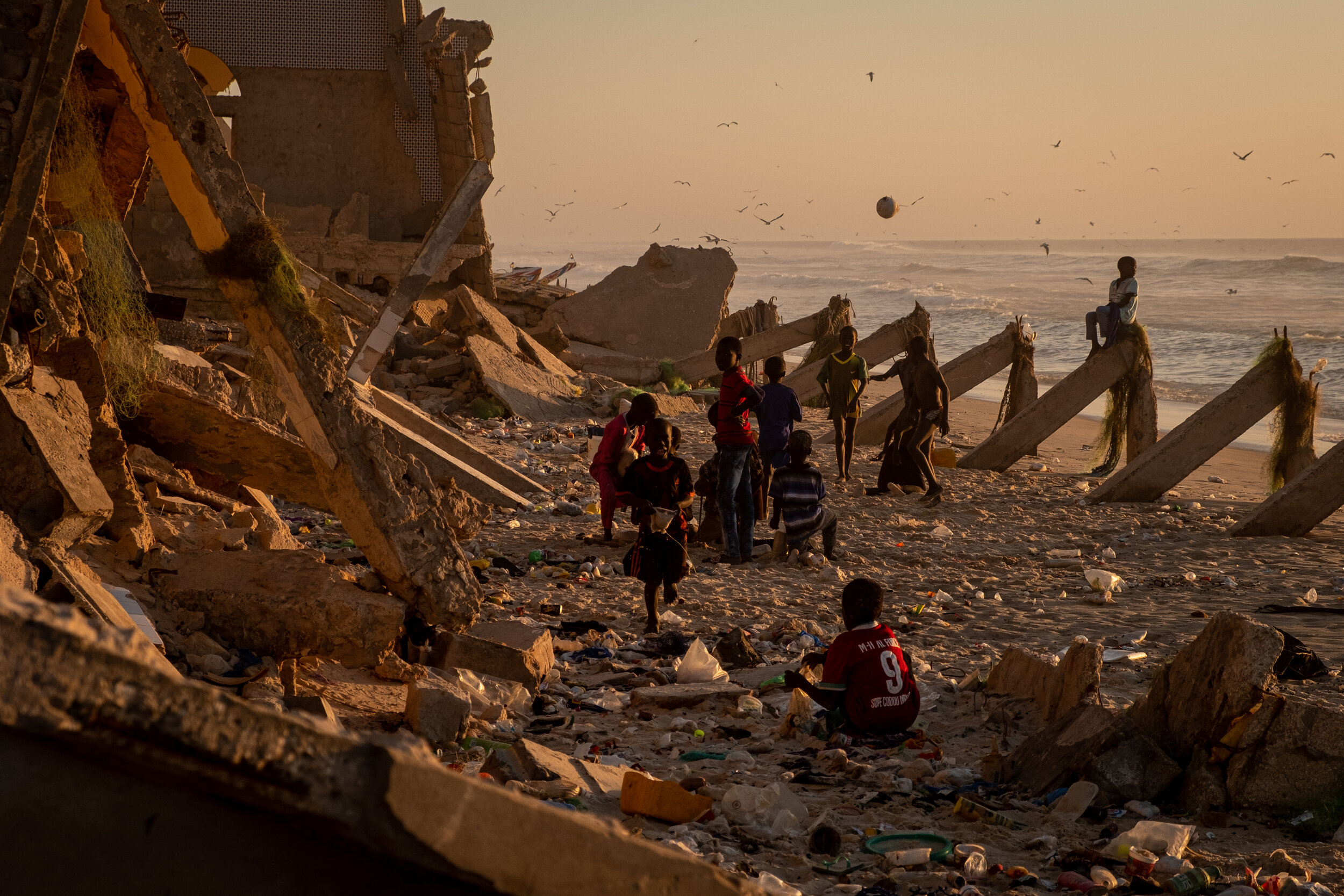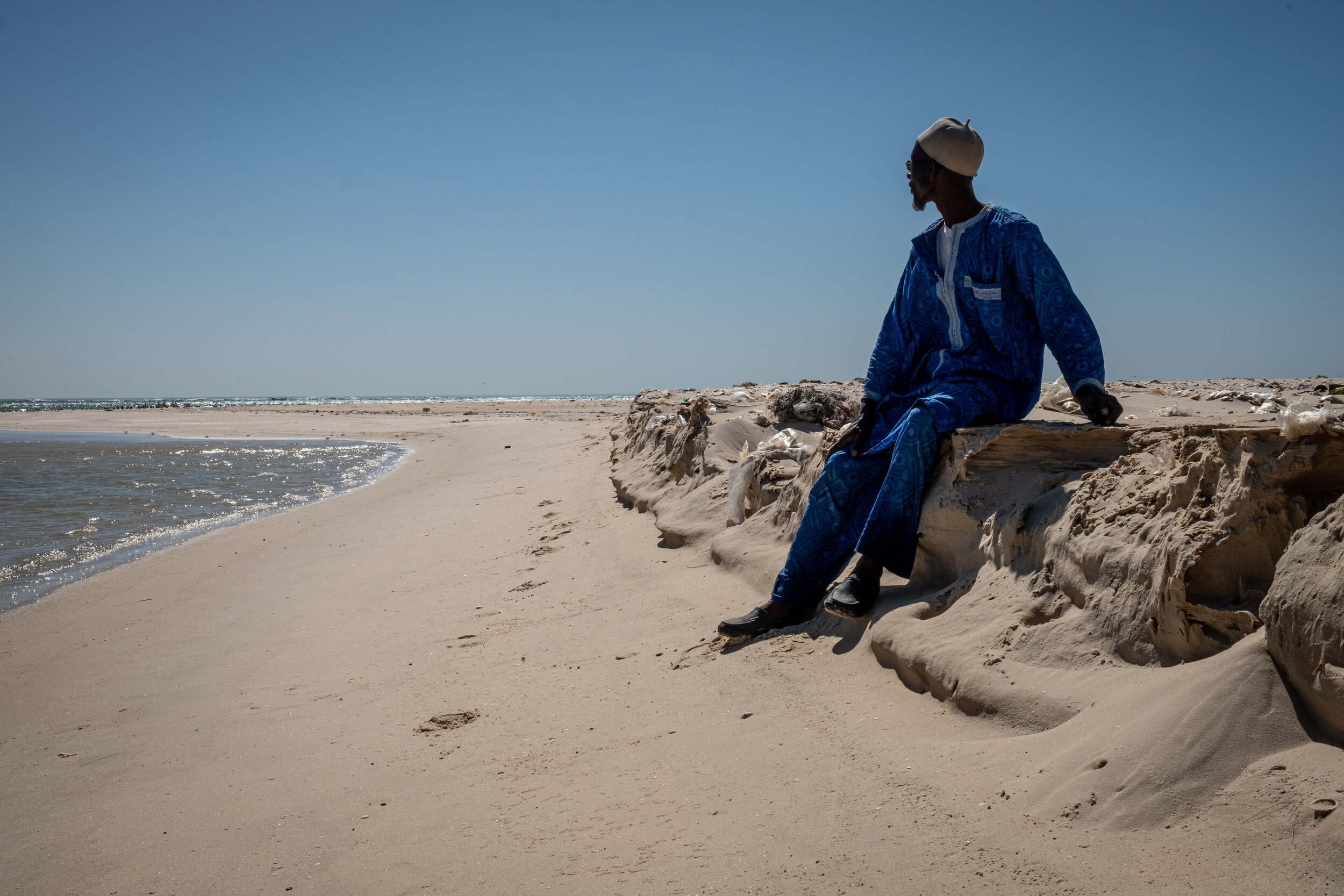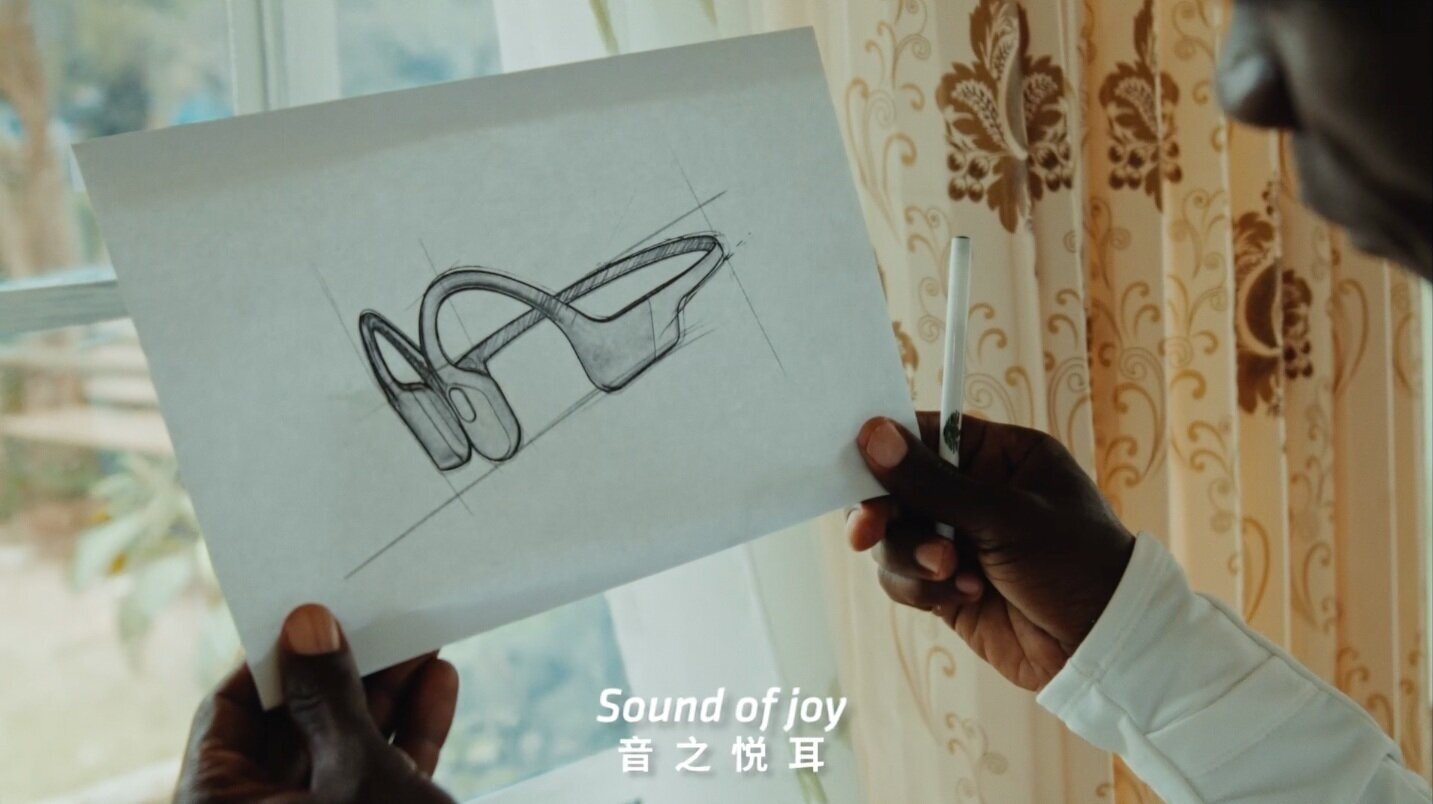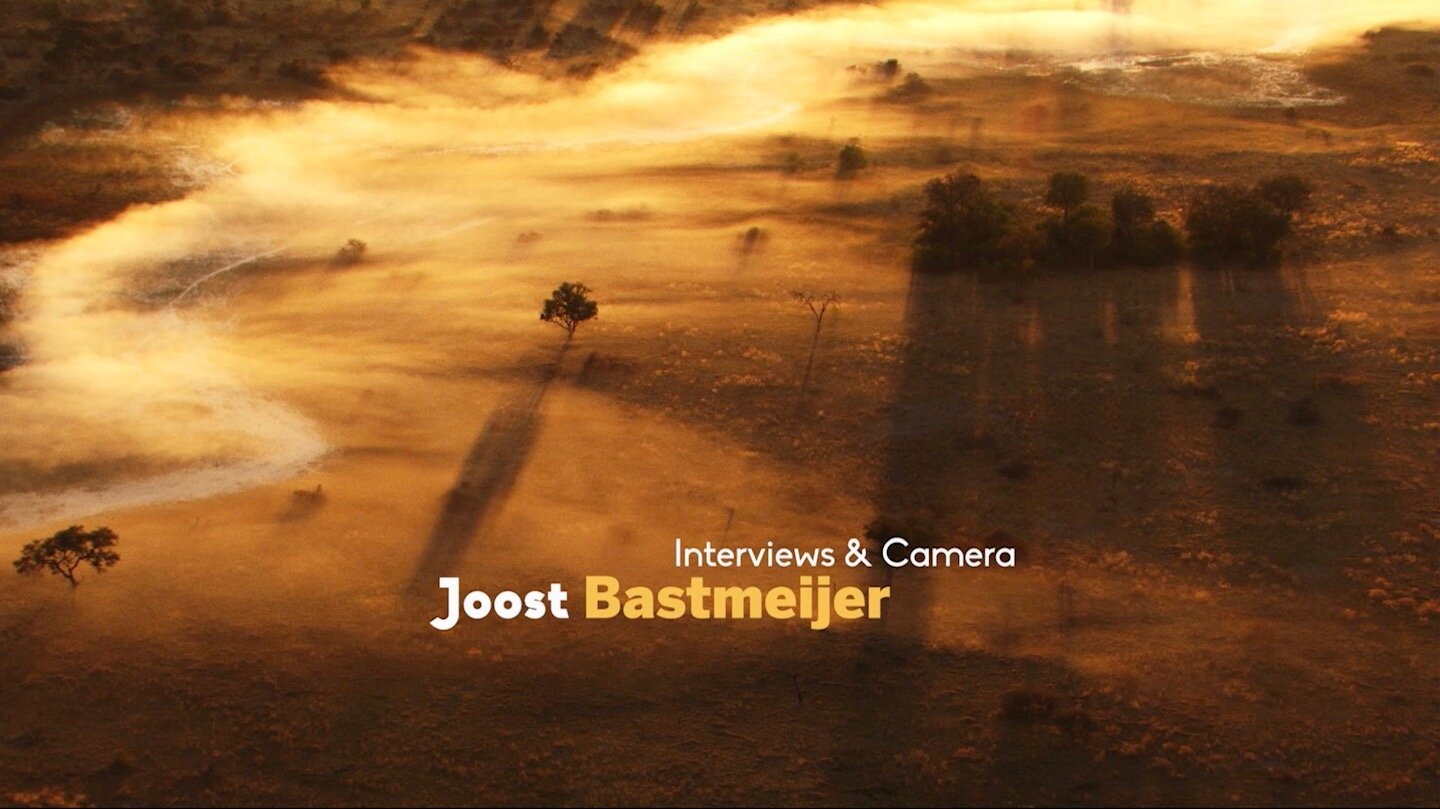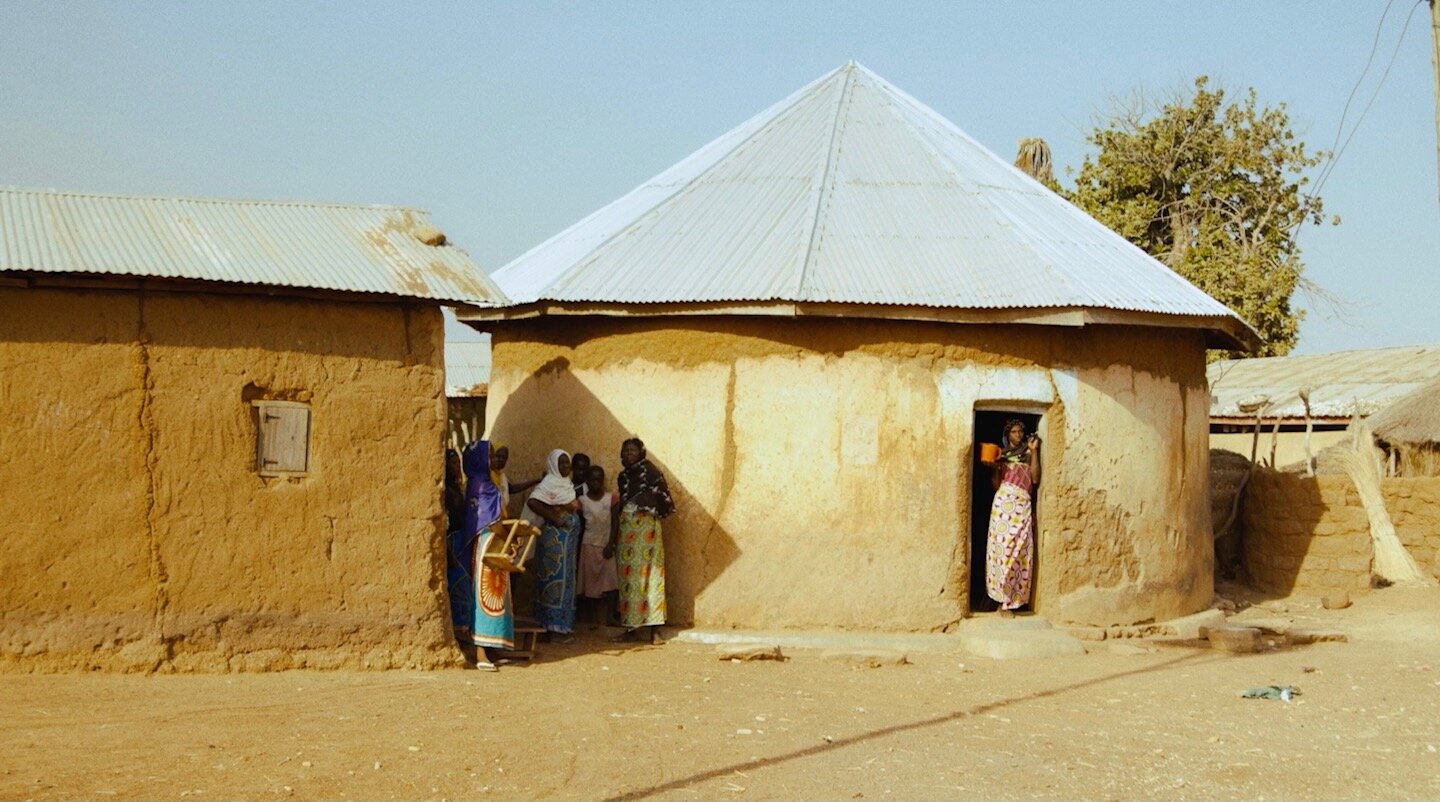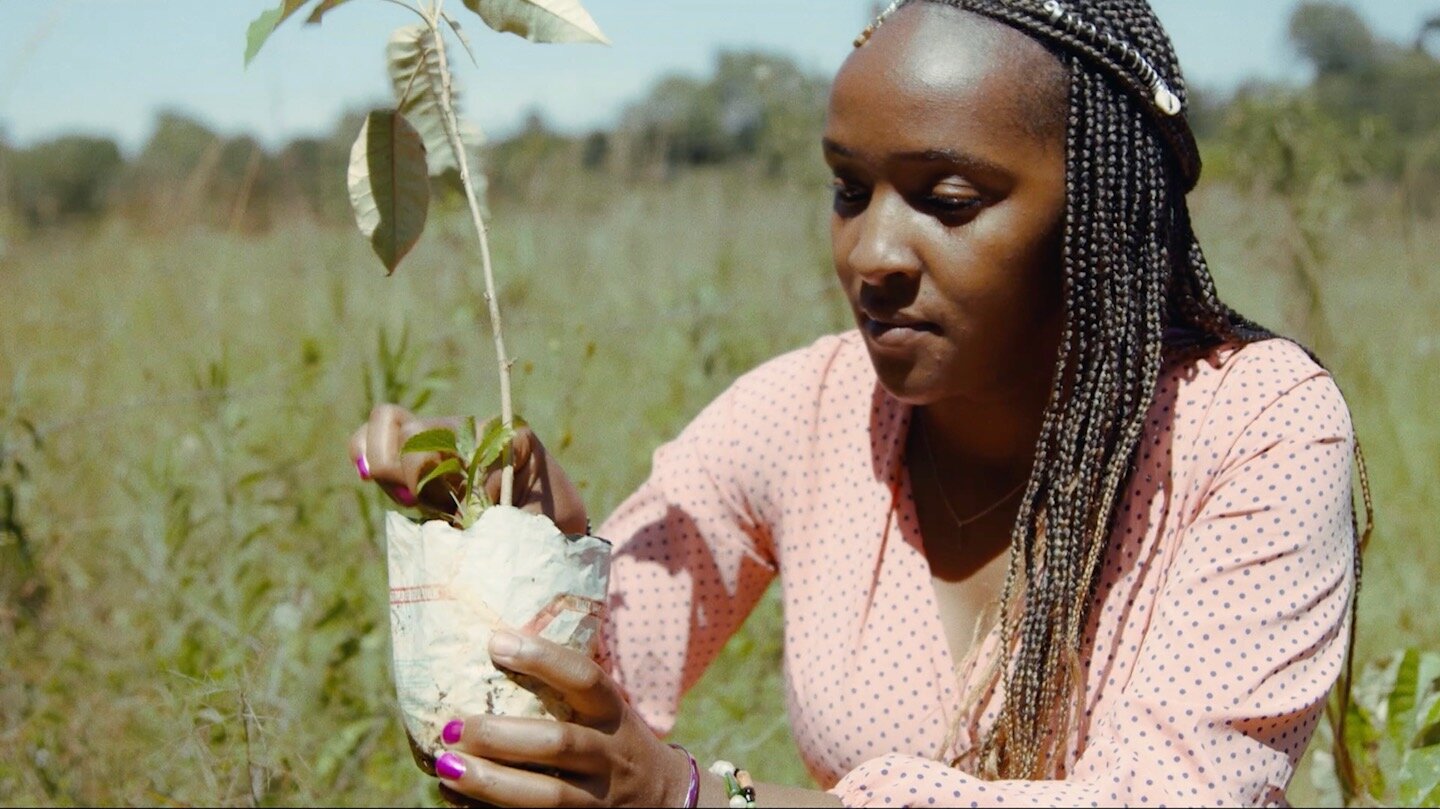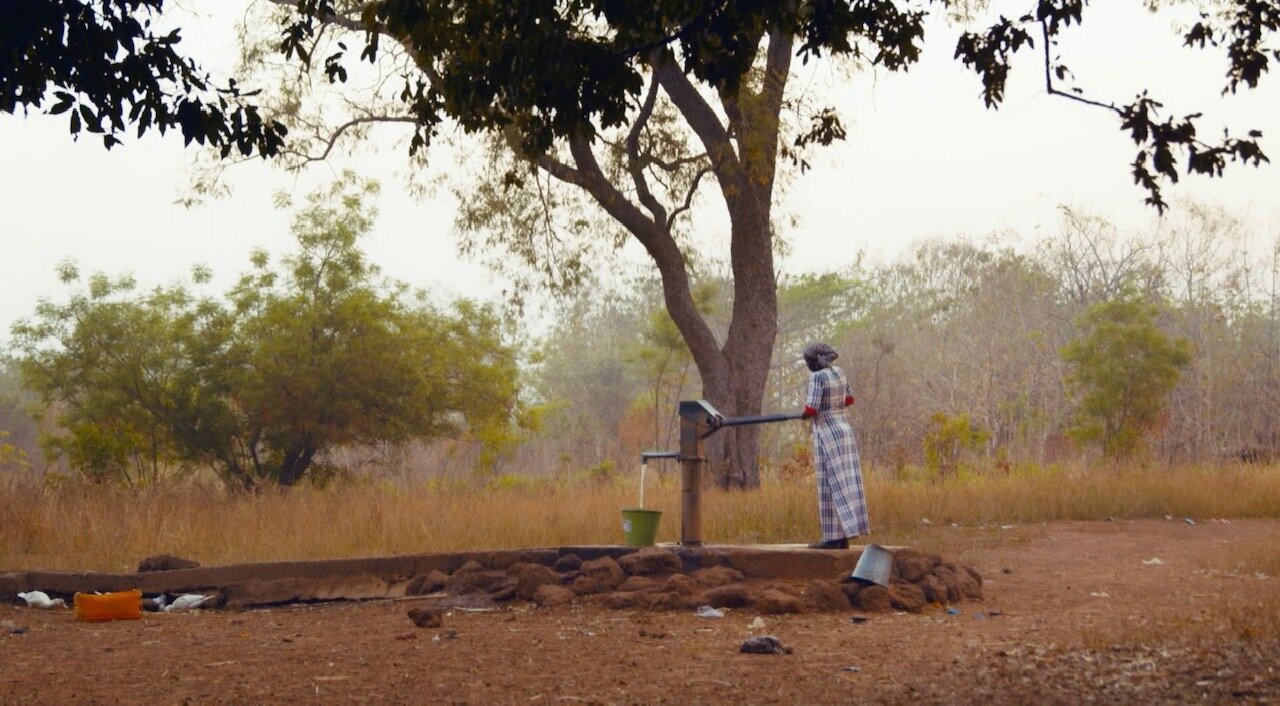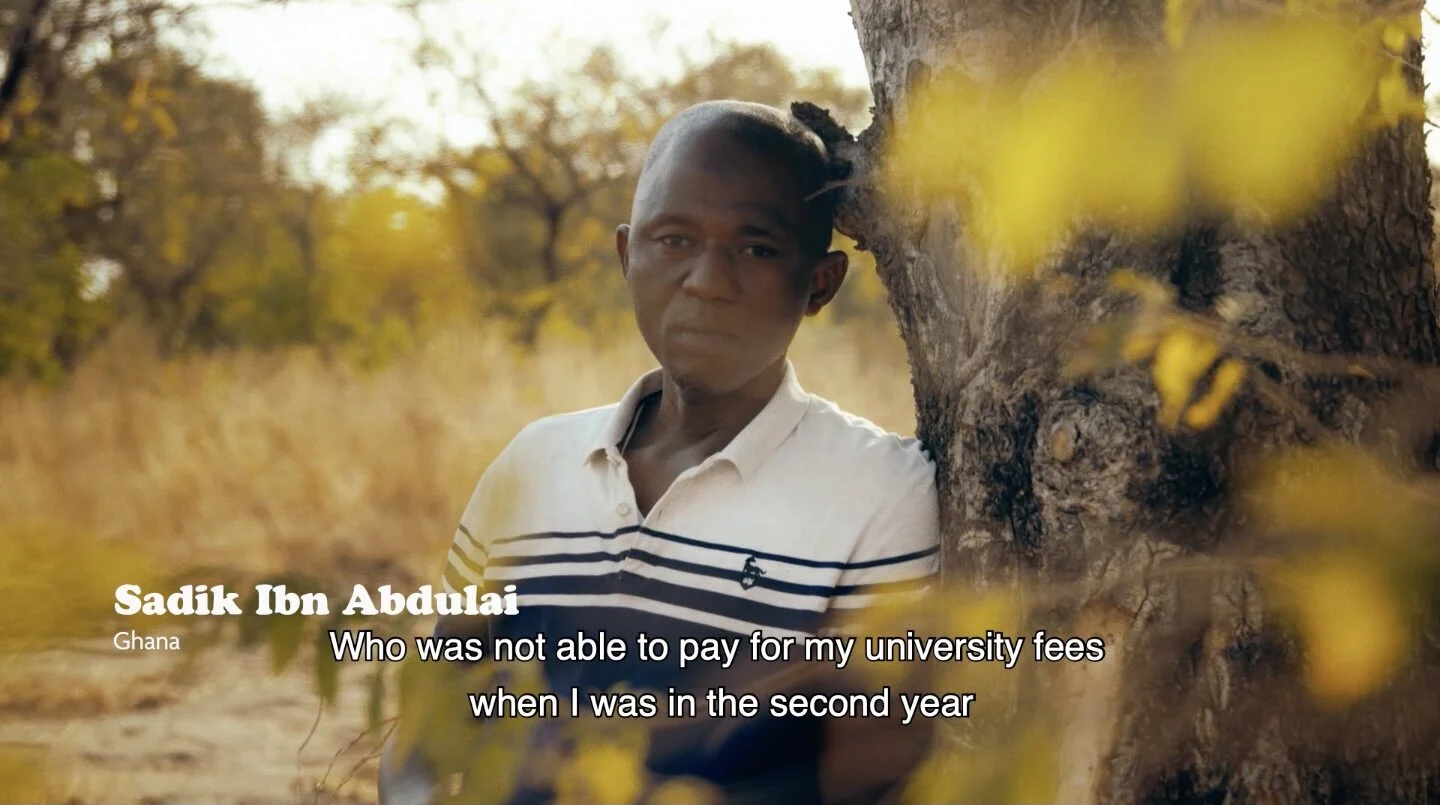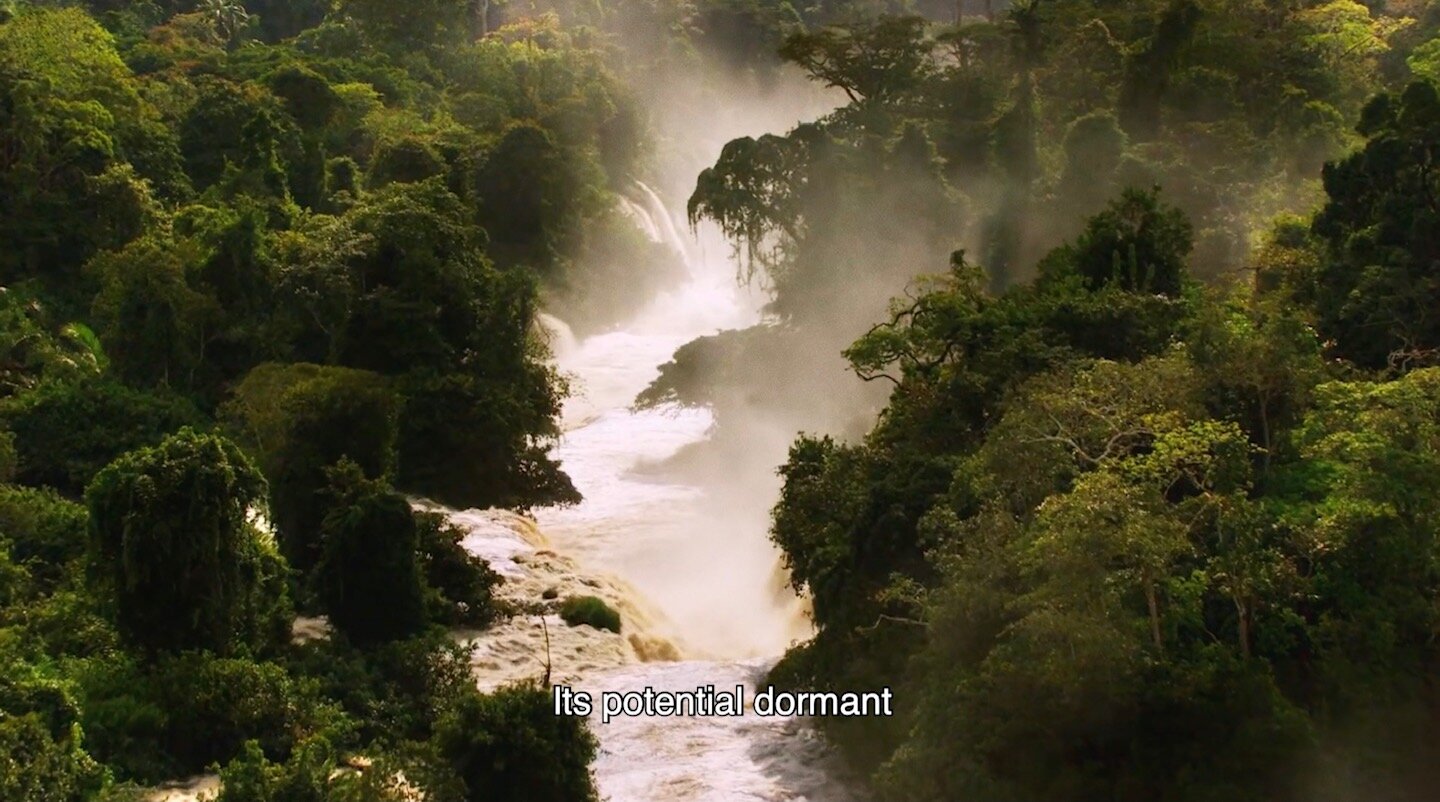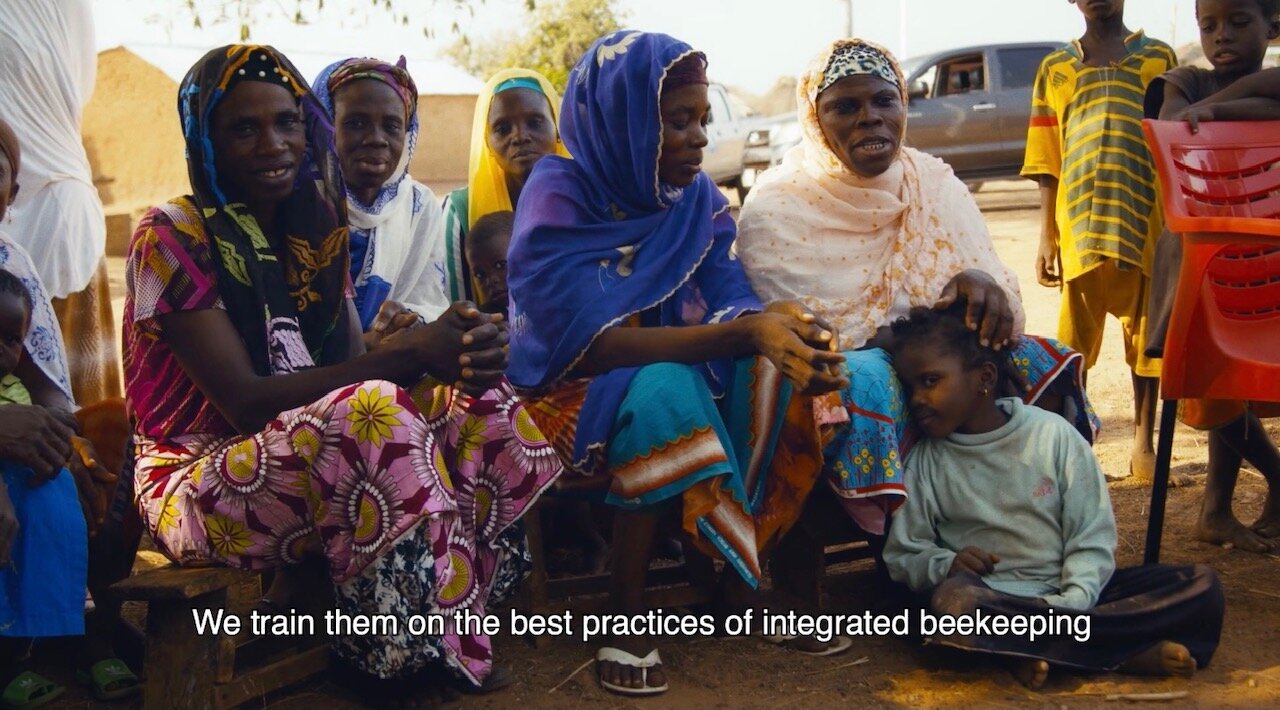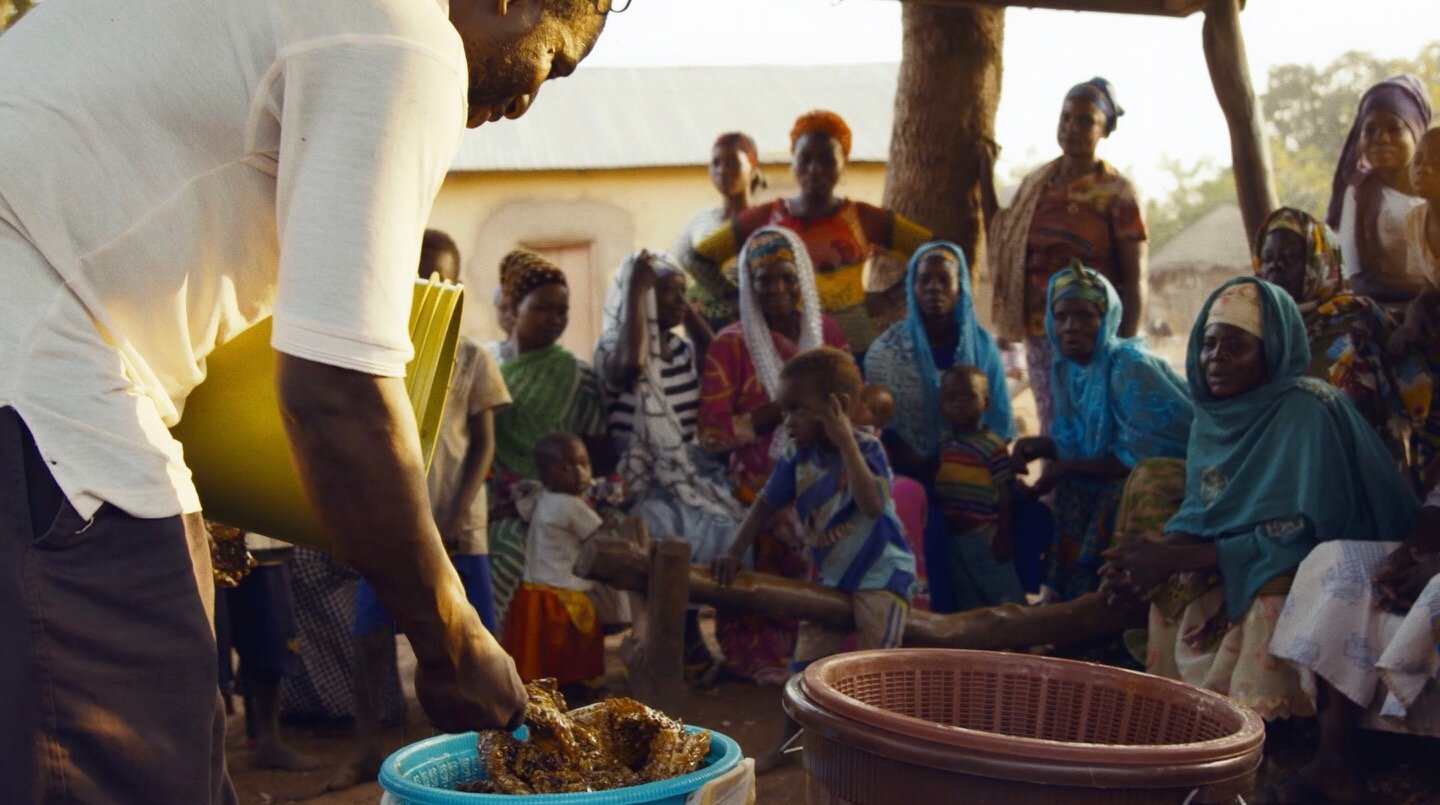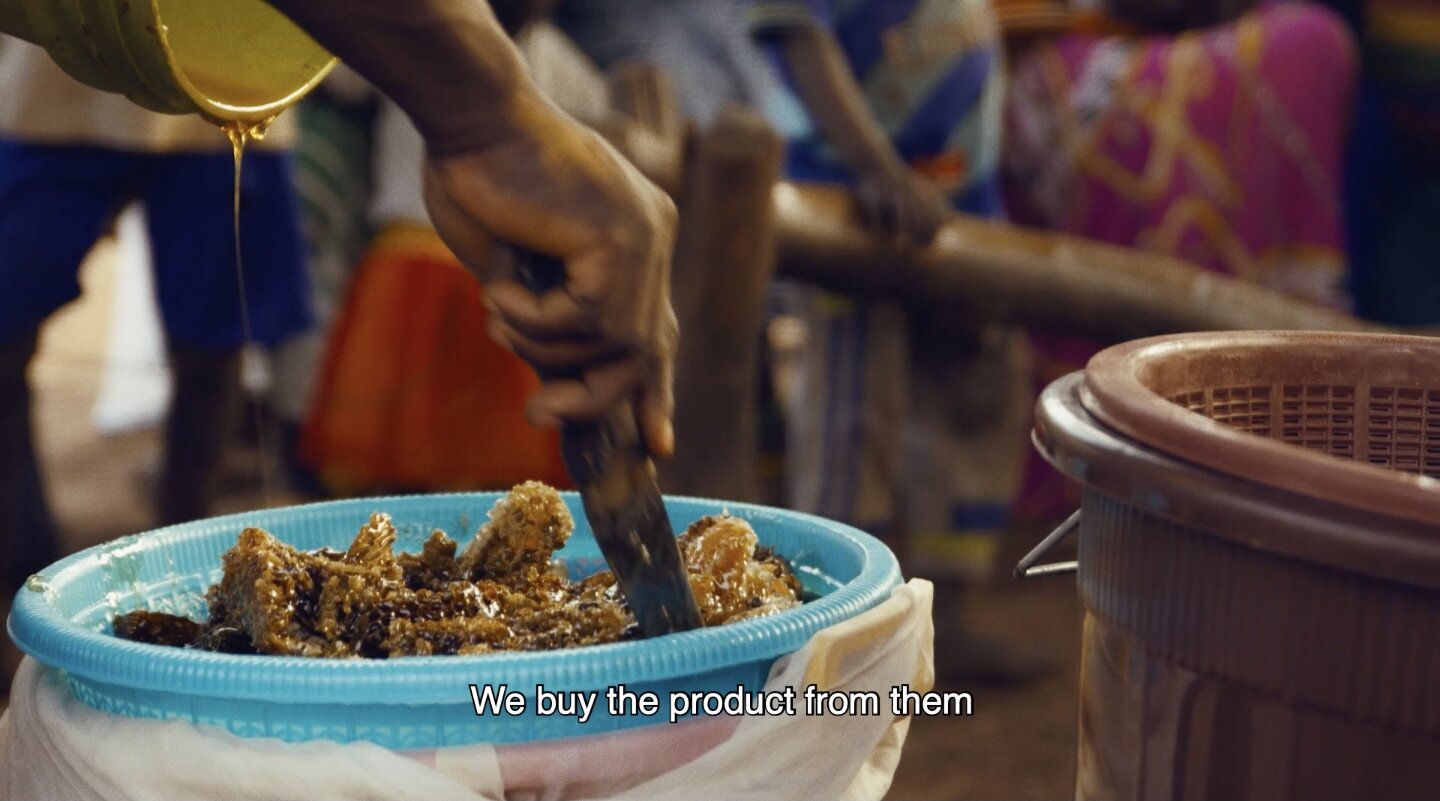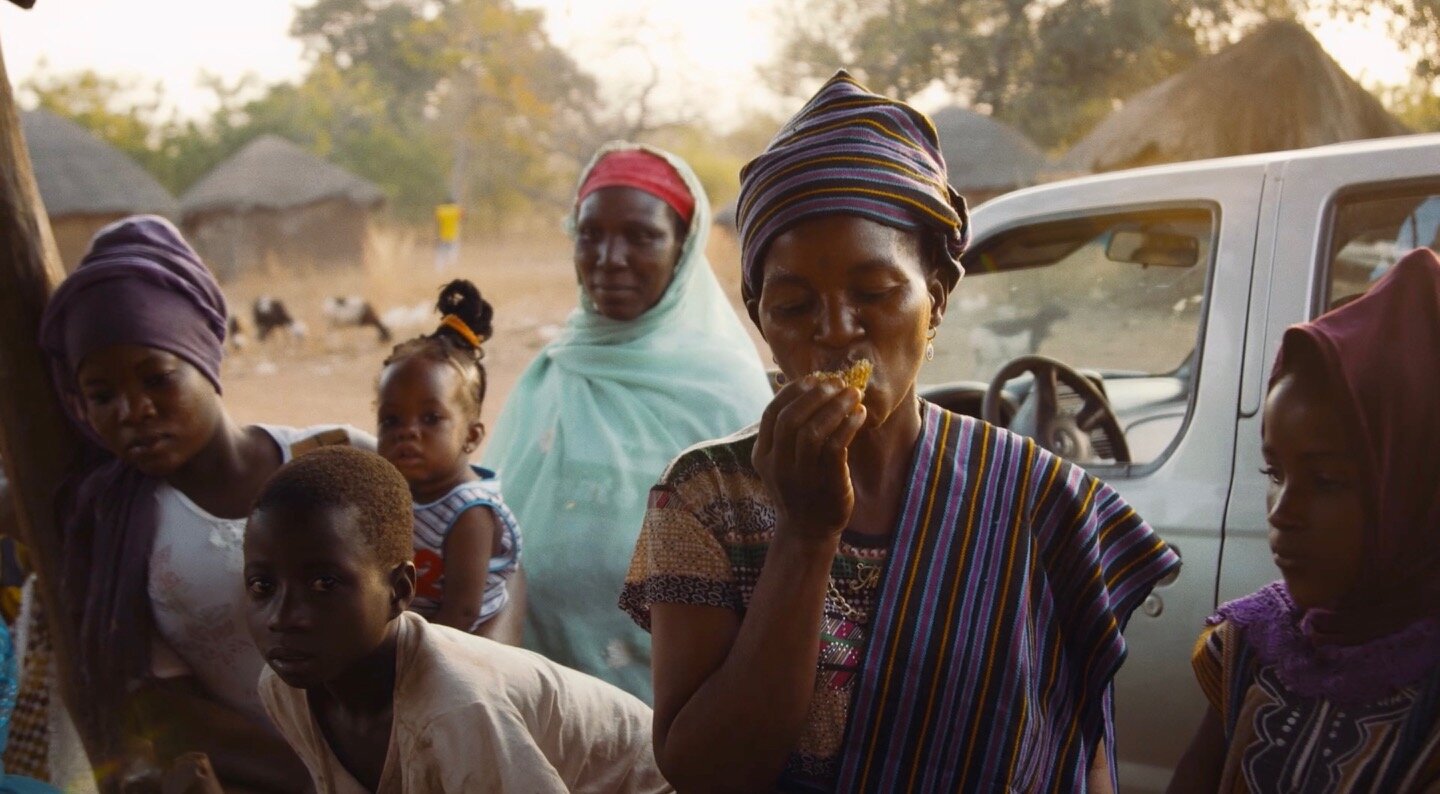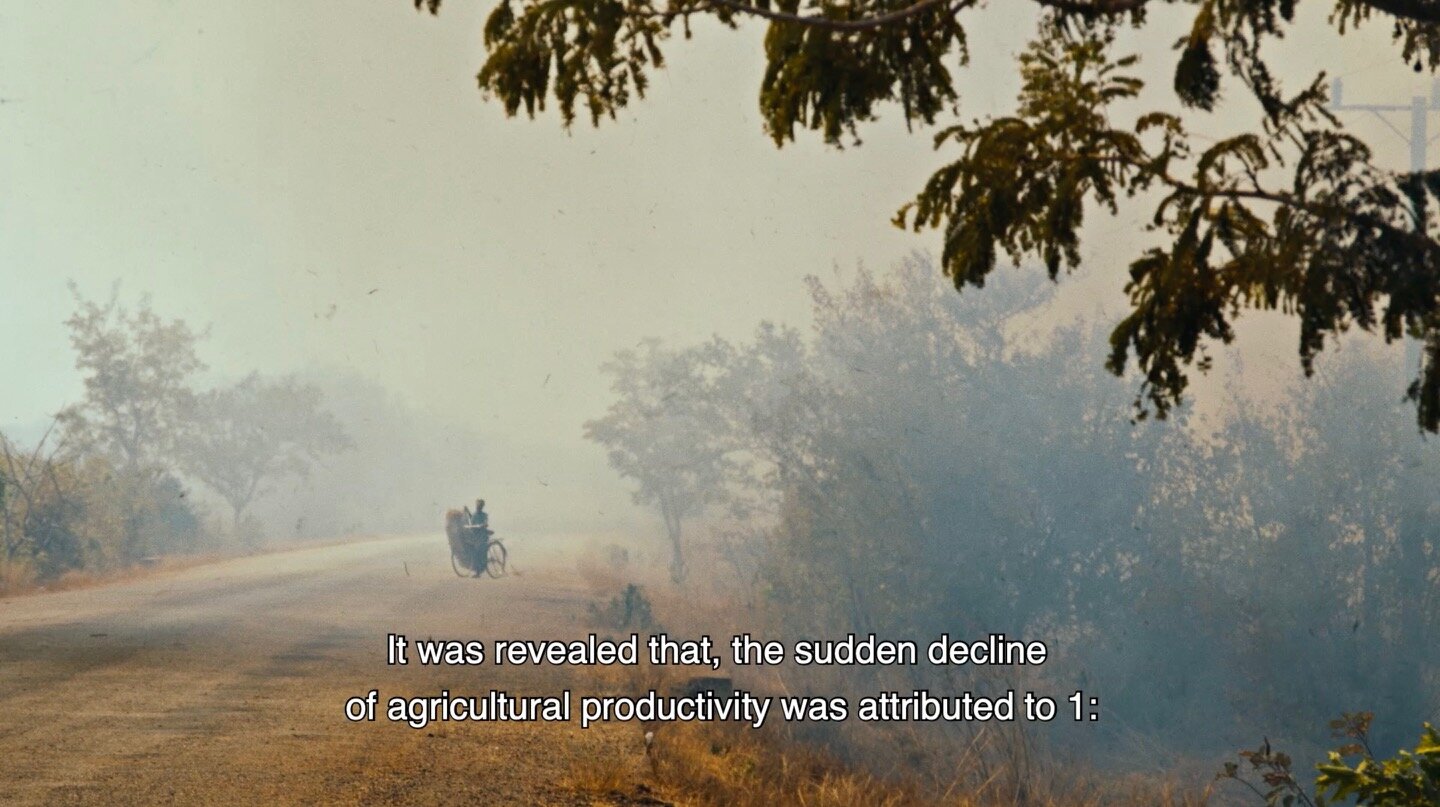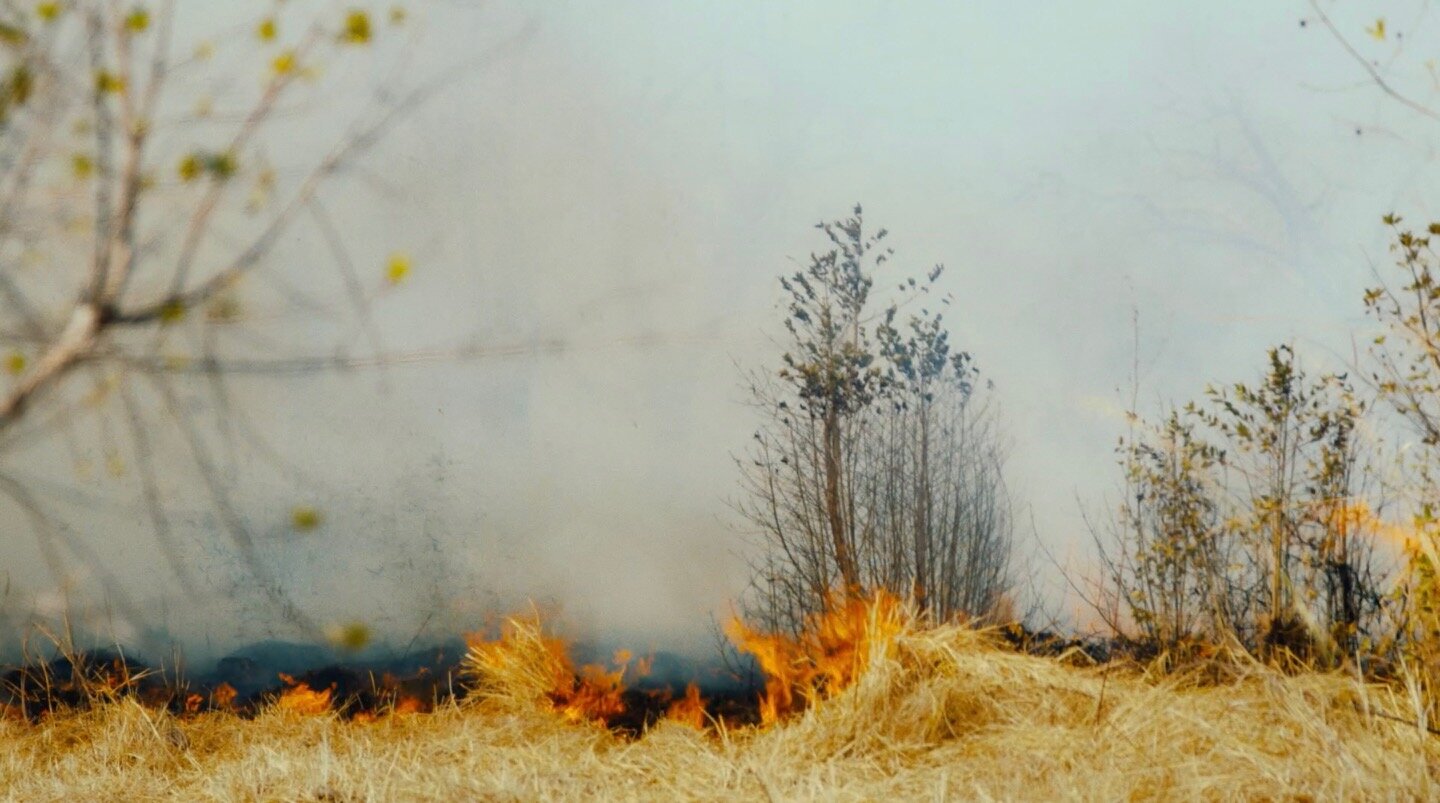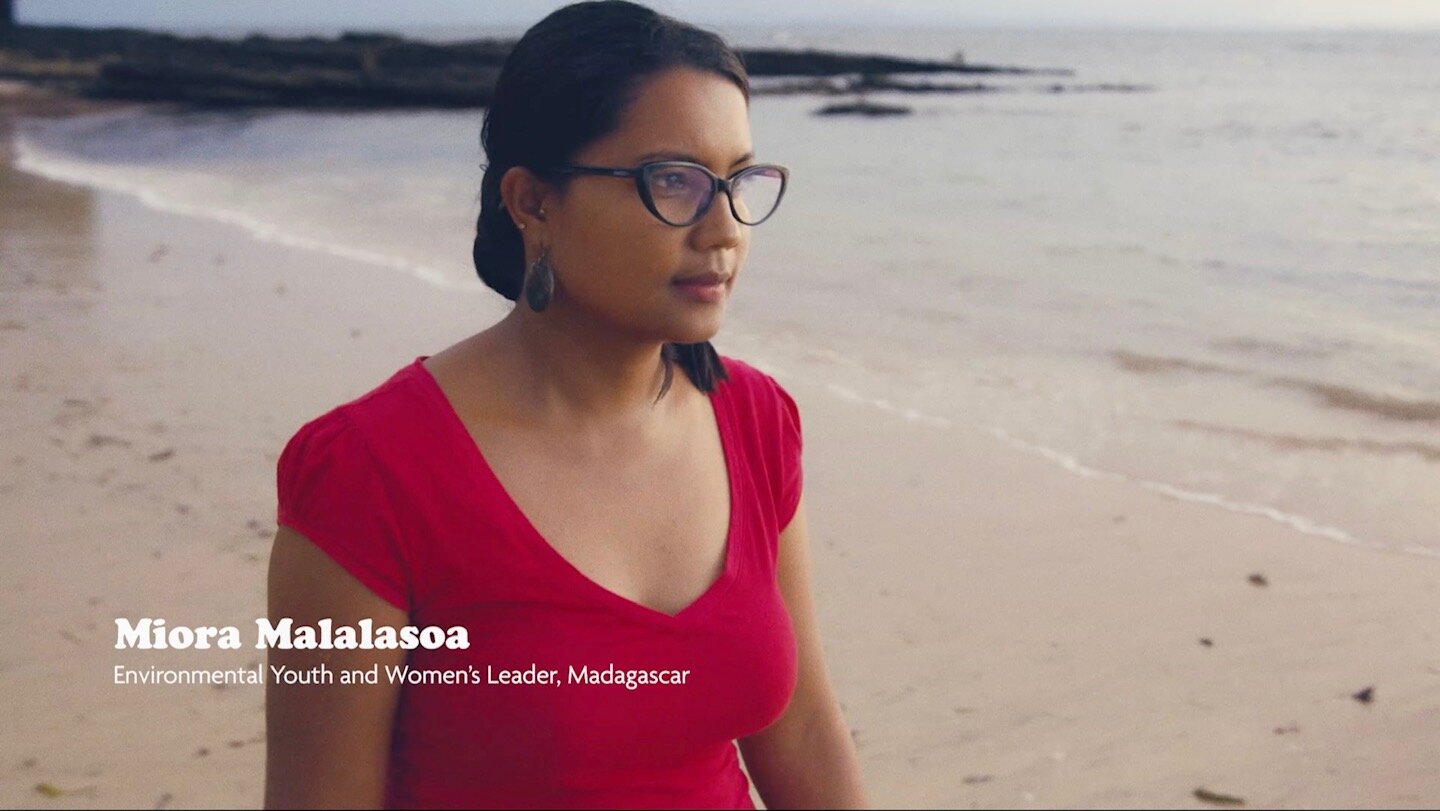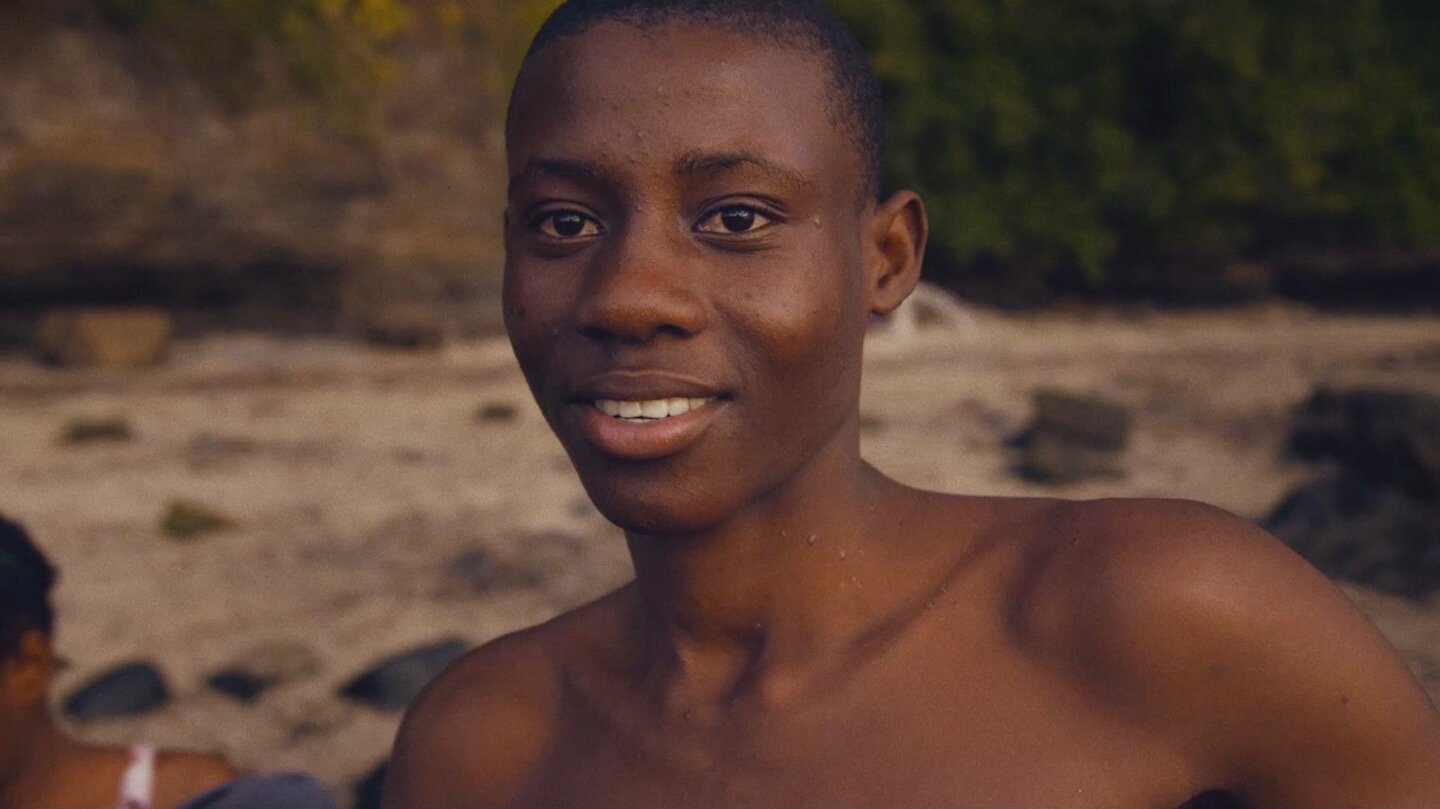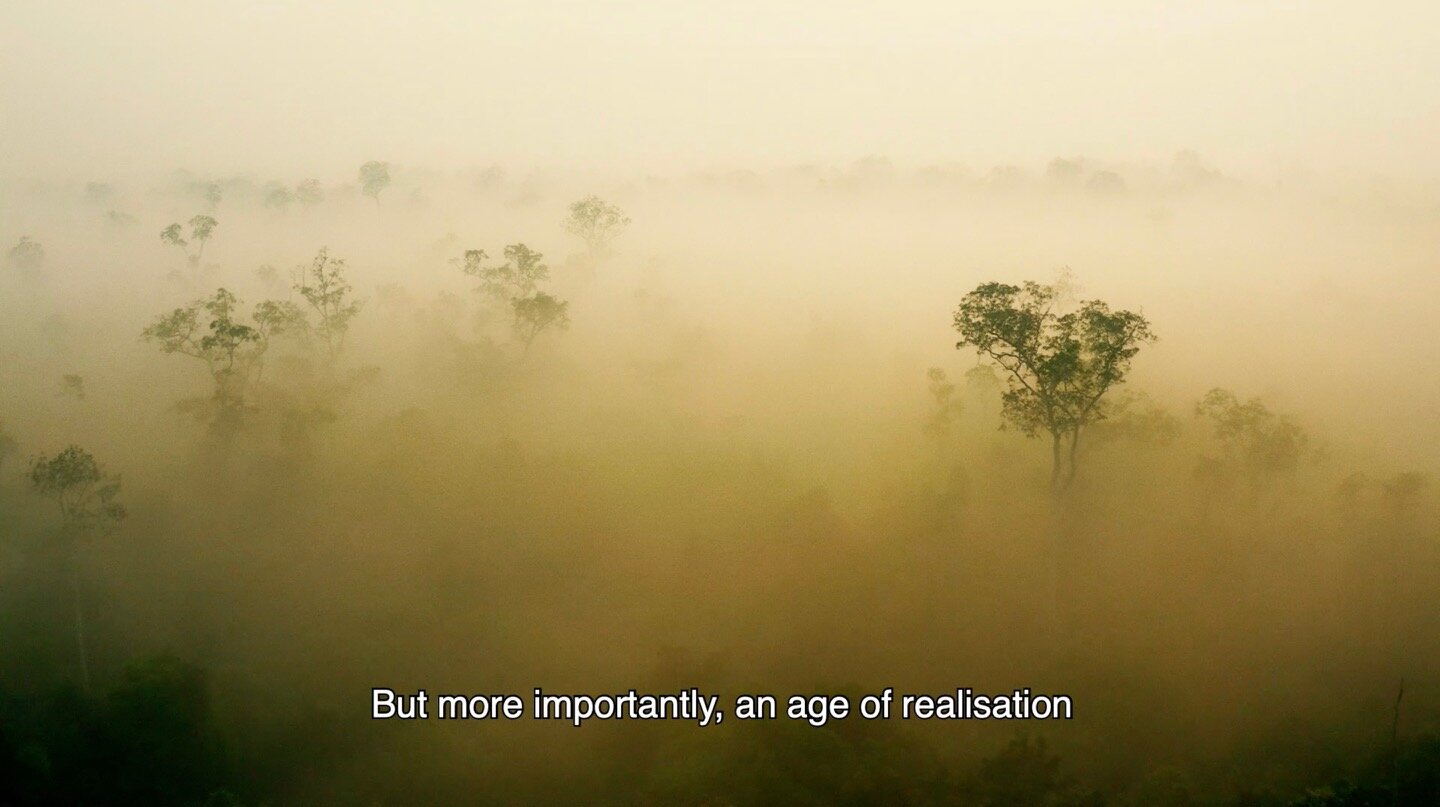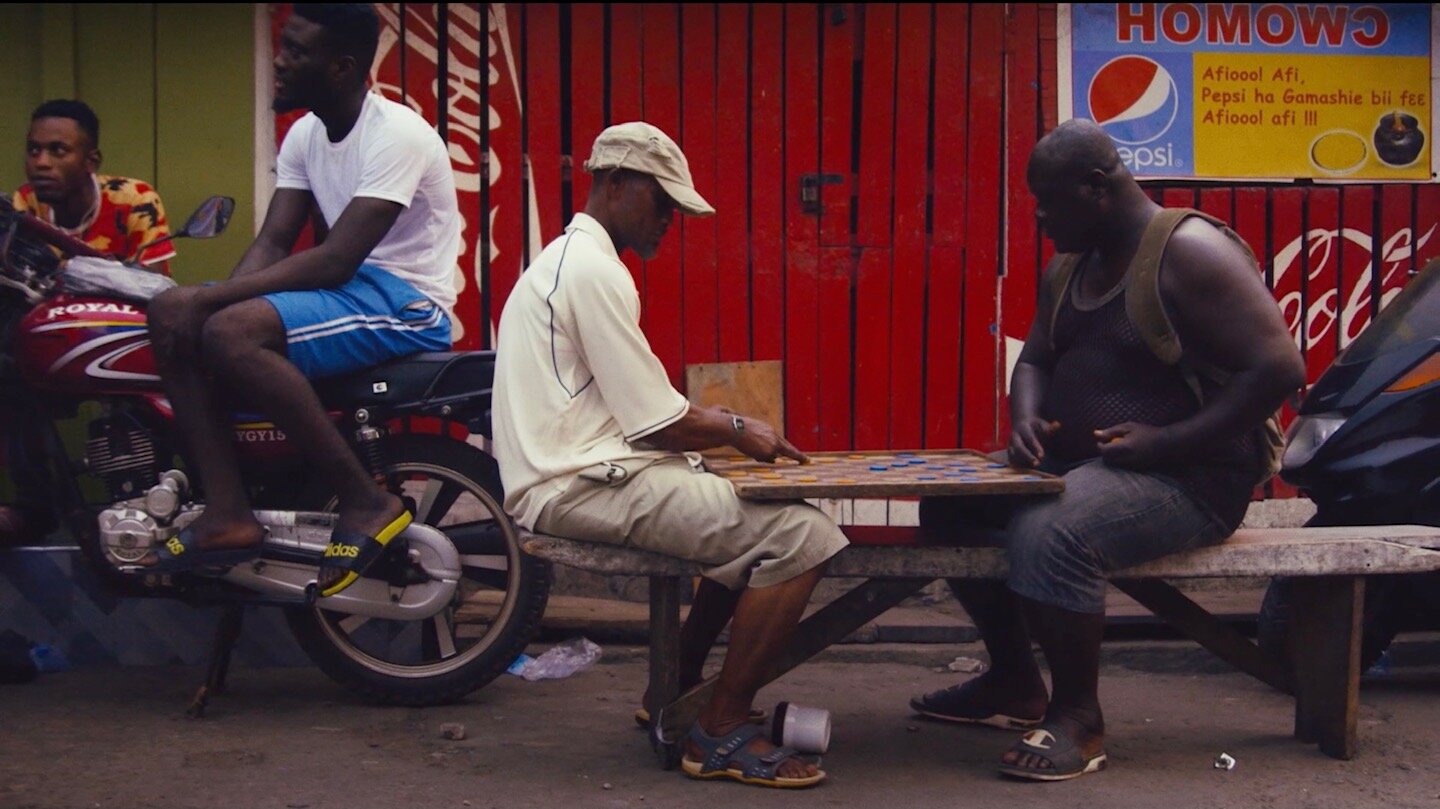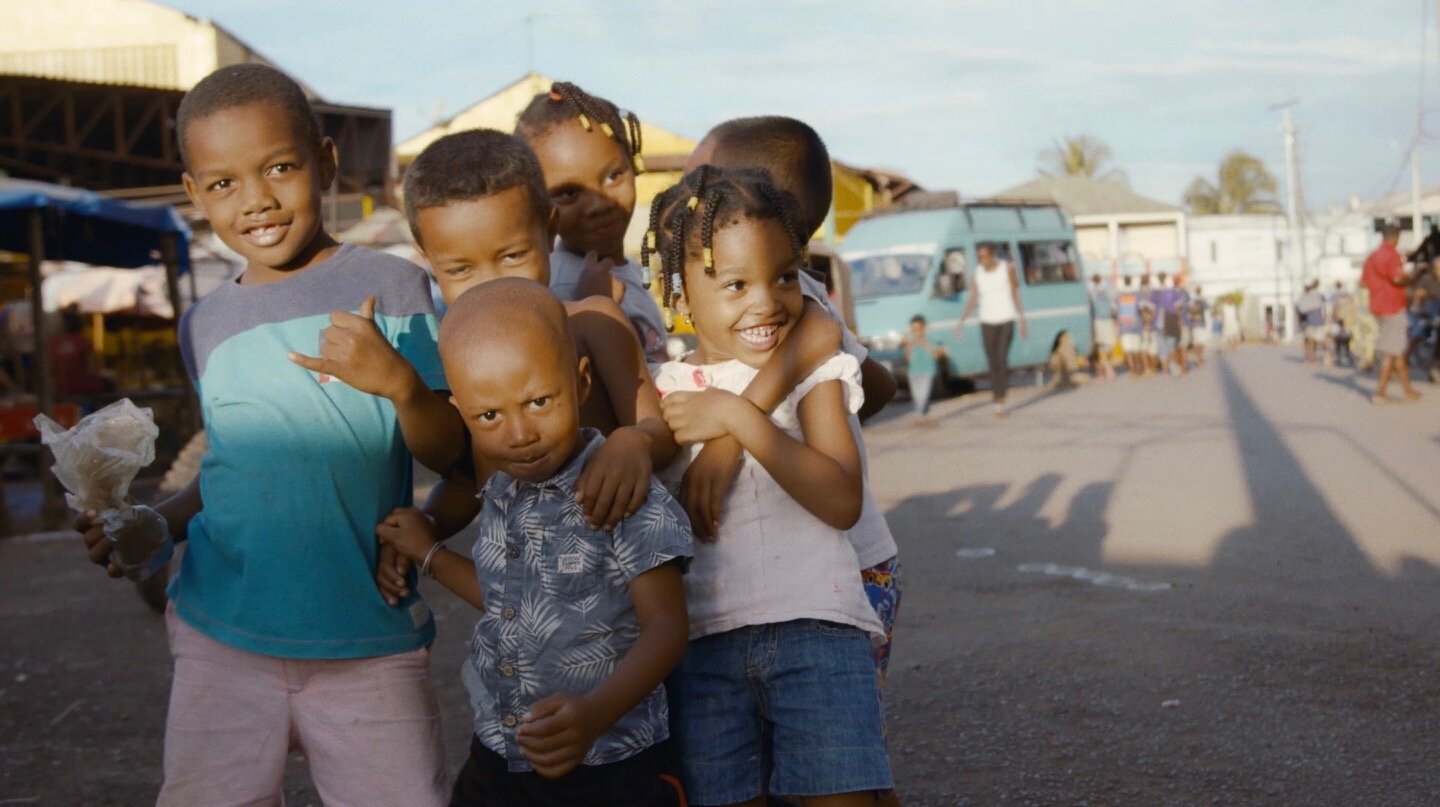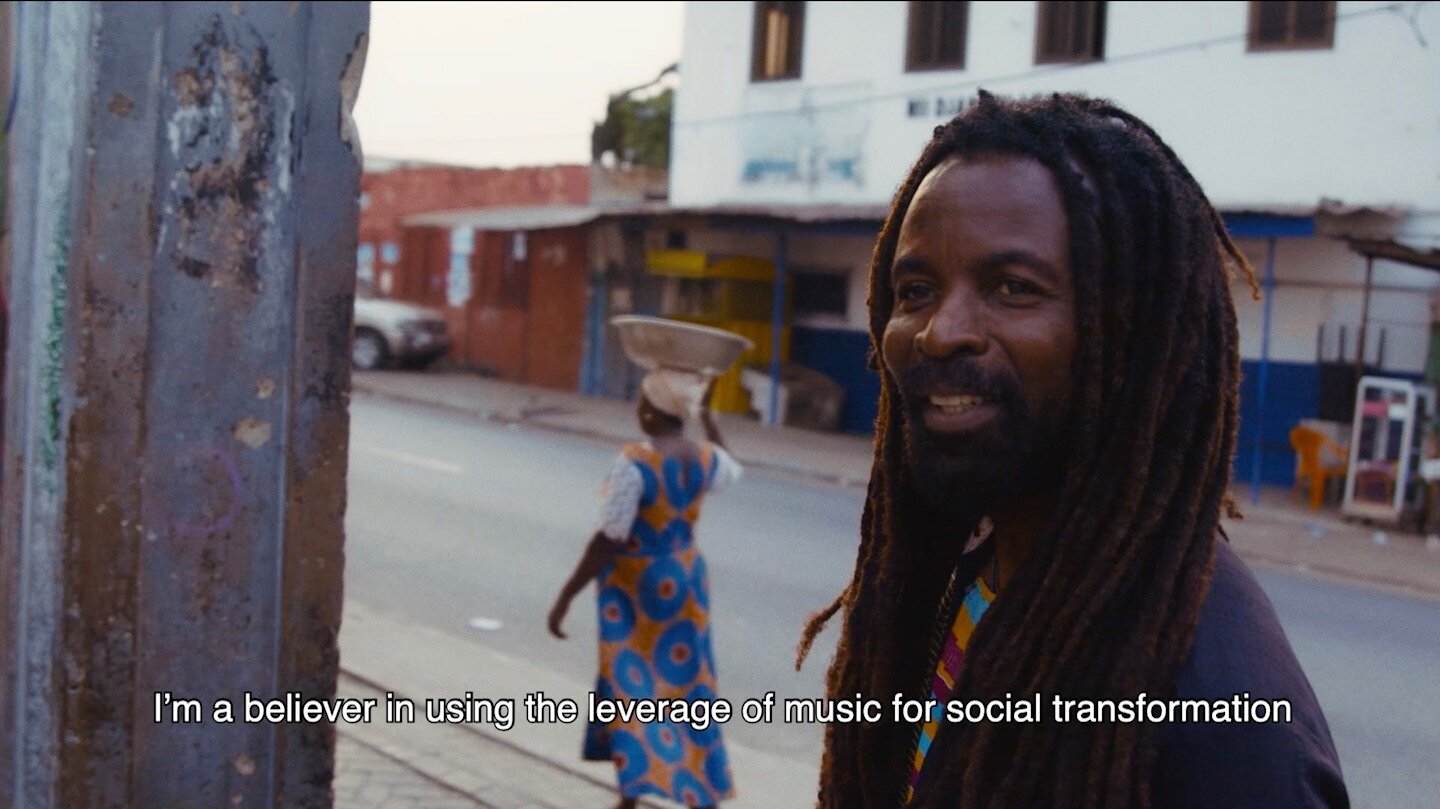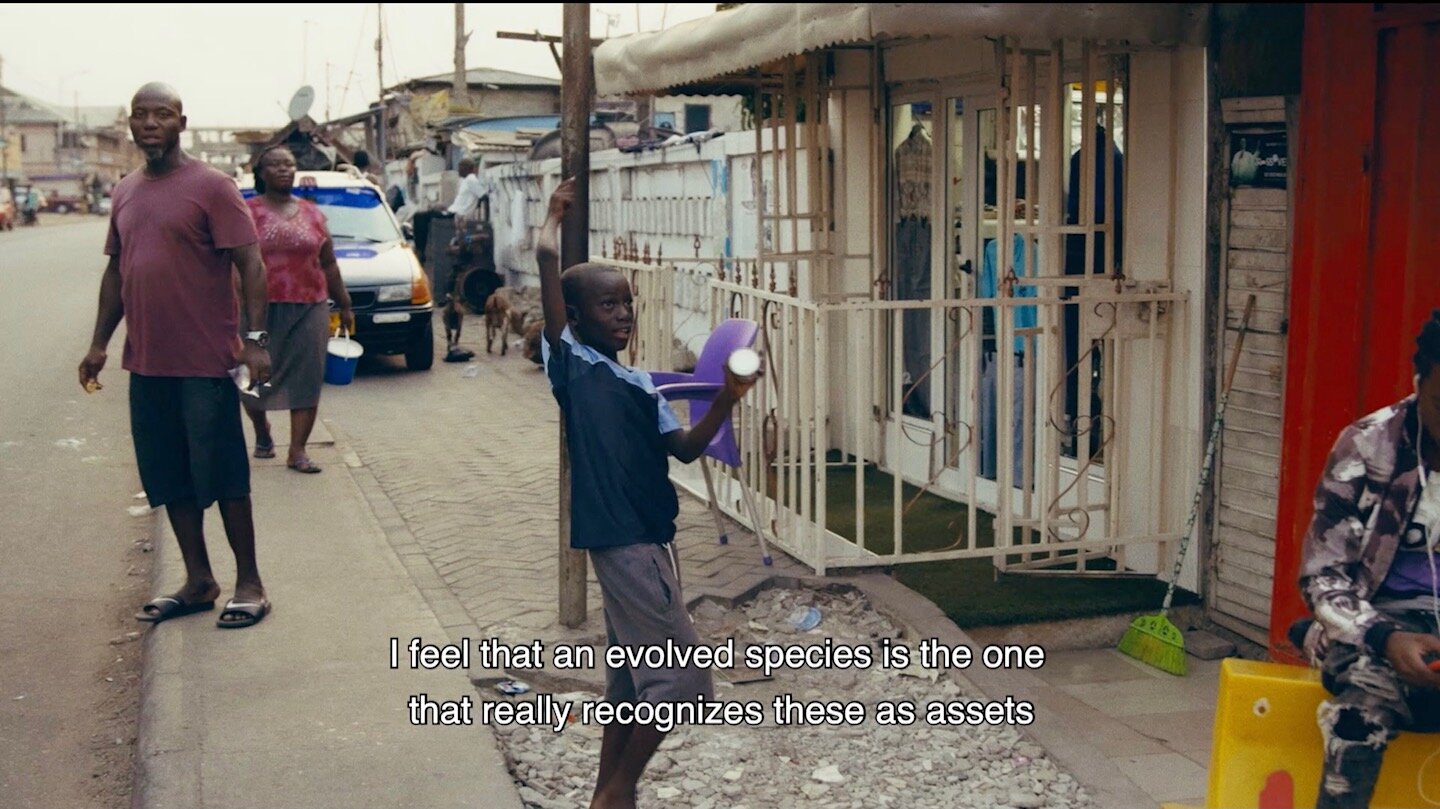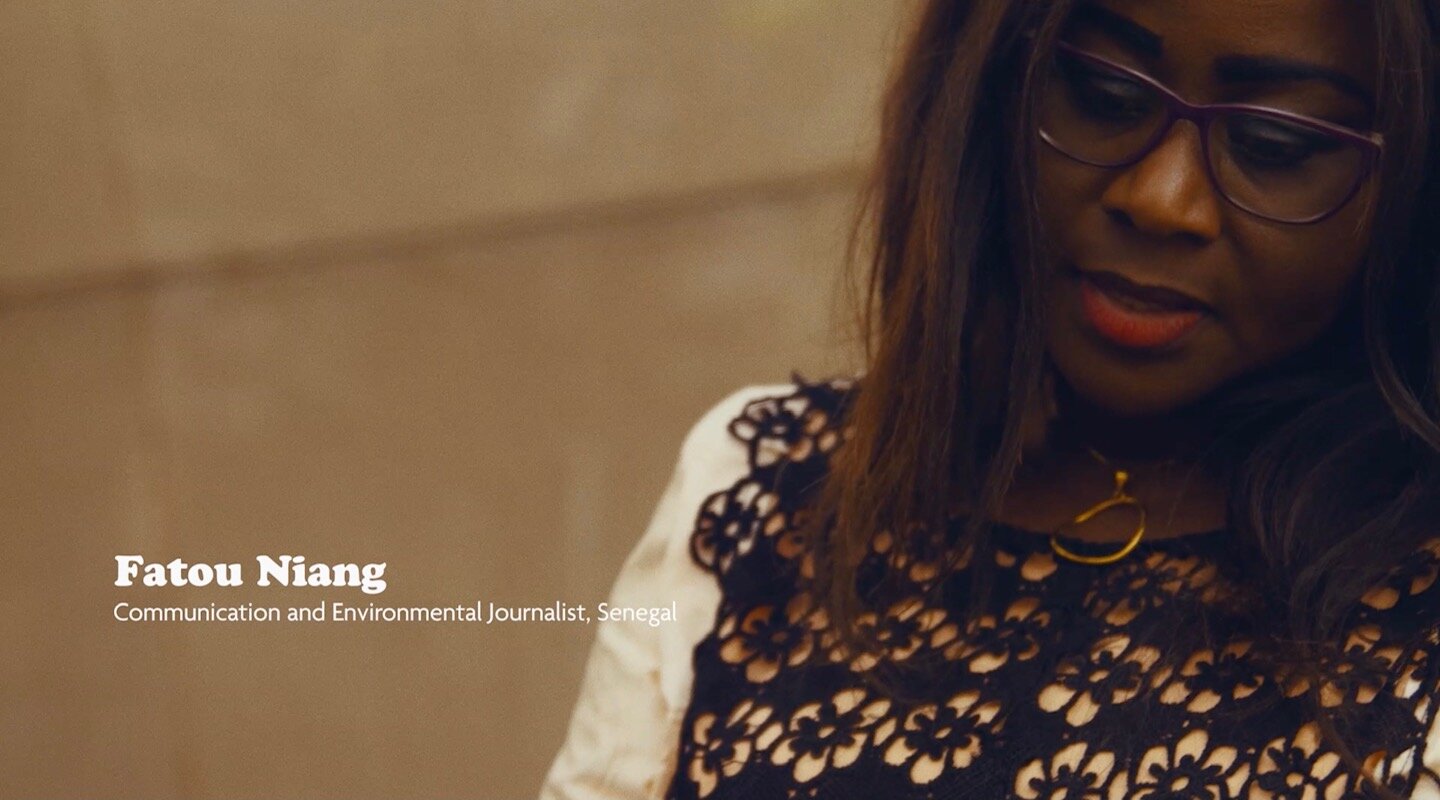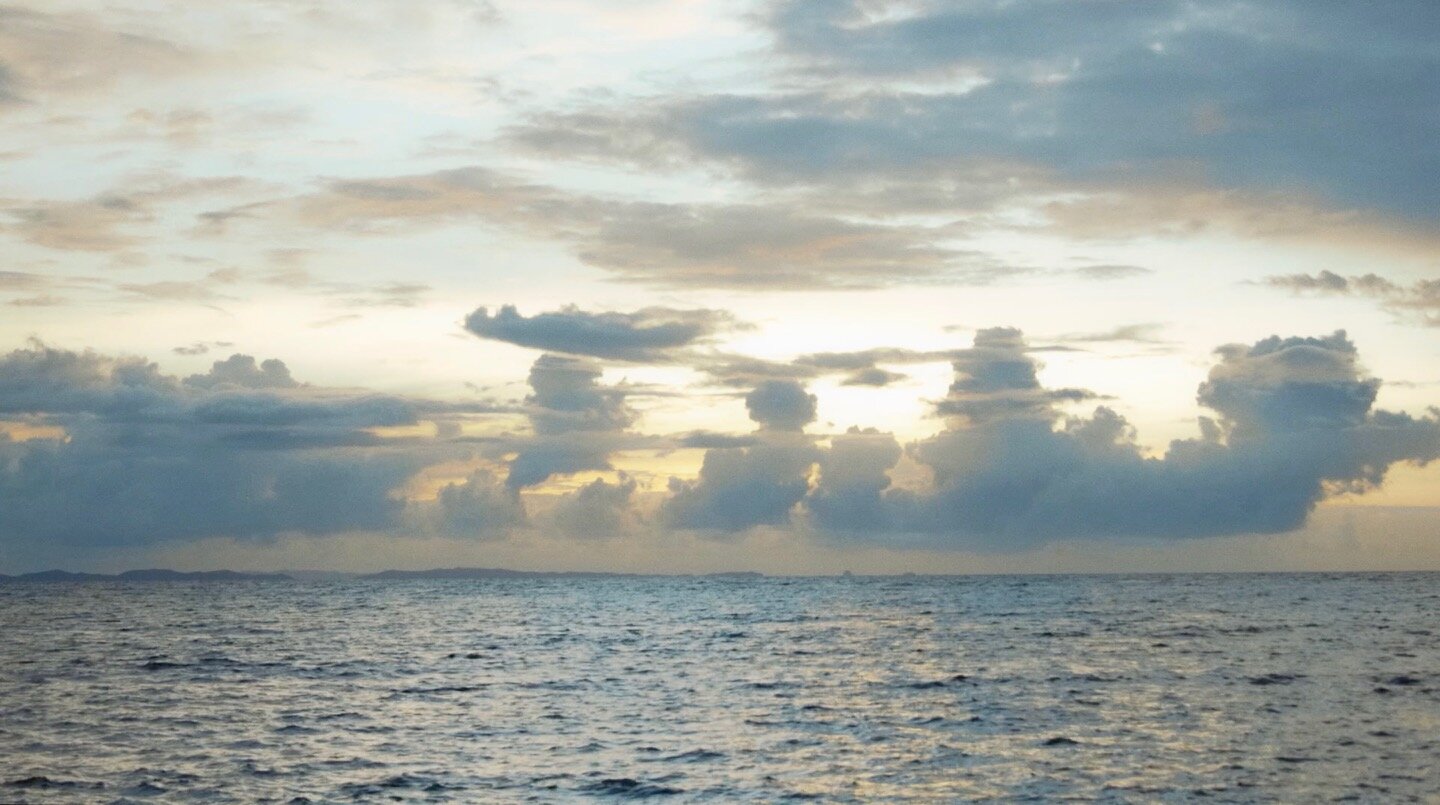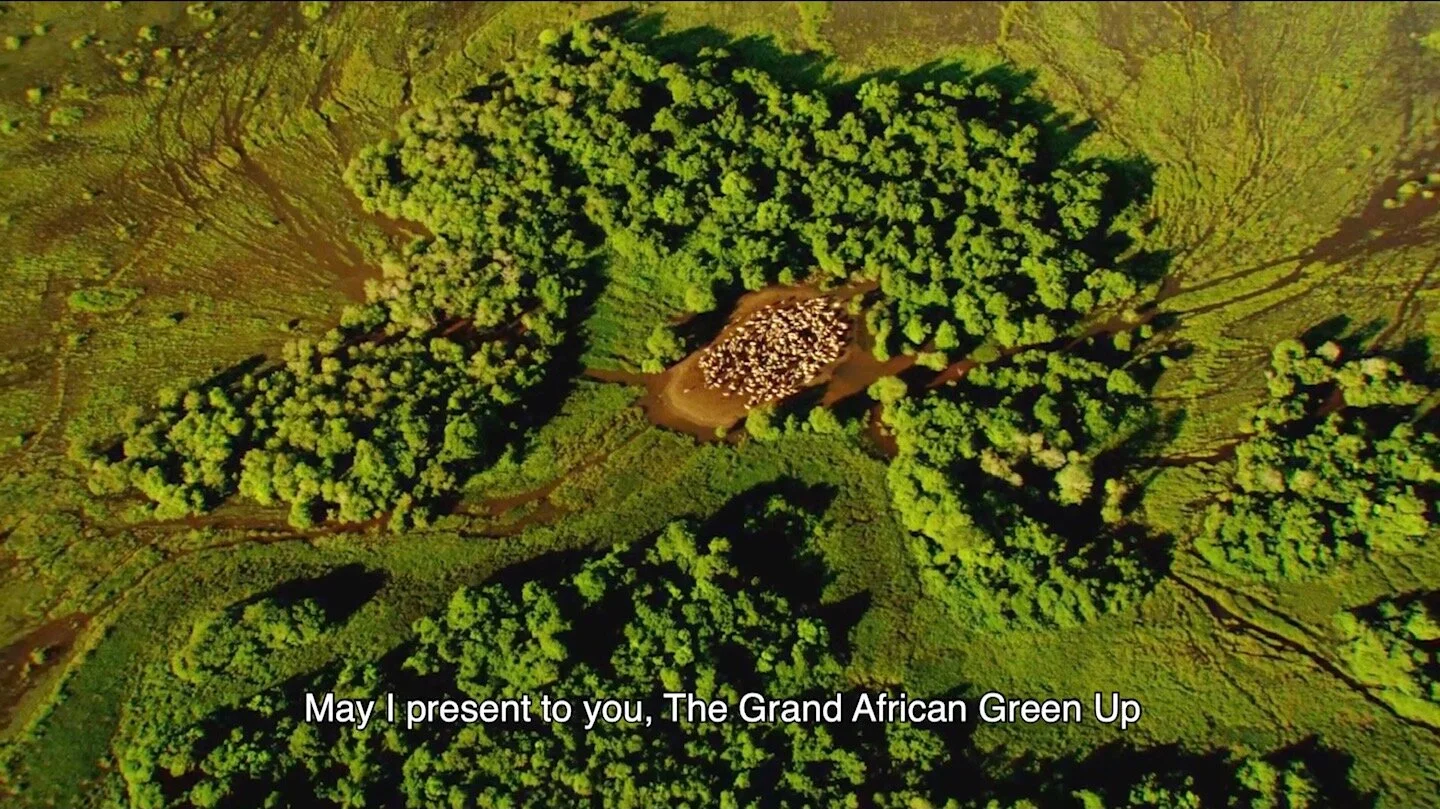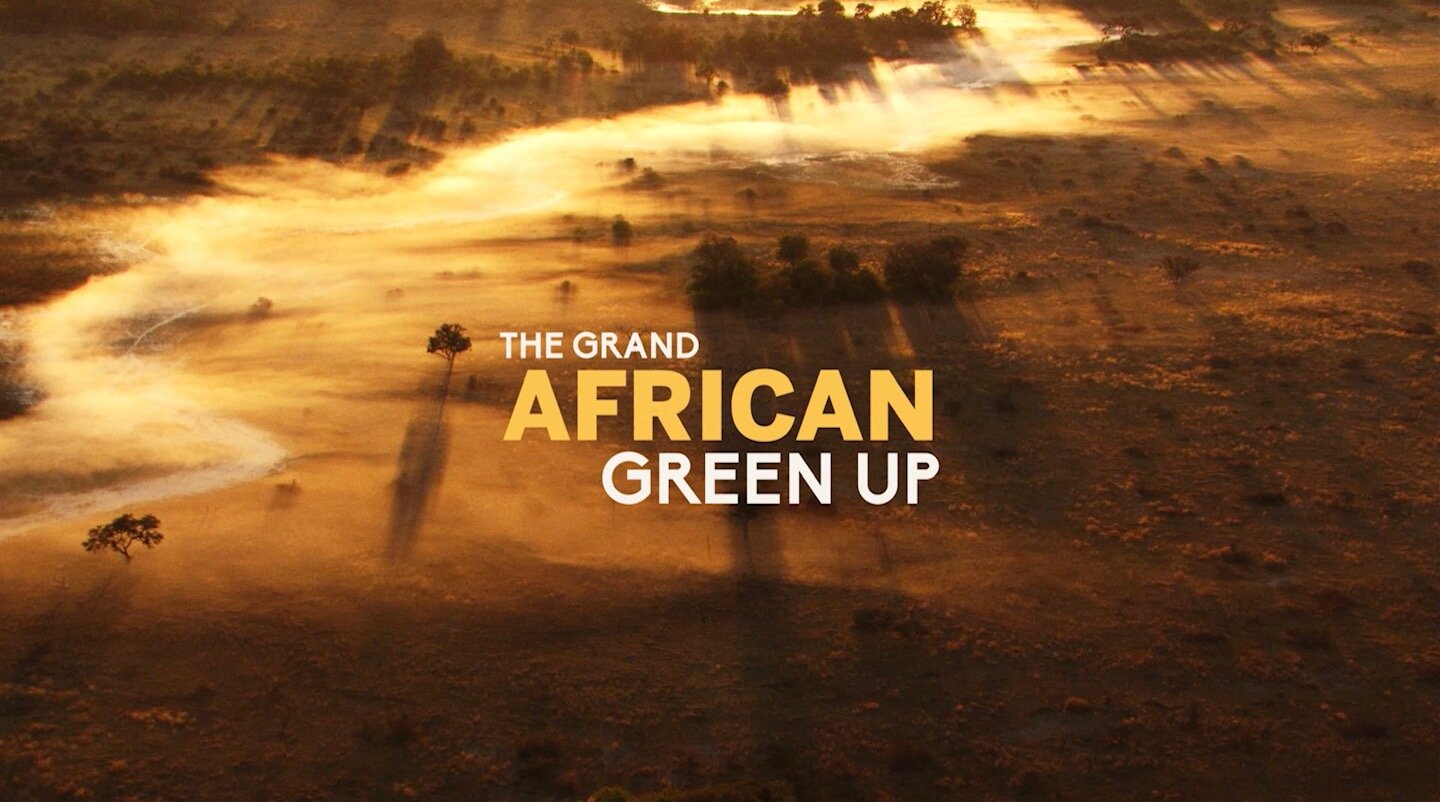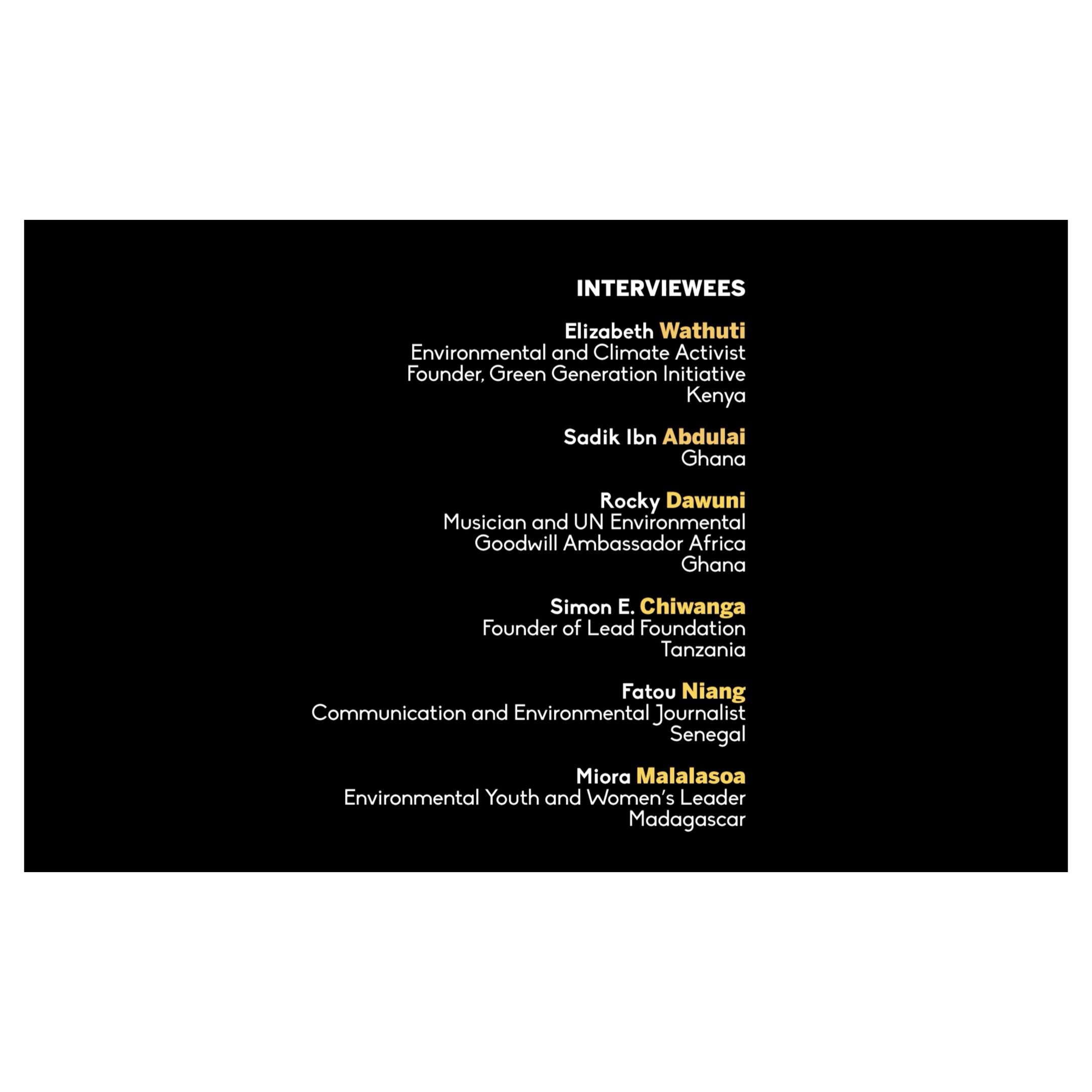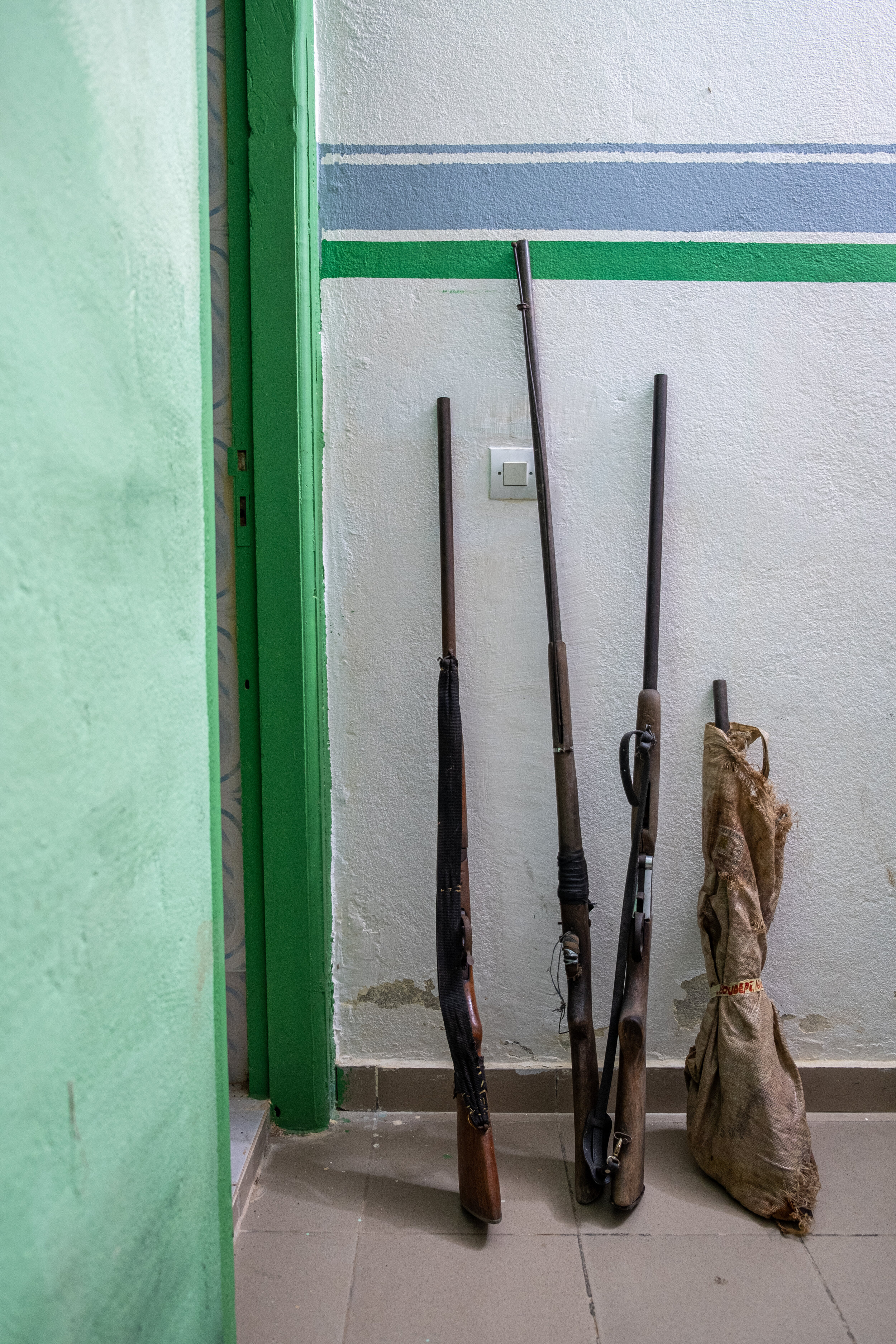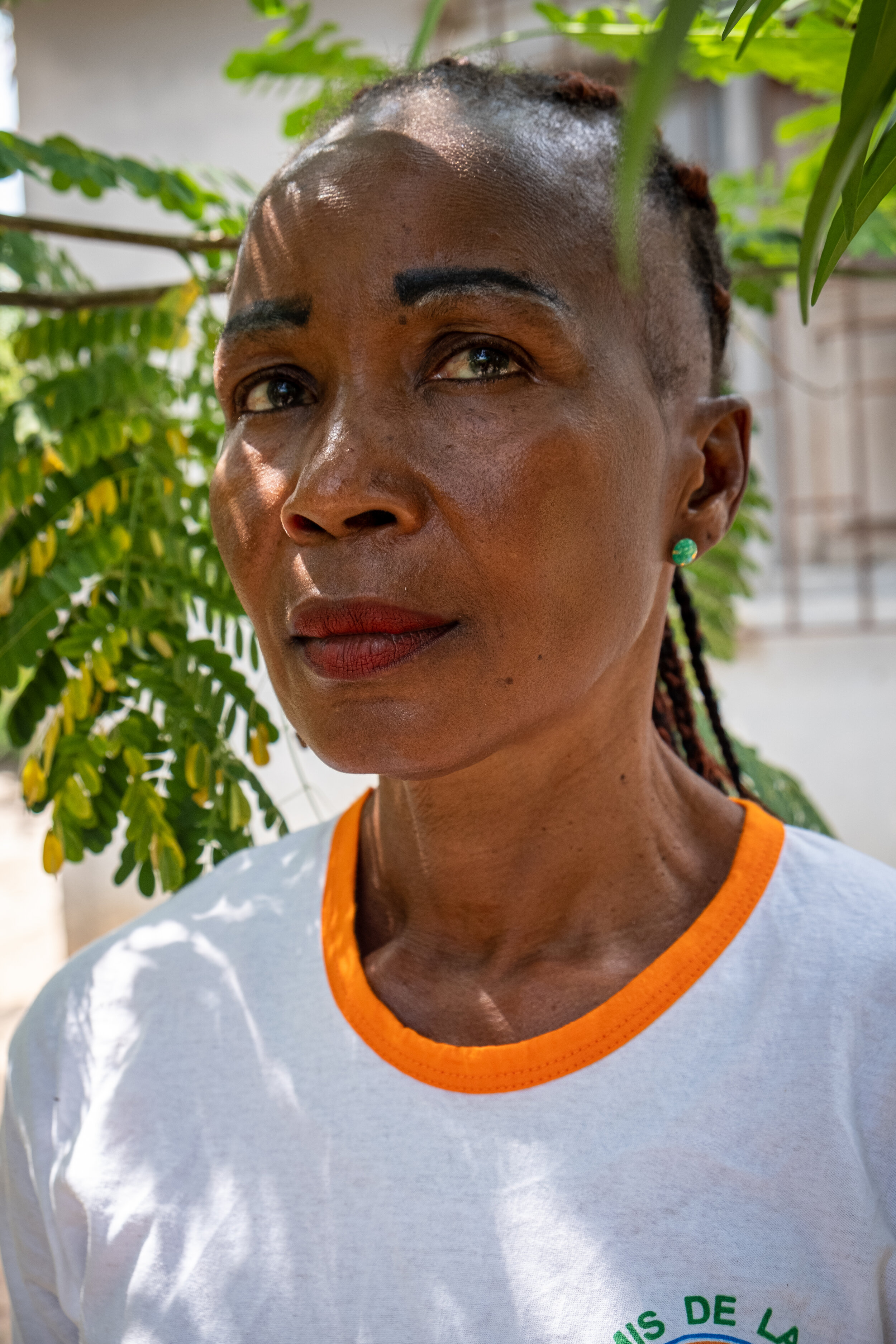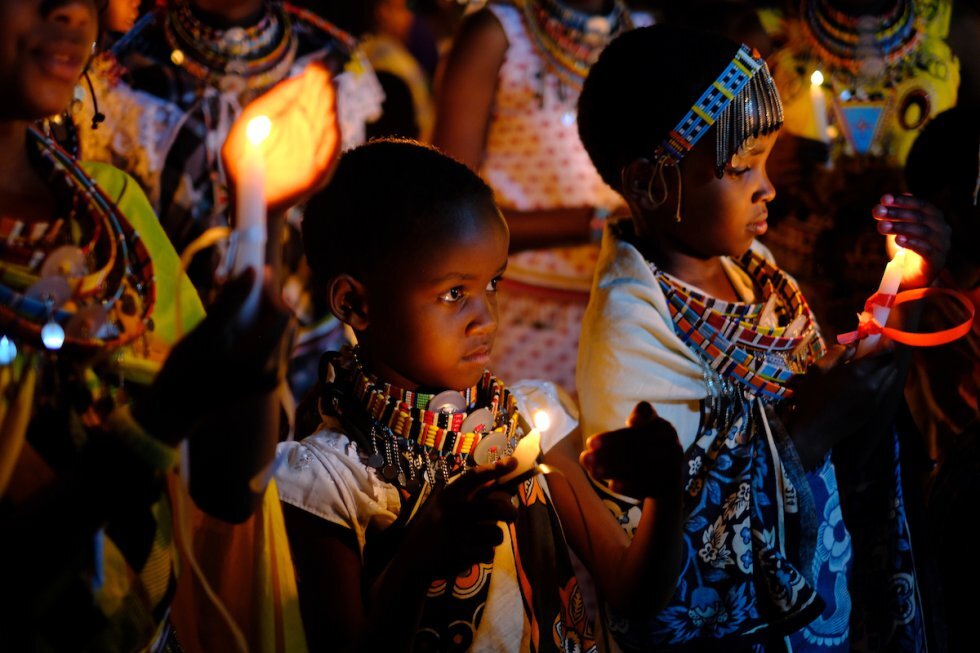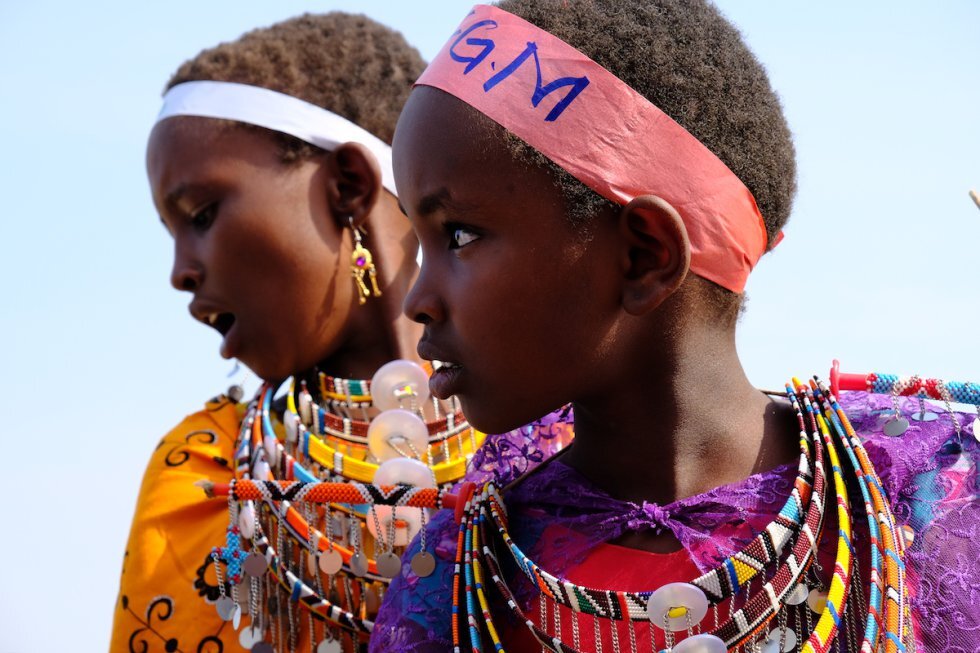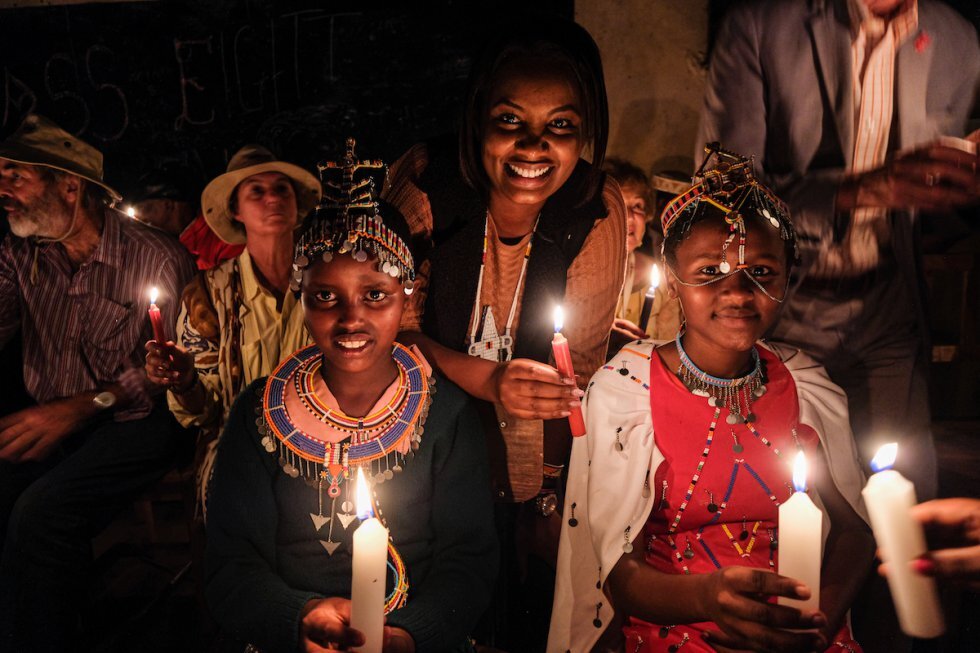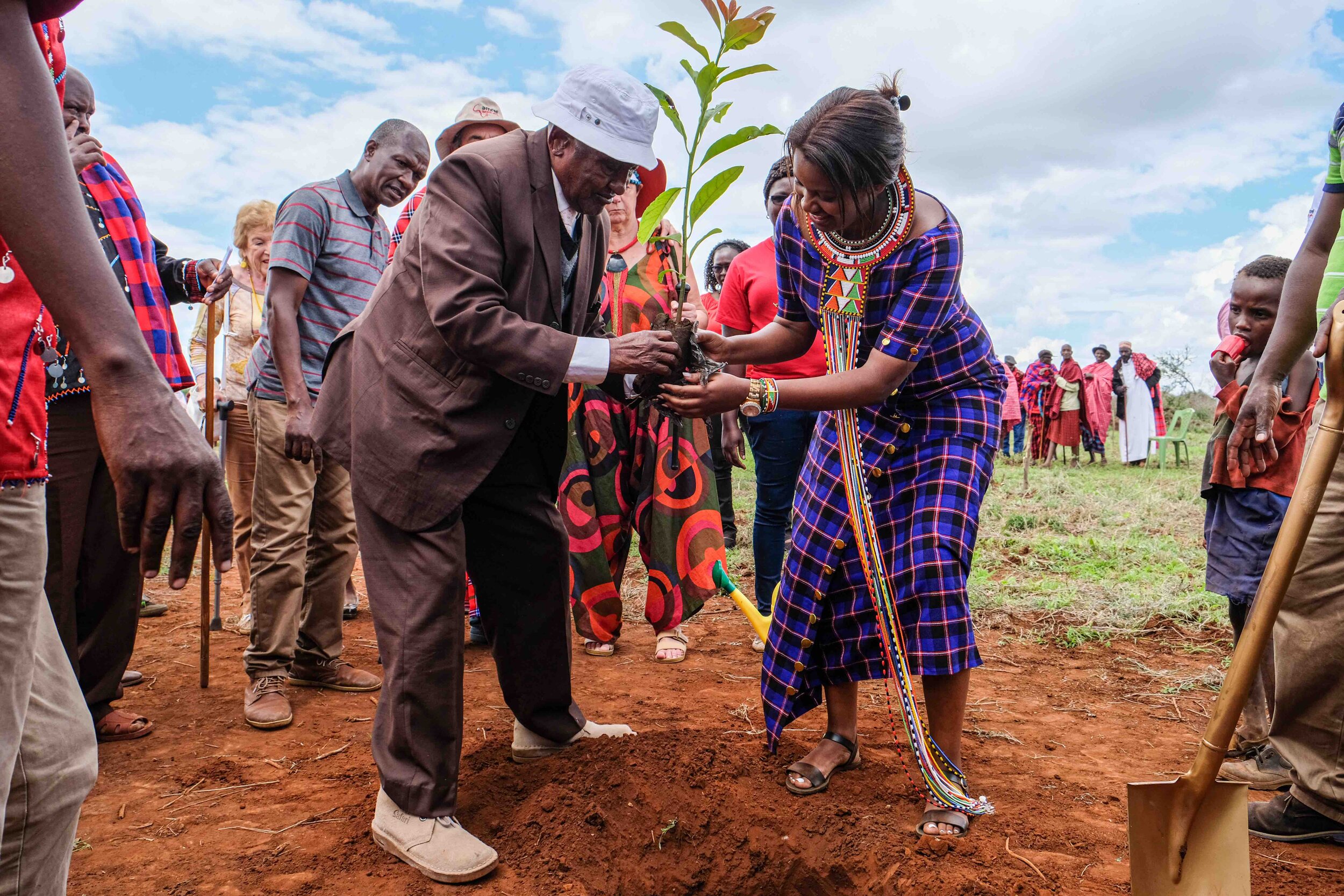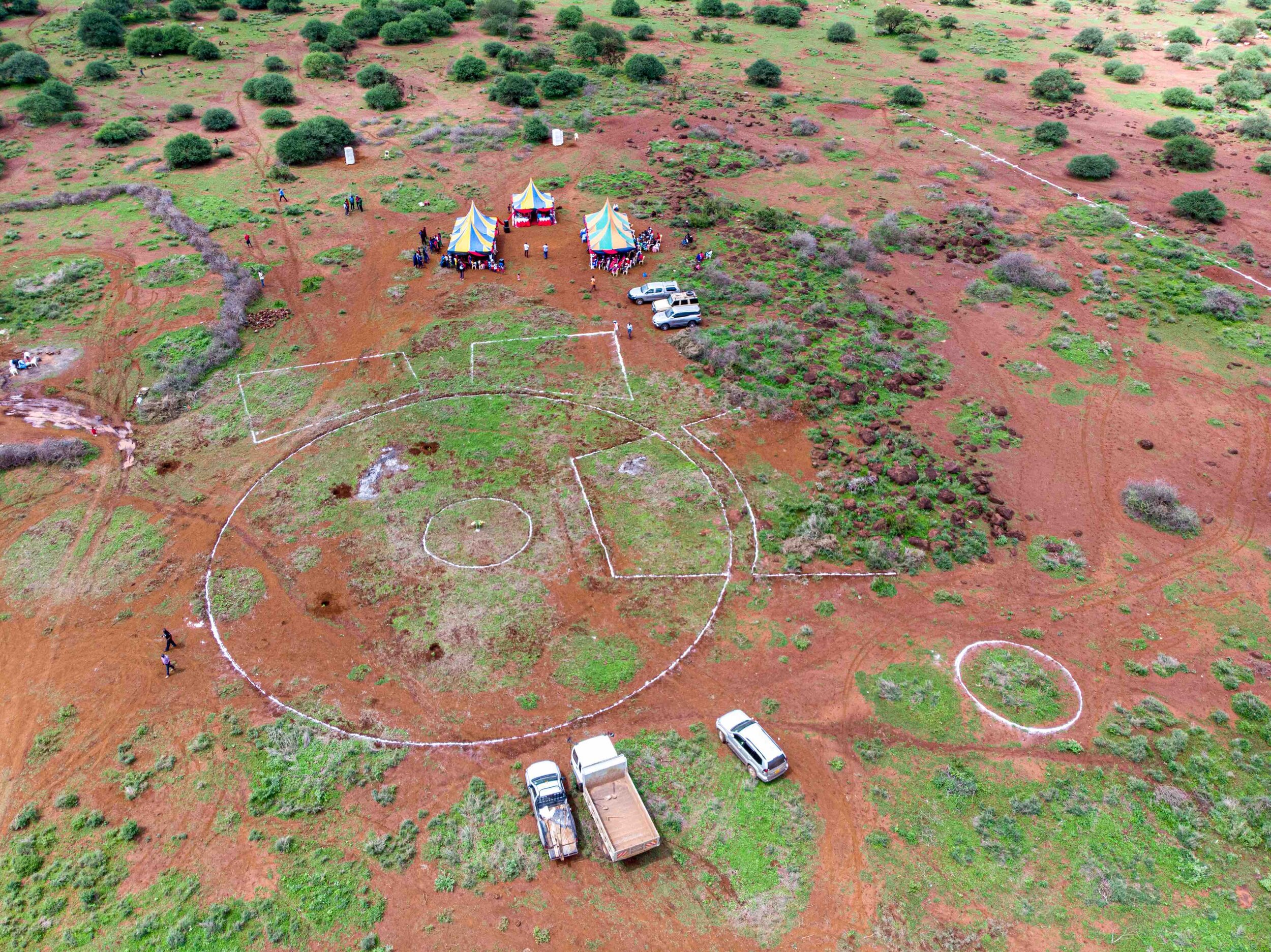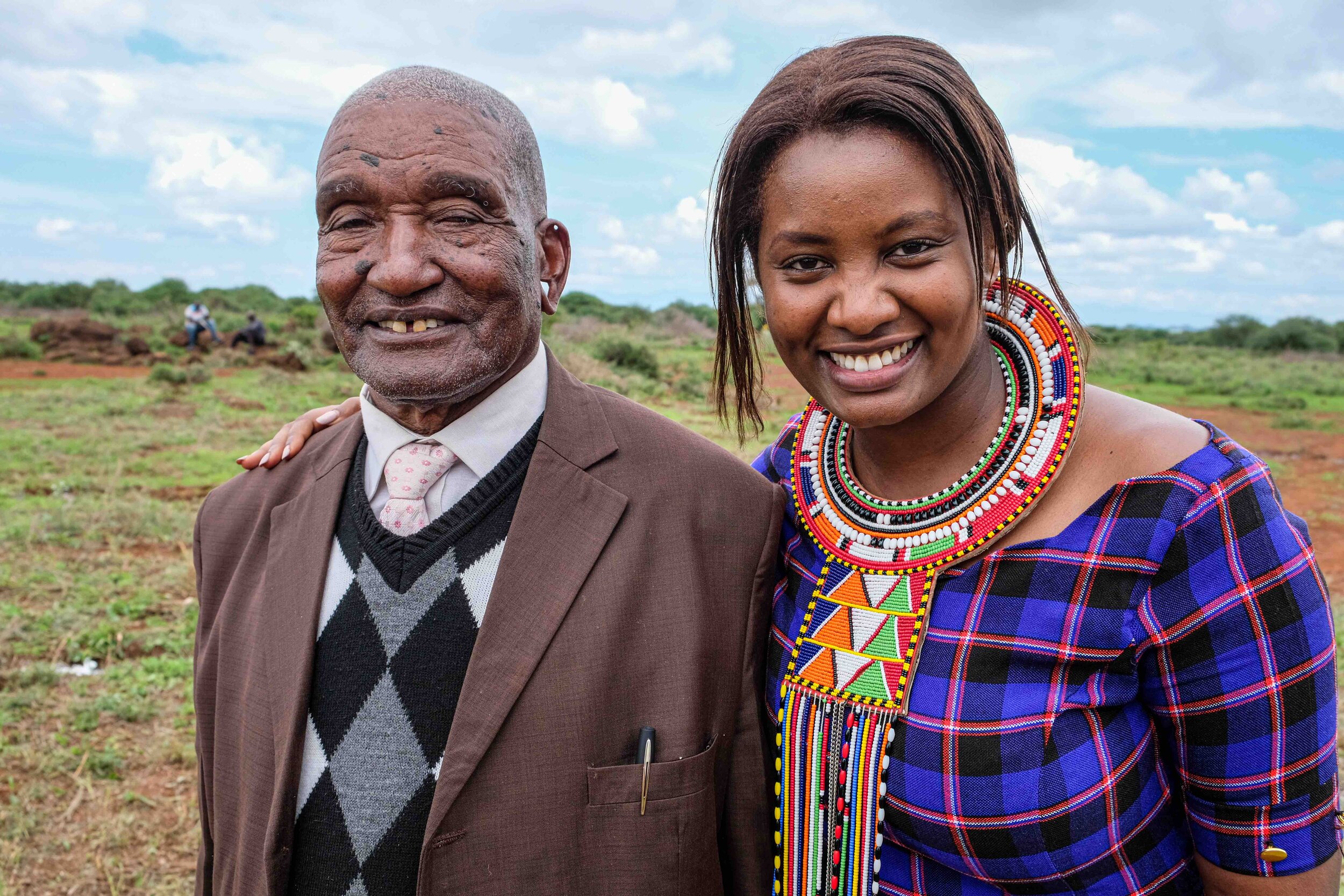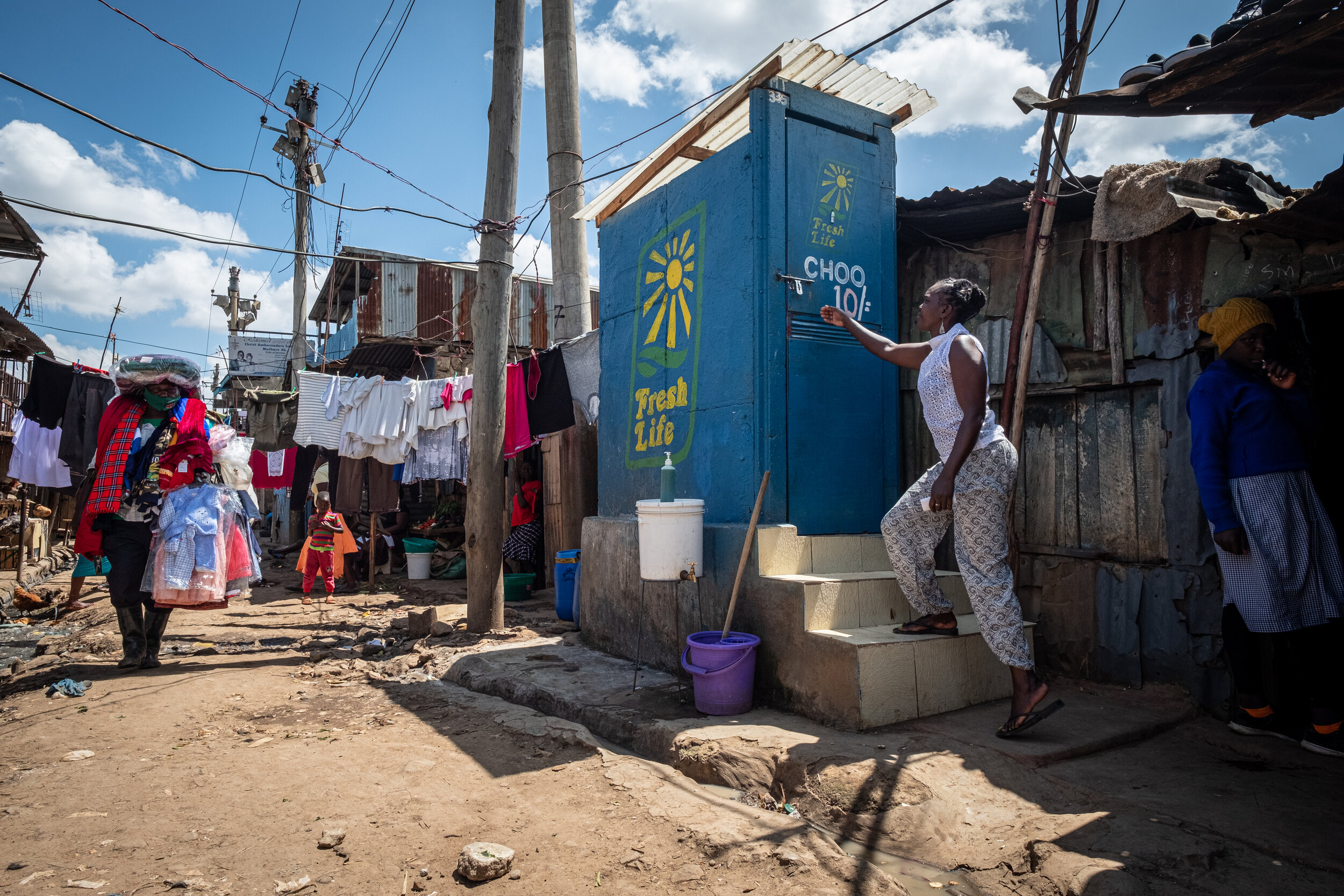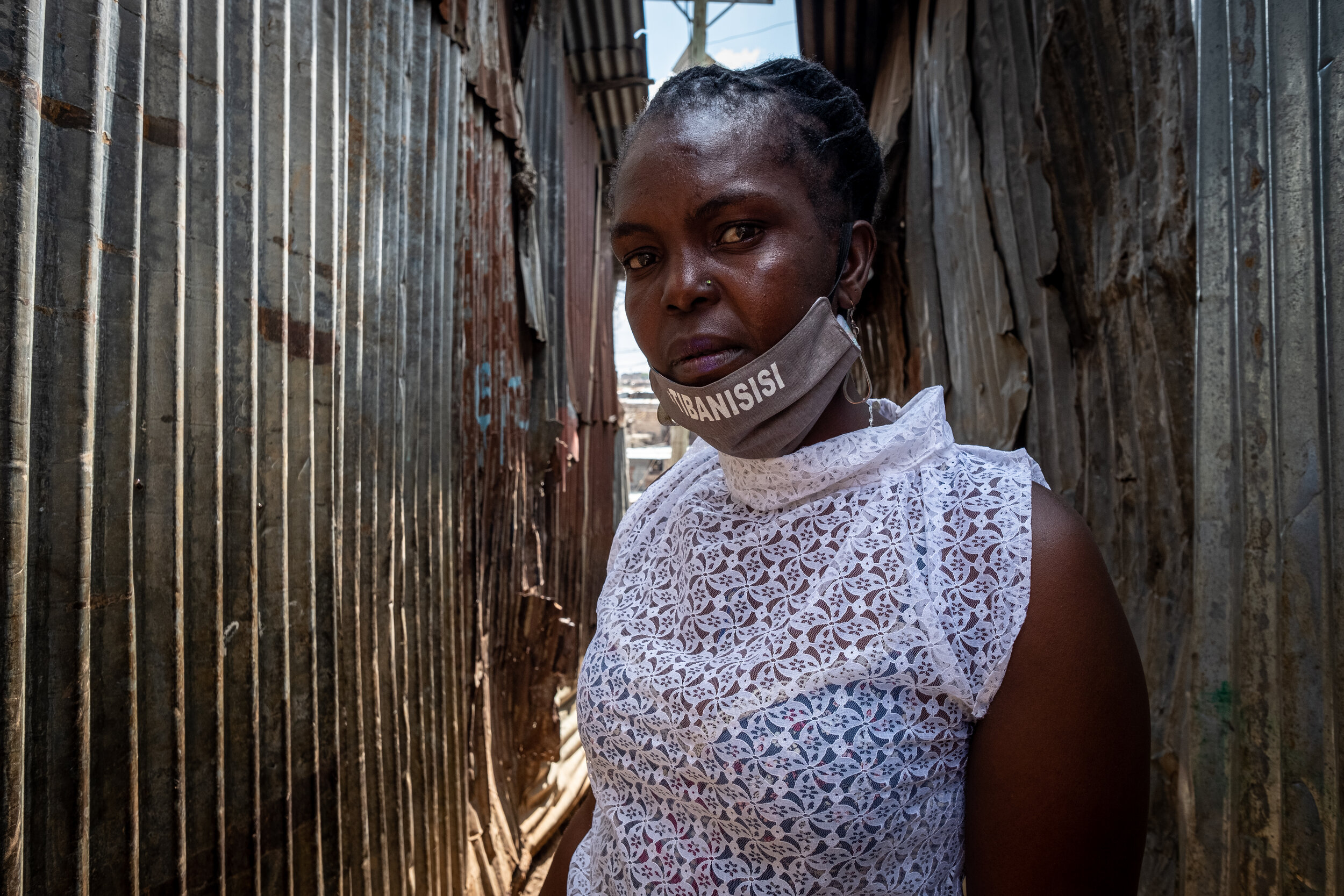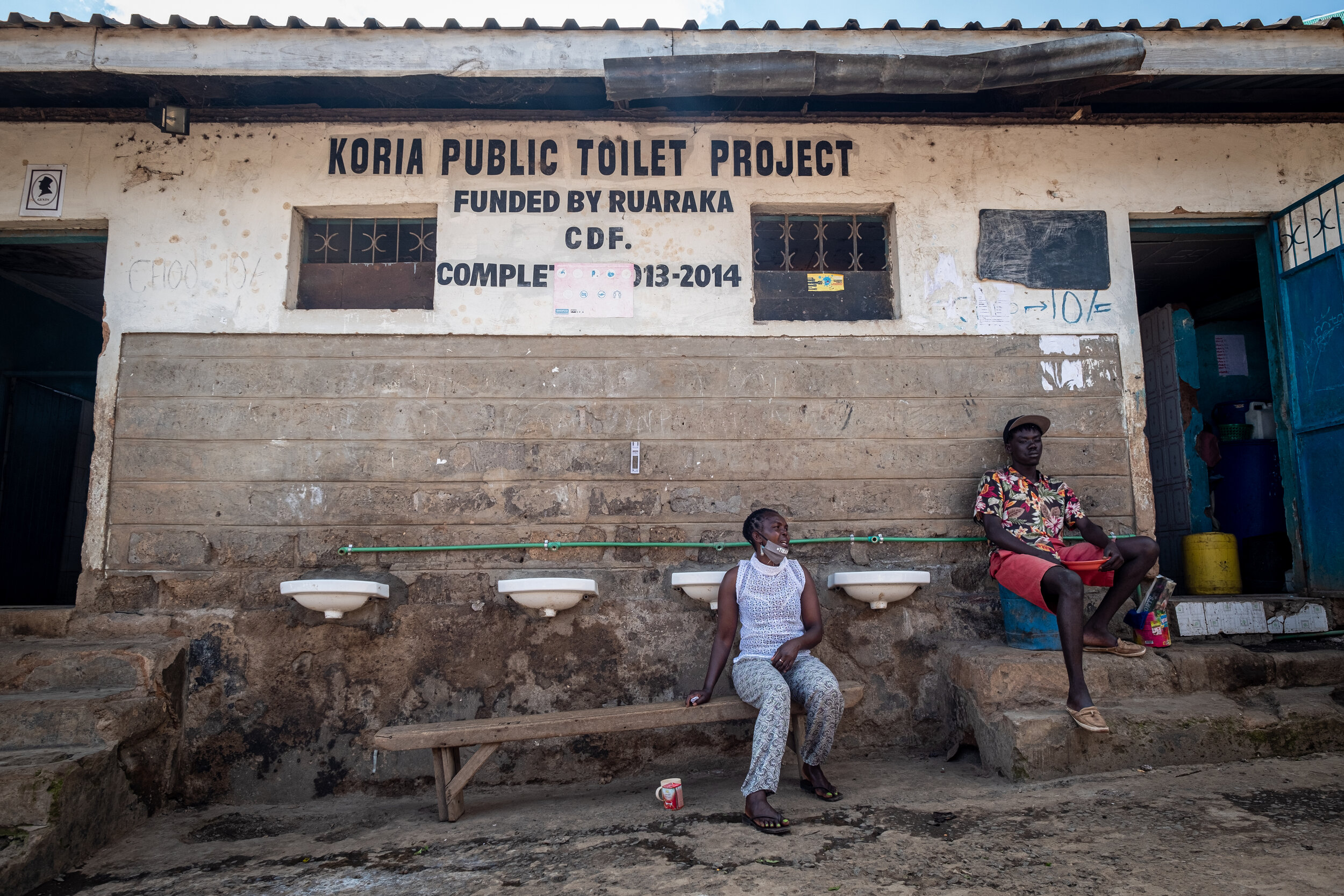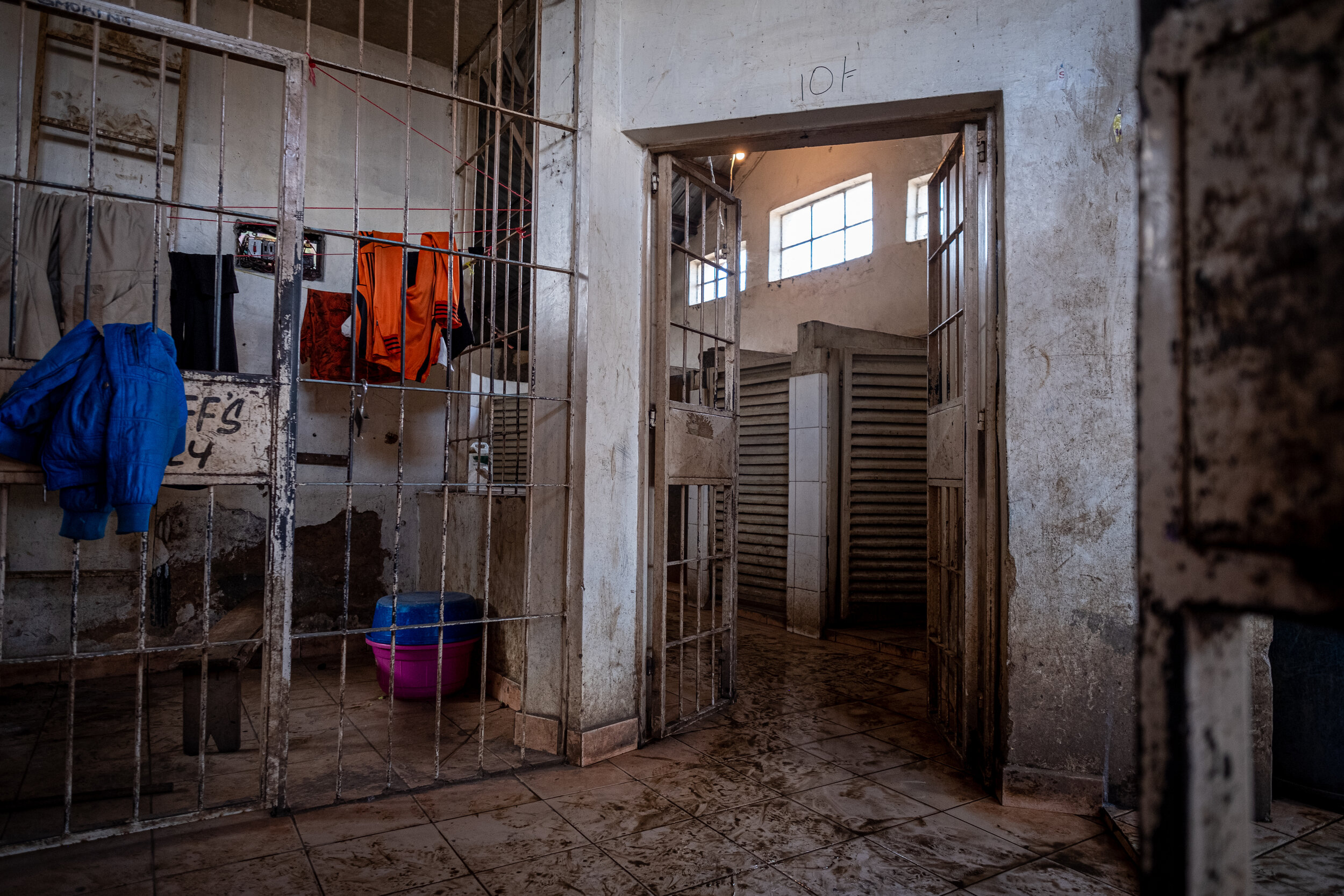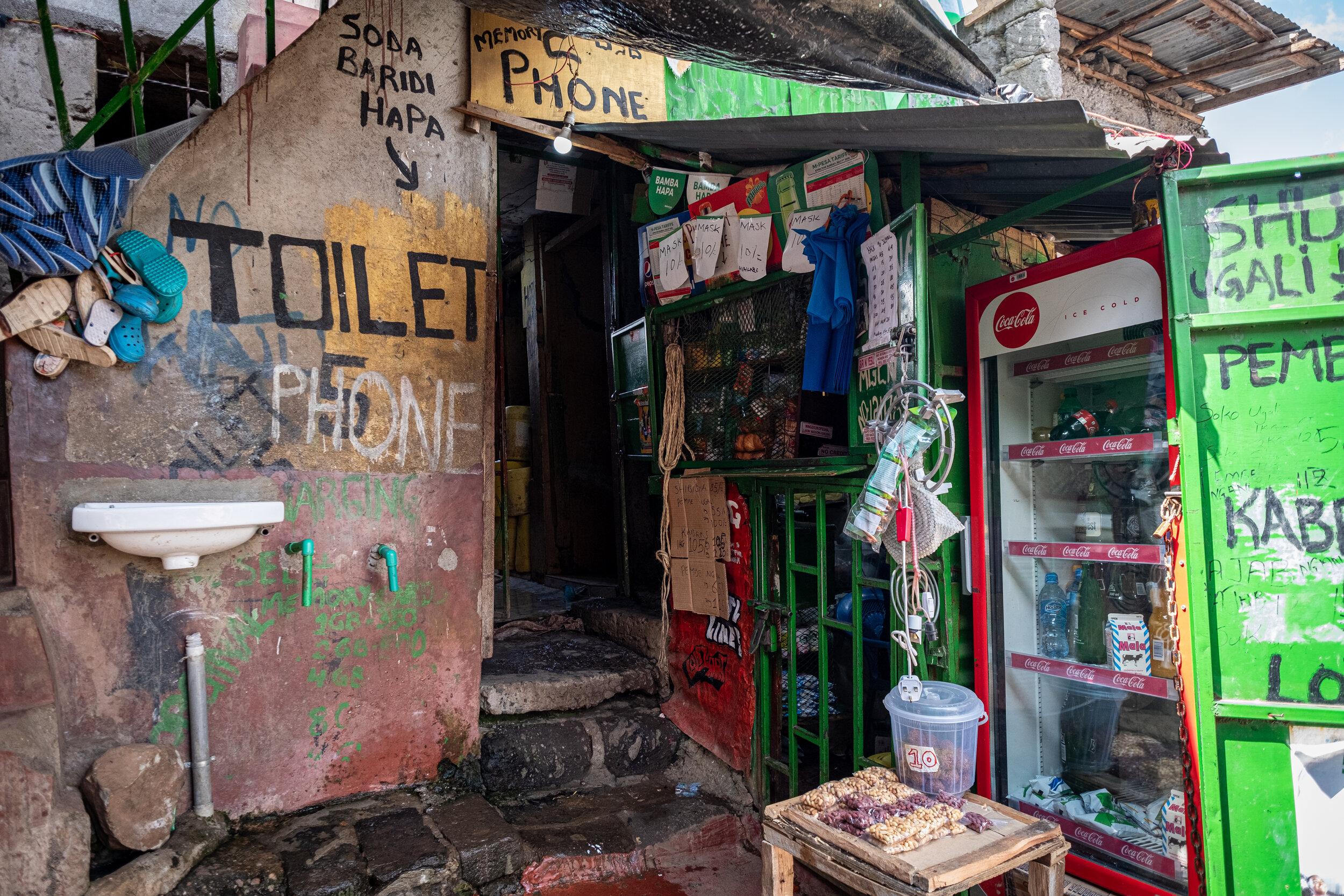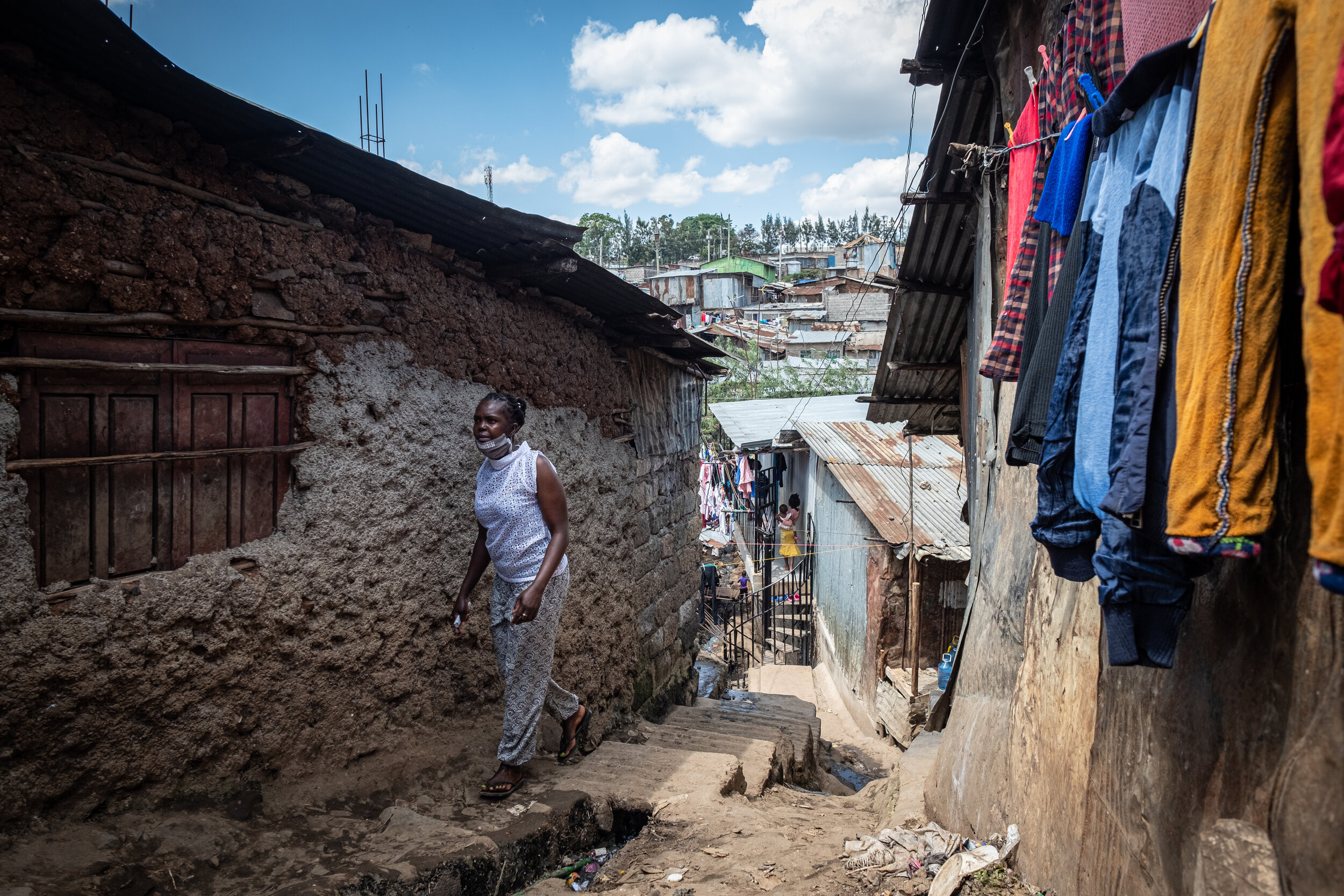In ‘Crisis Update’, a webcast by refugee organization Stichting Vluchteling that focuses on the conflict in Tigray, I spoke about our trip to the refugee camps in Eastern Sudan. In conversation with Dutch presenter Hadassah de Boer, I shared some insights on what it was like to work there. Check out the whole interview below.
New work for Trouw: how Saint-Louis is swallowed by the sea
On the Atlantic coast of Senegal, the historic fishing town of Saint-Louis is slowly disappearing into the sea. Climate change and coastal erosion causes houses, mosques and schools to be swallowed by the salt water.
For Trouw, I wrote a longread about what’s going on in the Northwest of Senegal. To read the story and see some of the photos and videos I shot in Senegal, follow this link.
I have spent almost a week in Saint-Louis to talk to politicians, self-taught climate experts who lost their village to the rising water, school teachers and fishermen (who now are displaced and have to live in a plastic village built by the World Bank).
All can be seen in the trailer I made for the multimedia story, which can be found below. The story will soon be published internationally by other outlets, but if you can read Dutch, you can check it out in Dutch by clicking here:
New work for Aftershokz, with Eliud Kipchoge
For Chinese headphones brand Aftershokz, I spent some time with the world’s fastest marathon runner, Eliud Kipchoge. In his training centre in Kaptagat, I followed him and the NN Running Team to film for a commercial showcasing the Aftershokz x Eliud Kipchoge limited edition headphones.
New work for RTL Nieuws: vaccines in Kenya
For Dutch news broadcaster RTL Nieuws, I worked on a reportage by their Africa correspondent Saskia Houttuin. While The Netherlands is vaccinating millions of its citizens, Kenya has so far only vaccinated 1.8 percent of its population. Community Health Volunteers Joyce and Anne, who are working in Nairobi’s Kariobangi informal settlement, say that they can’t get a jab because they have to pay for it. A vaccine would cost them 3500 Kenyan Shillings, they told us – even though getting a vaccine in Kenya should be free.
You can watch the whole reportage by clicking on the picture above, or by following this link.
Watch National Geographic documentary 'The Grand African Green Up'
I’m very excited to announce that our National Geographic documentary ‘The Grand African Green Up’ is finally here! The film, a collaboration between Disney, National Geographic, AFR100 and Justdiggit, focuses on different environmentalists from all over Africa, who are making efforts towards regreening their continent.
For this project, I filmed in four (back then still very much locked down) countries: Kenya, Madagascar, Senegal and Ghana. Because of COVID restrictions, I had to work as a one-man-band and do both filming and interviewing. I’m humble and proud to announce that the documentary can now be seen in 45 African countries, on both the National Geographic Channel as on the National Geographic Wild channel.
Click play on the video below to check out ‘The Grand African Green Up’, which is directed by Safi Graauw and narrated by Wanjira Mathai!
For the documentary, I was responsible for the on the ground interviews with Rocky Dawuni, Miora Malalasoa, Sadik Ibn Abdulai, Fatou Niang and Elizabeth Wathuti. Below, you can find some screenshots from the film.
Director & Writer: Safi Graauw
Producer: Michelle van Huisstede
Executive Producers: Wessel van Eeden & Nadia de Waal
Interviews & Camera: Joost Bastmeijer
Editor: Nonye Onwuka
Colorist: Roman Strijbos - Het Kleurlokaal
Voice-over: Wanjira Mathai
Music Composers: Joshua Petit & Mari Koning
Additional Vocals: Mame N'Diack Seck Thiam
Guide Voice over: Sydney Lowell
Audio Post Production: Soundsright Studios
Voice Narration Recording: What's Good Studios
Controlling the locust invasion in Northern Kenya: new work for El País
A bit more than a year after billions of locusts invaded East Africa, locust hunters have now built a system to beat the ferocious insects that are threatening livelihoods across the region. According to the FAO, the operation can almost be declared as a success.
In Northern Kenya, the Food and Agriculture Organization (FAO) of the UN has teamed up with the private sector, community elders and the Kenyan government to fight desert locusts that came flying from the Arabic peninsula.
In densely populated areas, the locust control operation should be done from the ground, where scouts are spraying pesticides from special backpacks, or from spraying installations built on the back of pickups. But in the vast plains and forests of Northern Kenya, this is not possible. And so surveillance helicopters are deployed from several smaller airfields. The data is then gathered in one large system in the so-called joint operation control center, where experts can decide where the specially equipped spray planes should fly to.
“Last year, we did not have any data,” says Casper Sitemba, FAO representative. “When we started, individuals were making phone calls reporting sightings of locusts. But in this campaign, we have used a lot of technology to address the data gaps that existed before. We have built several applications and through them, we have been able to collect massive amounts of data. Right now, our control effort success rate is almost 86%. We are now able to measure that success — last year, we didn’t even know how many swarms there were and where they were when the invasion stated.”
According to the FAO, the operation in Northern Kenya has been “very successful”. Sitemba: “As of now, we are down to the last few swarms in Kenya. And these are not even really swarms, they are what we call ‘swarmlets’, groups of locusts that have broken away from the larger swarms. They can be 20 to 30 hectares big, where last year we had swarms as big as 3,000 hectares. We are downscaling the operation, as the situation improved manifold, but we remain vigilant as we are approaching the rainy season.”
Read the full piece and check out all photos on the El País website (also in Spanish)!
Corona in Kenya: why Nairobi is in lockdown once again
Many countries are gradually relaxing their COVID19 measures as vaccins are rolled out. But even as the first Kenyans are receiving ‘the jab’, president Kenyatta announced tighter corona measures to control a third wave. What’s going on in Kenya? I talked about this with NPO Radio 1 host Stephan Komduur in BNNVARA’s foreign news programme ‘De Wereld van BNNVARA’. You can check out the 18 minute conversation by clicking on this link.
Eating bushmeat in Ivory Coast: three new publications for El País
Spanish international newspaper El País published an English and Spanish version of the story Saskia Houttuin and I made for Dutch newspaper Trouw! The 1300 words piece has appeared on their website, accompanied by a slideshow with 13 of the pictures I took in and around Agou, Côte d’Ivoire.
To read the story, click on one of the two pictures below:
A new publication in Trouw: aid workers on the situation in Tigray
“I flew directly to Tigray. At Mekele airport, there were soldiers everywhere, even on the runway. They don't do anything, but they are there. On the way to the city, you will pass multiple checkpoints. As a Westerner, you are immediately singled out and questioned about what you’re doing here. They want to make sure that you’re not a journalist, because they do not tolerate prying eyes,” says ZOA’s emergency coordinator Hielke Zantema.
Dutch newspaper Trouw interviewed two Dutch aid workers who recently worked in Tigray, where the fight continues unabated. But no one knows exactly what is happening in the Ethiopian region. Click here to read the story.

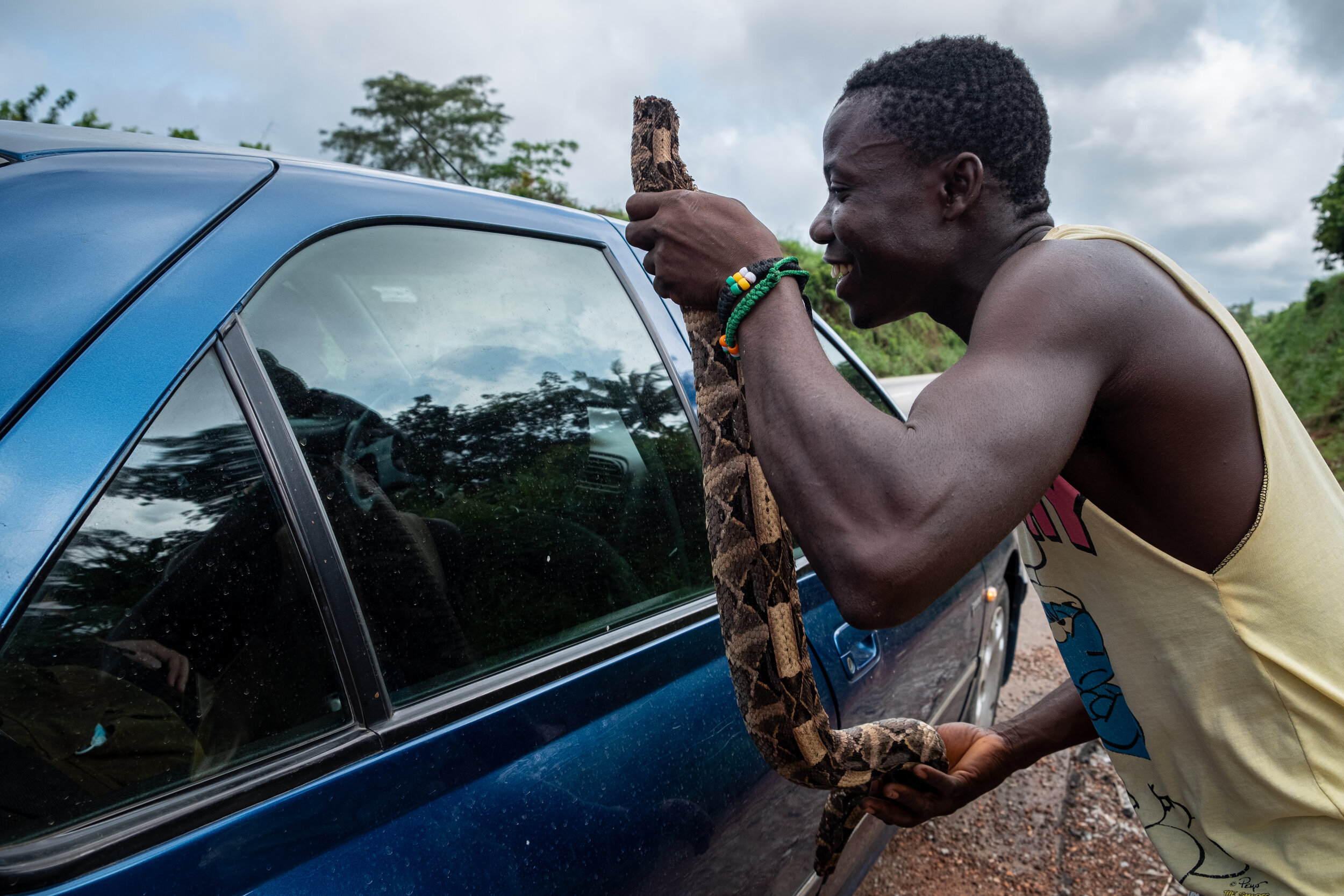
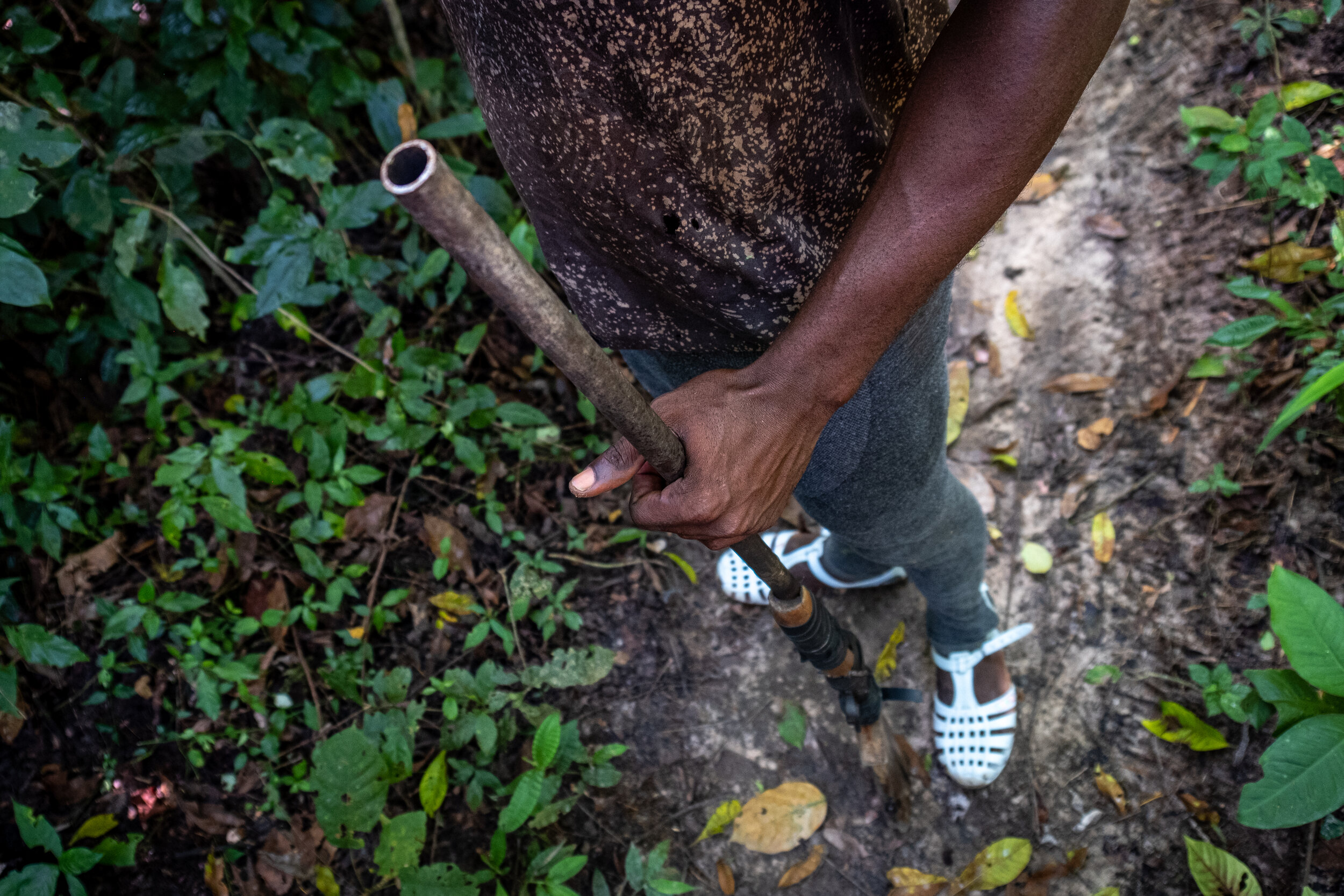
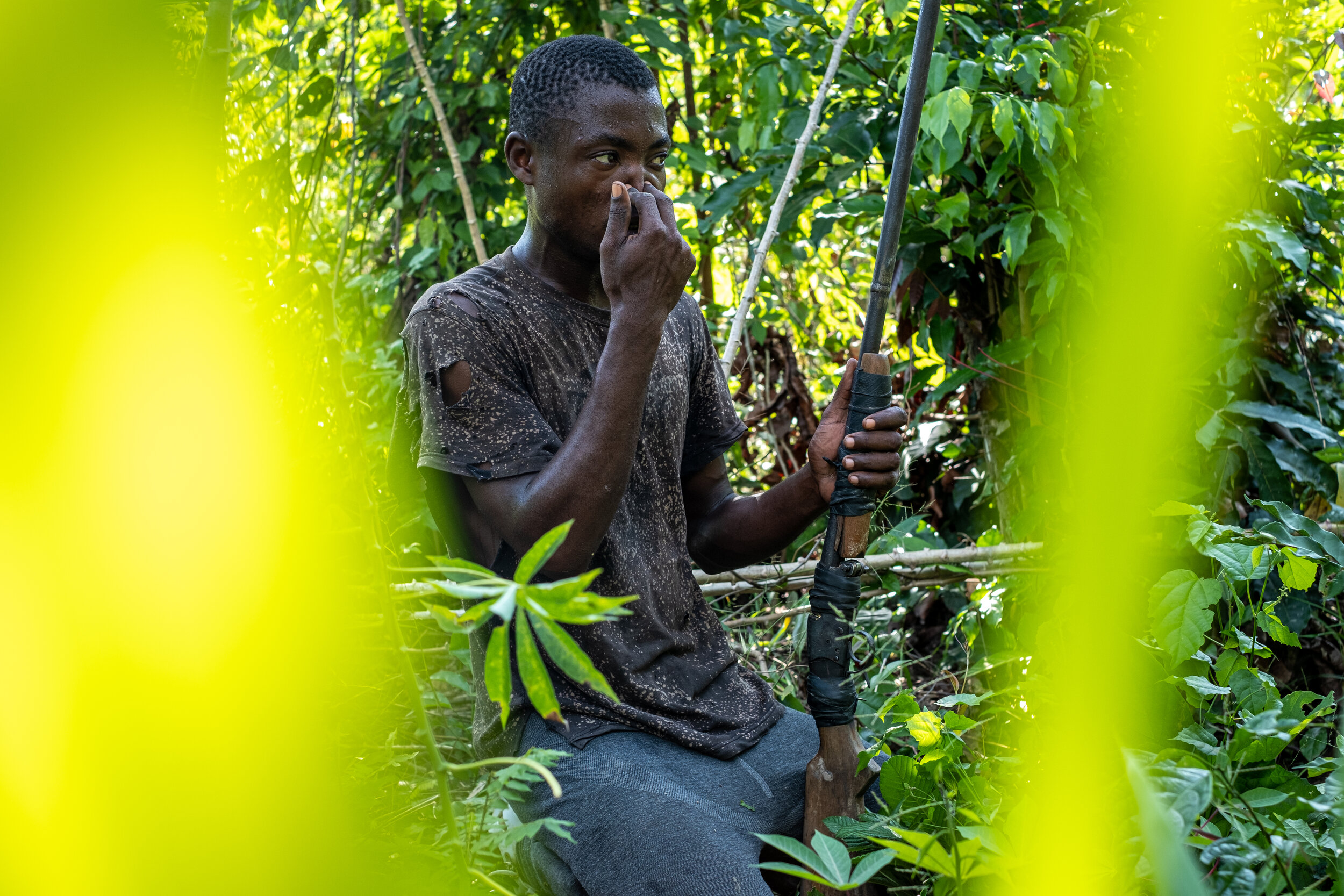
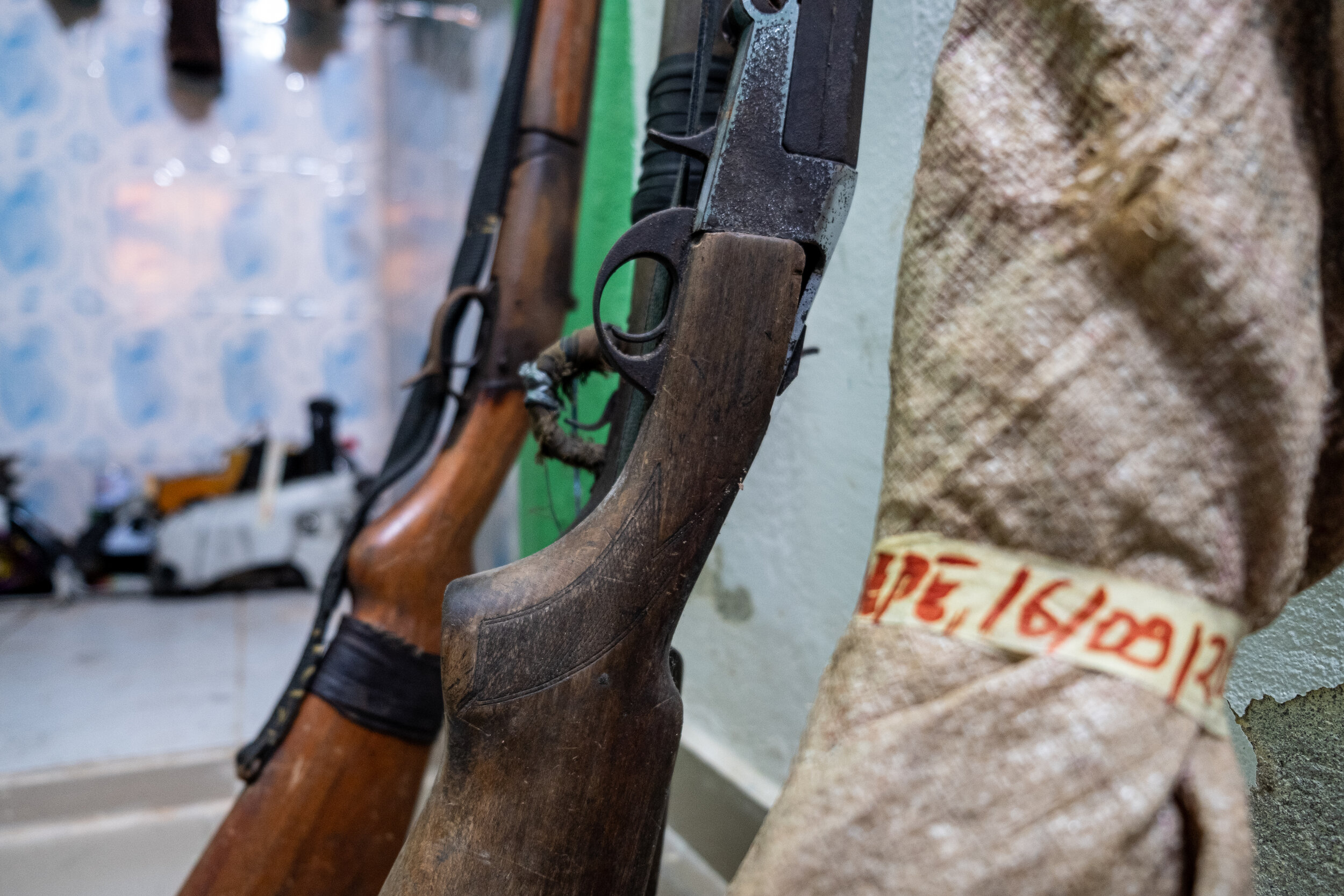
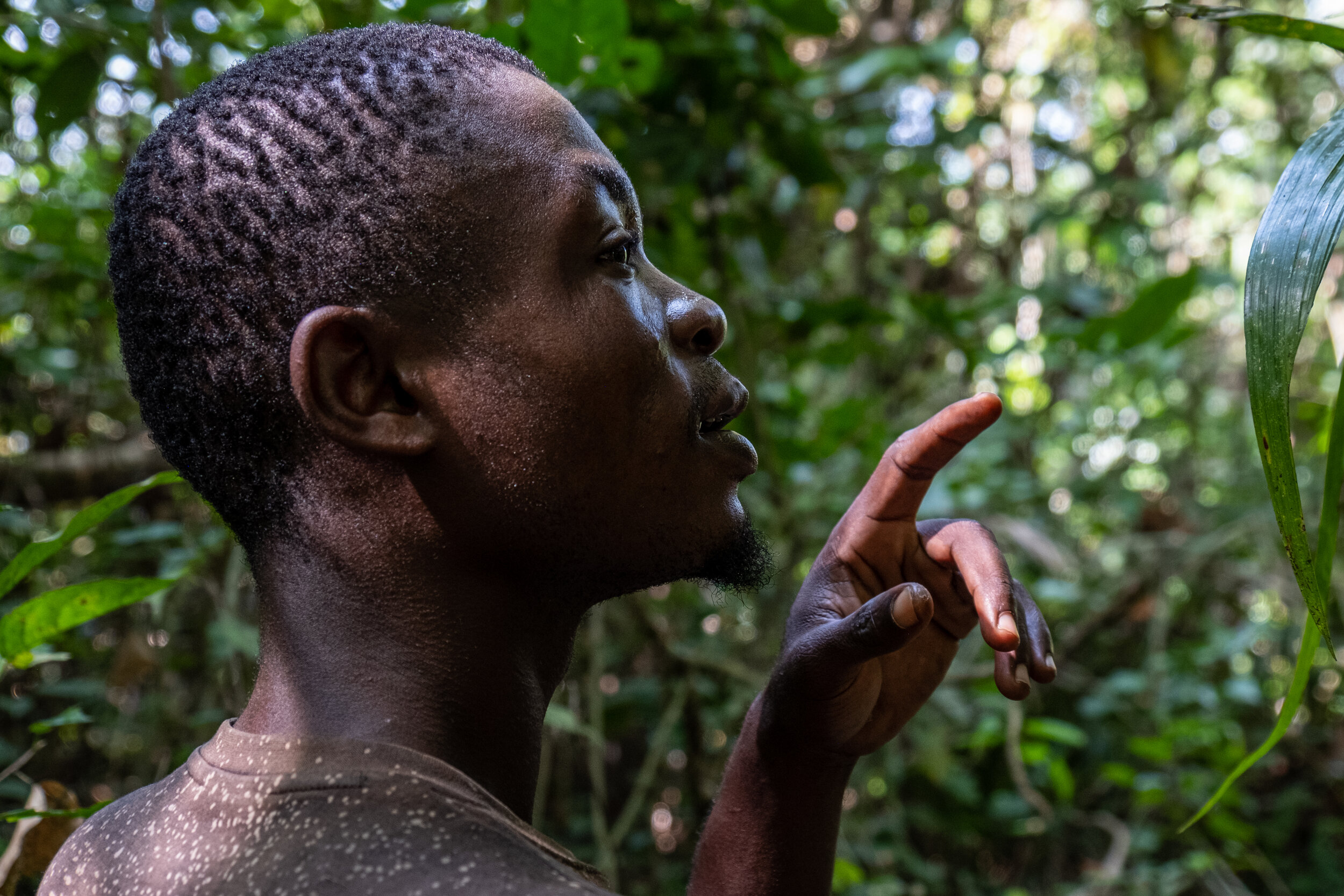
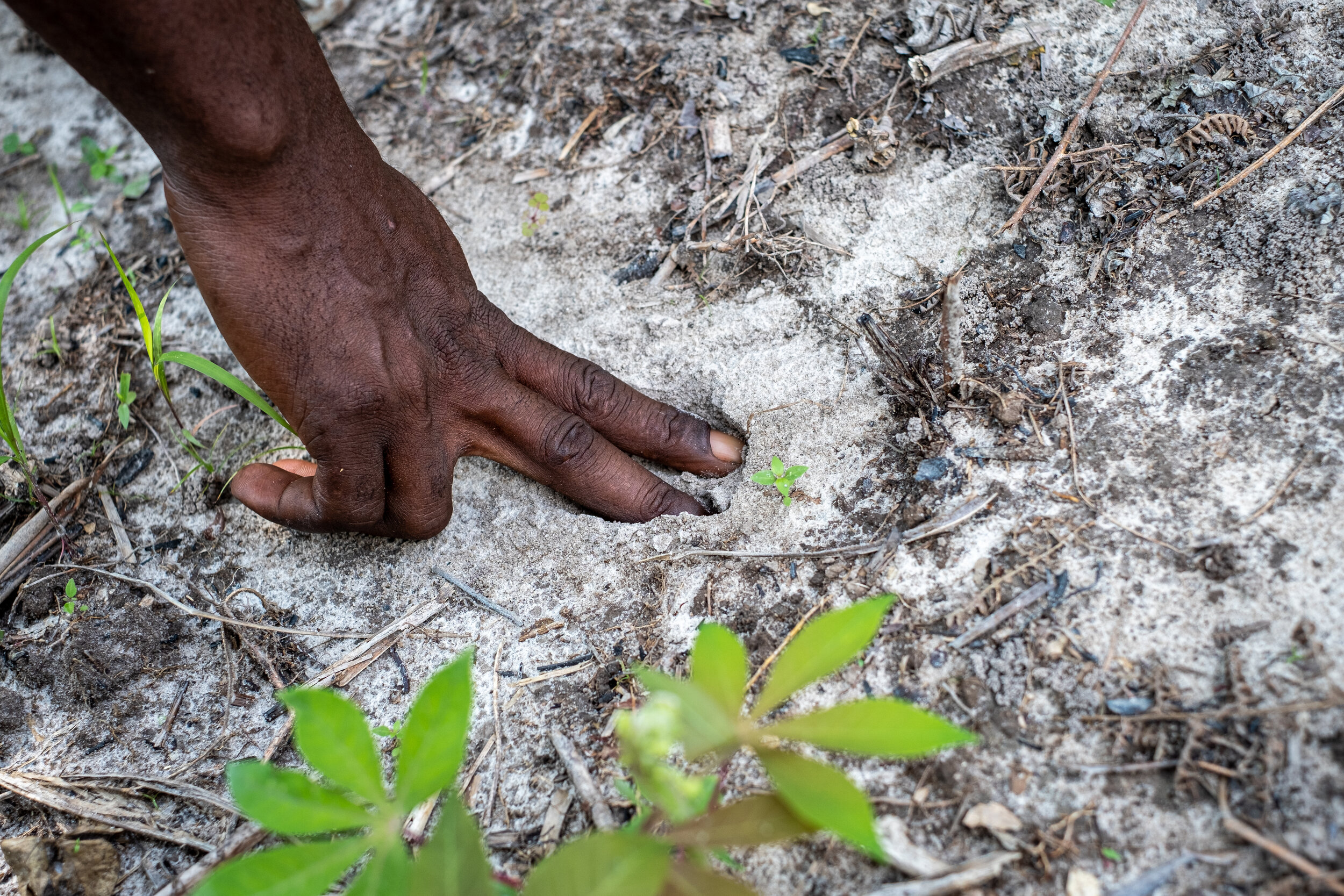
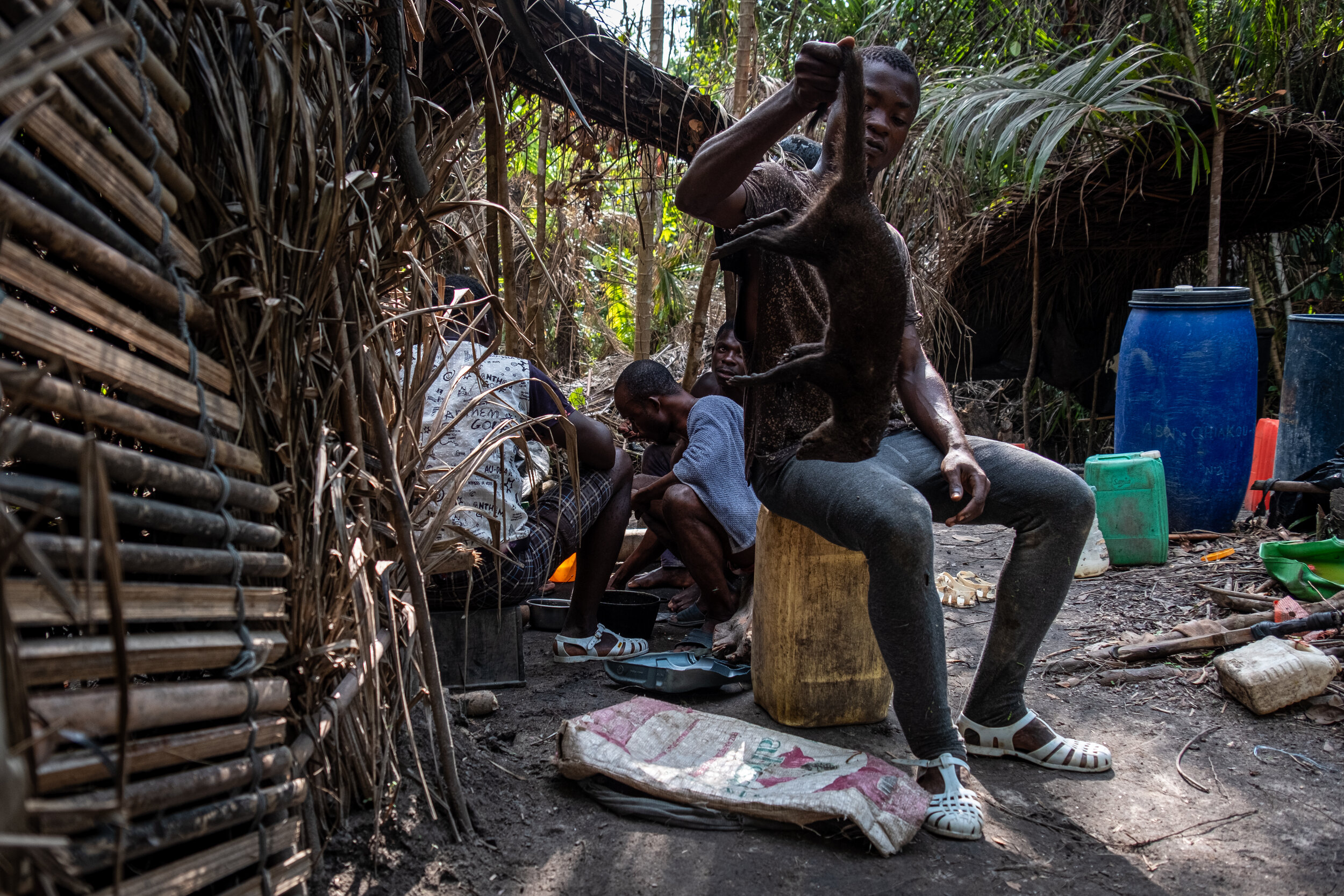
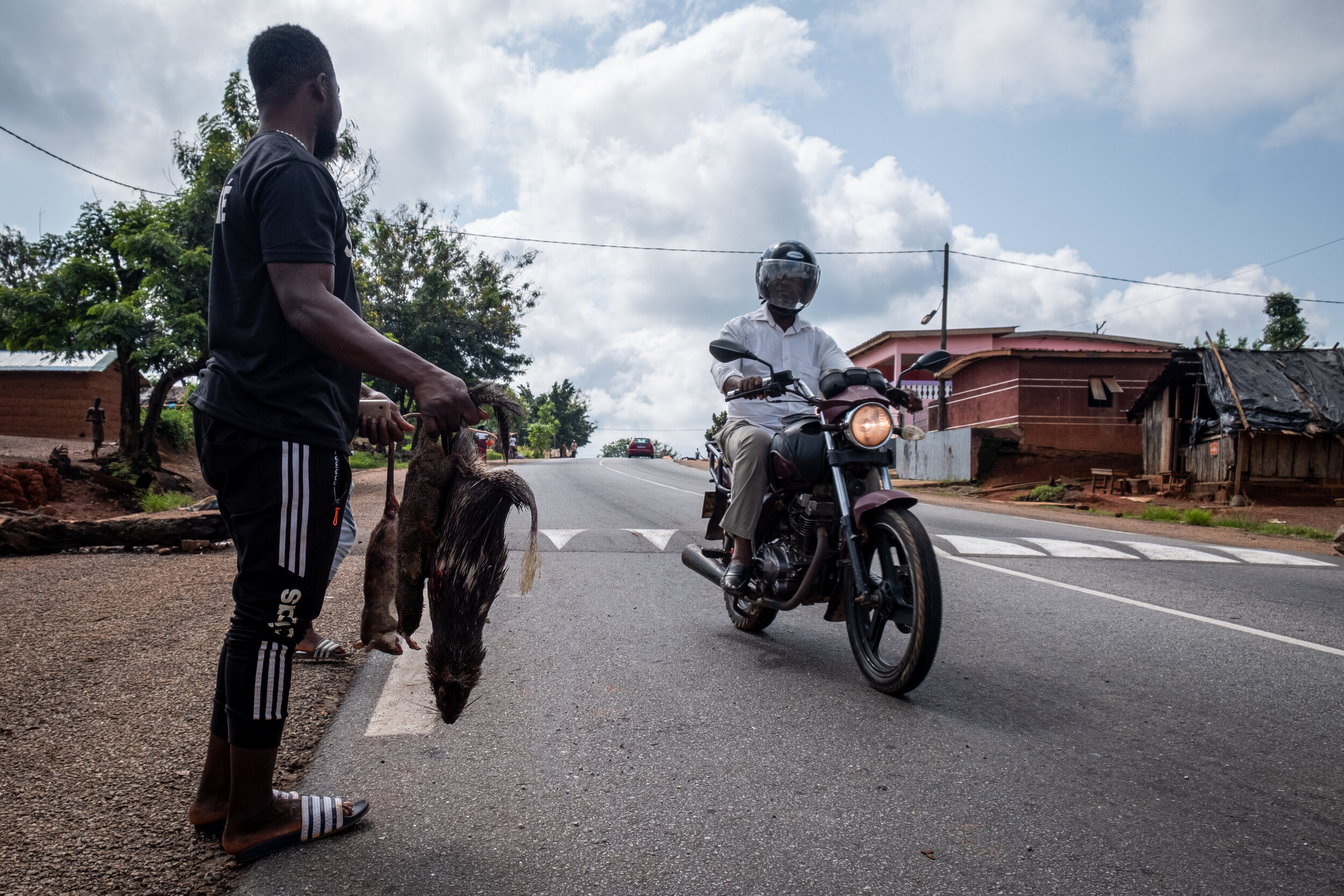
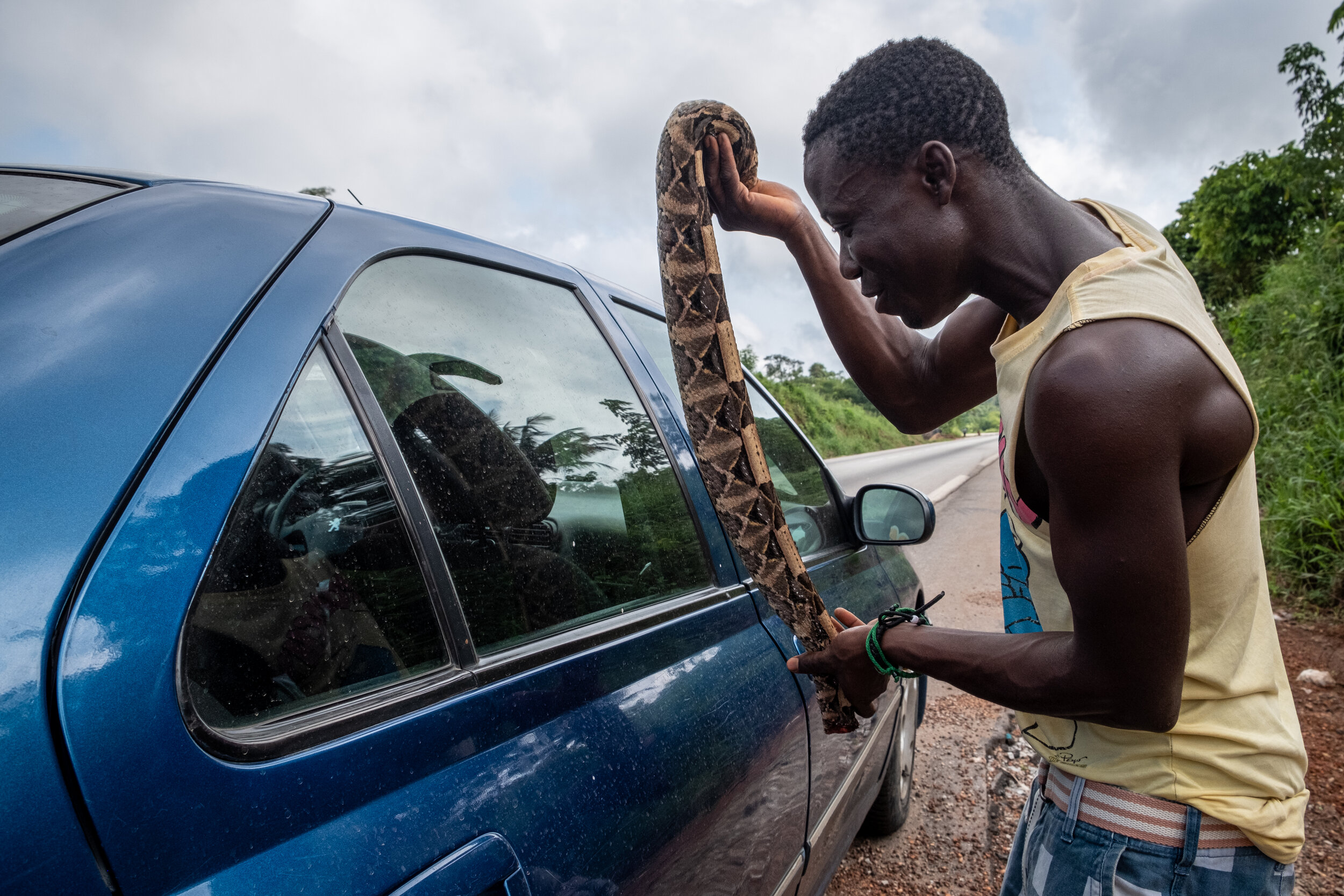
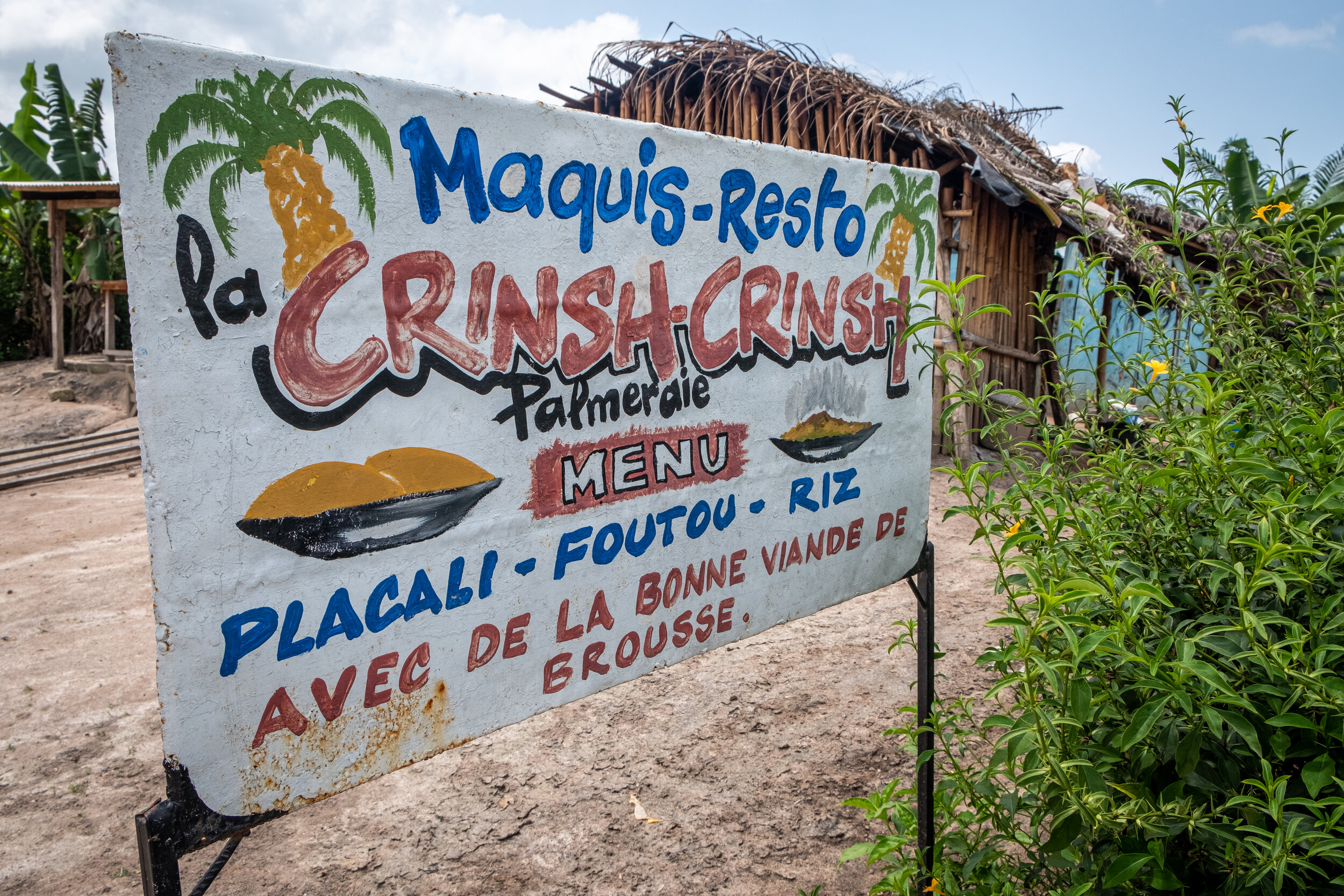
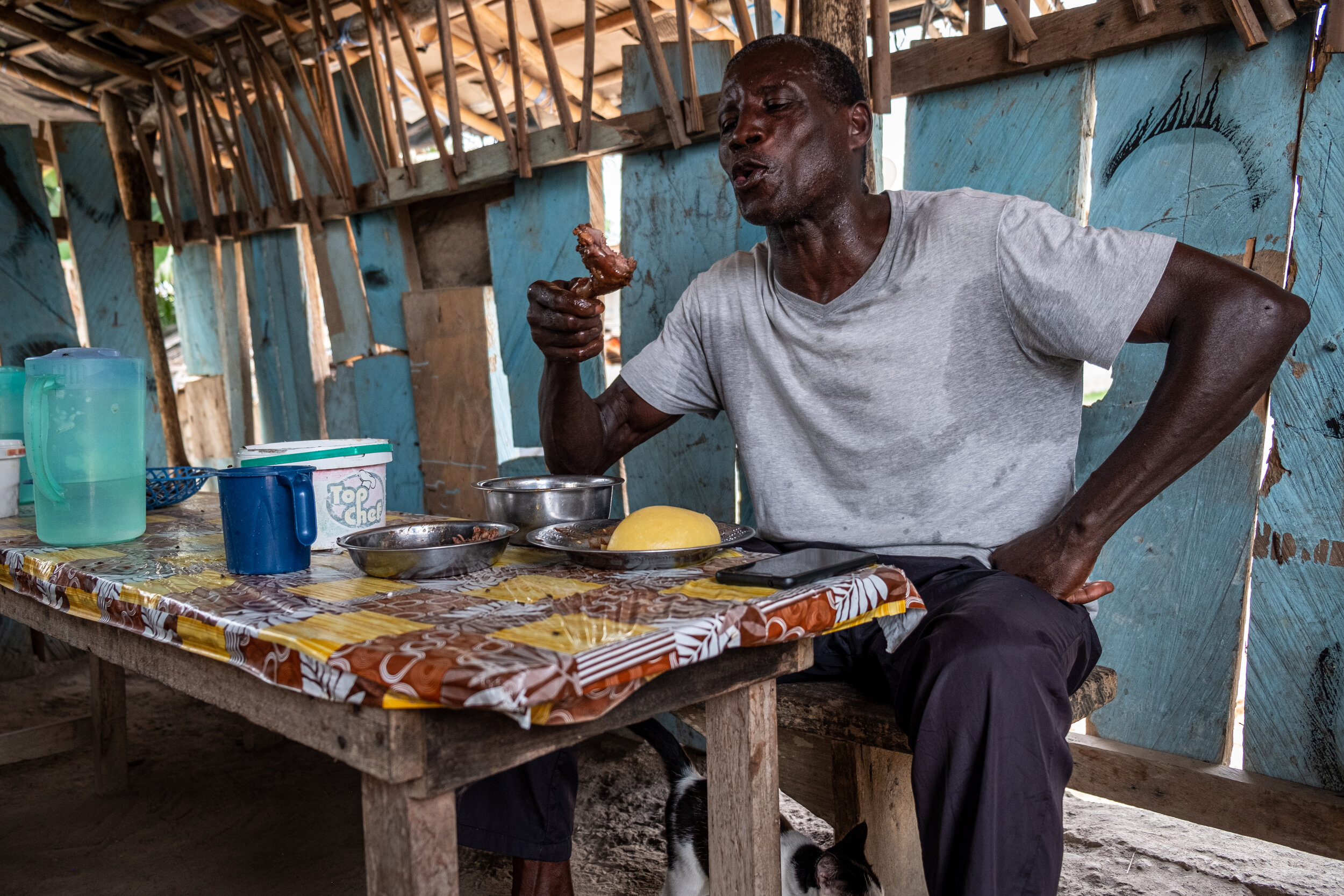
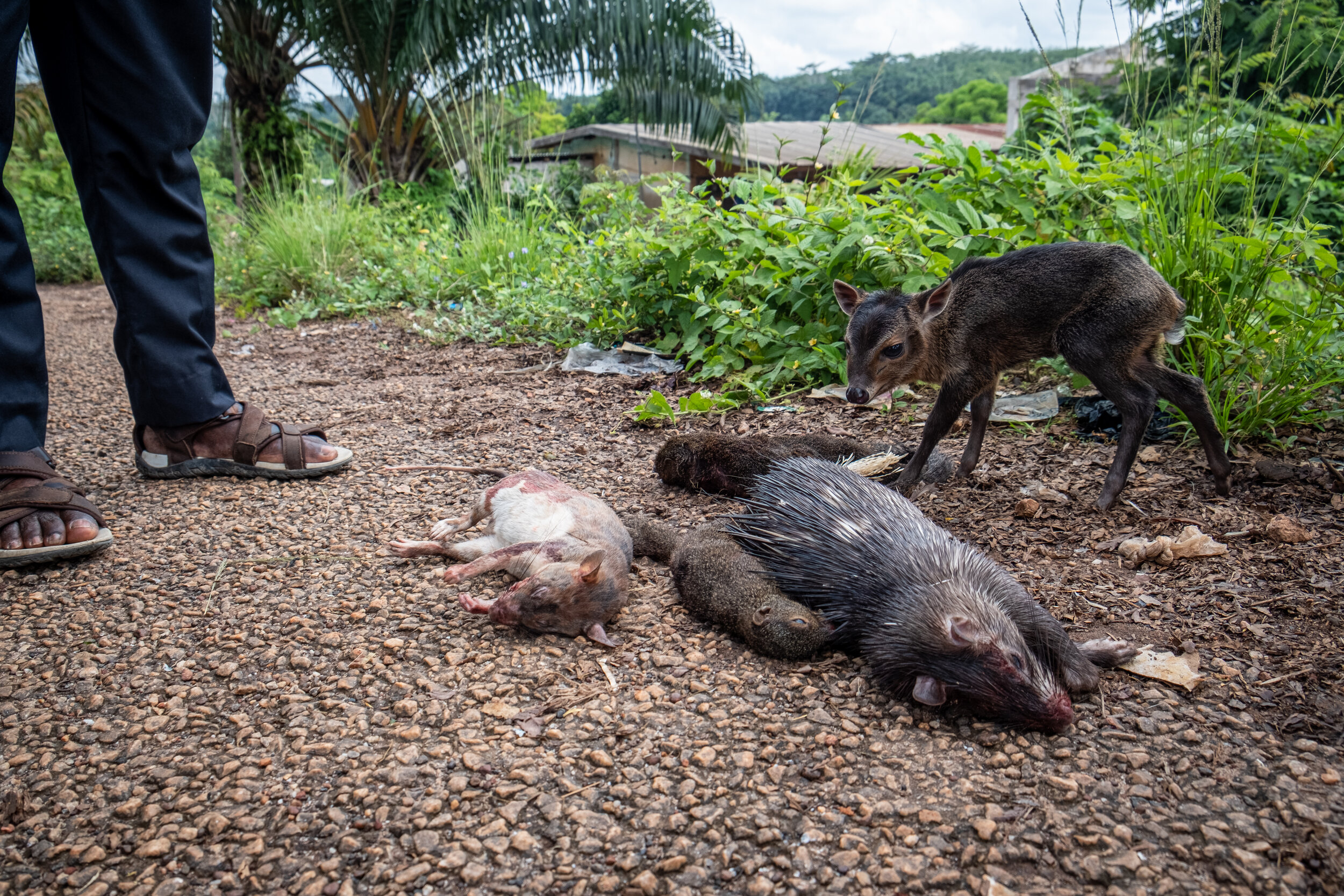
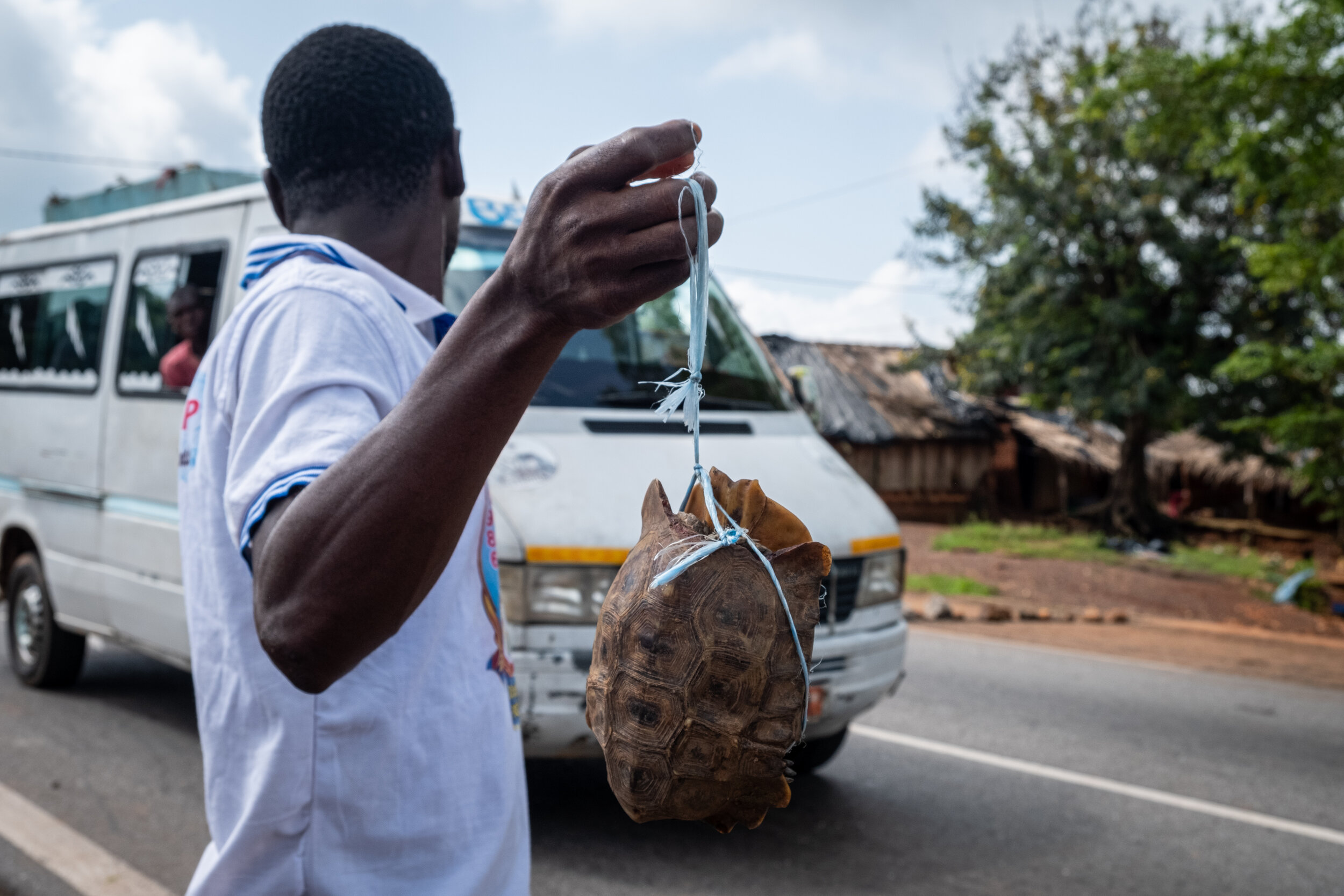
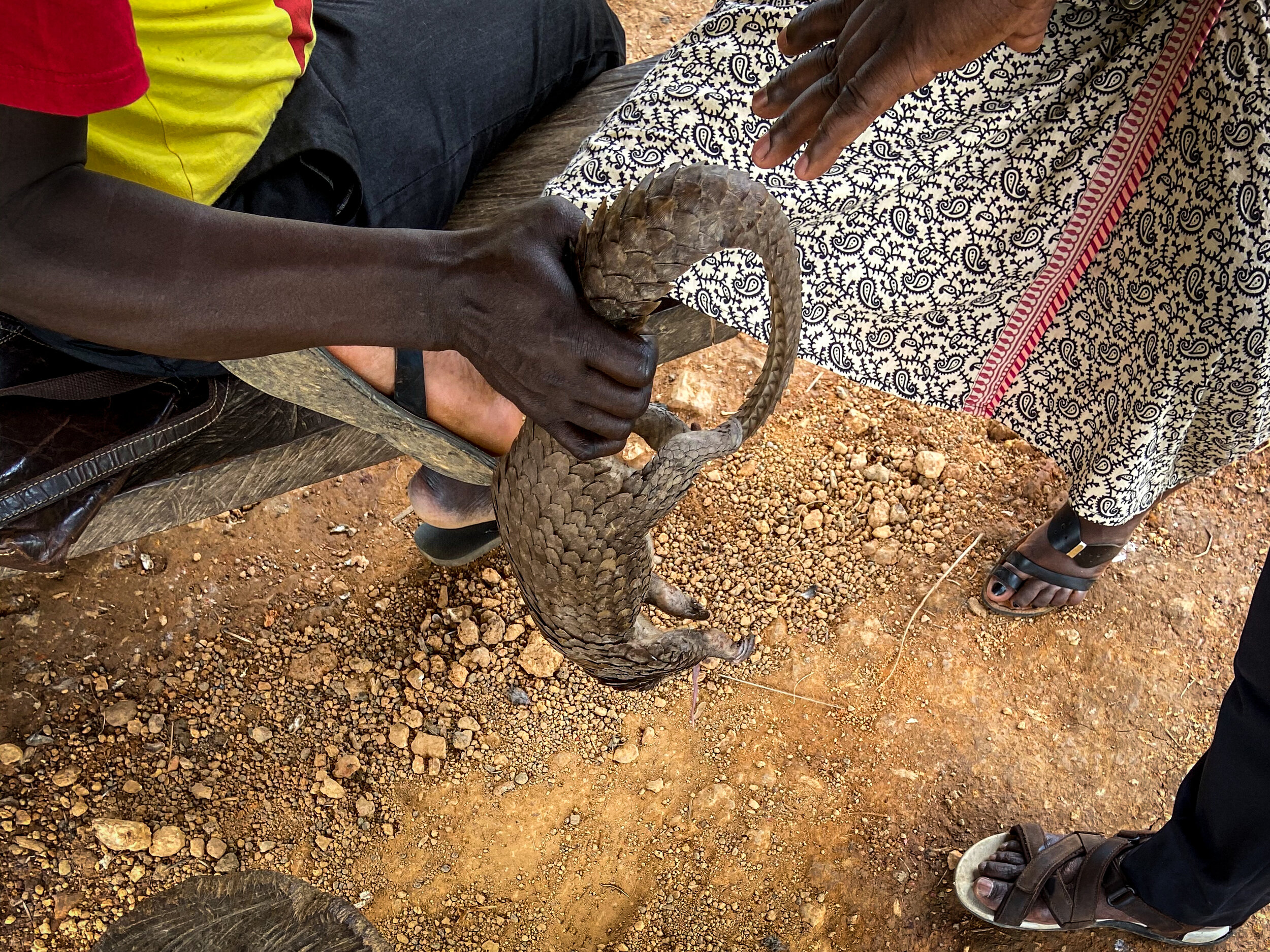
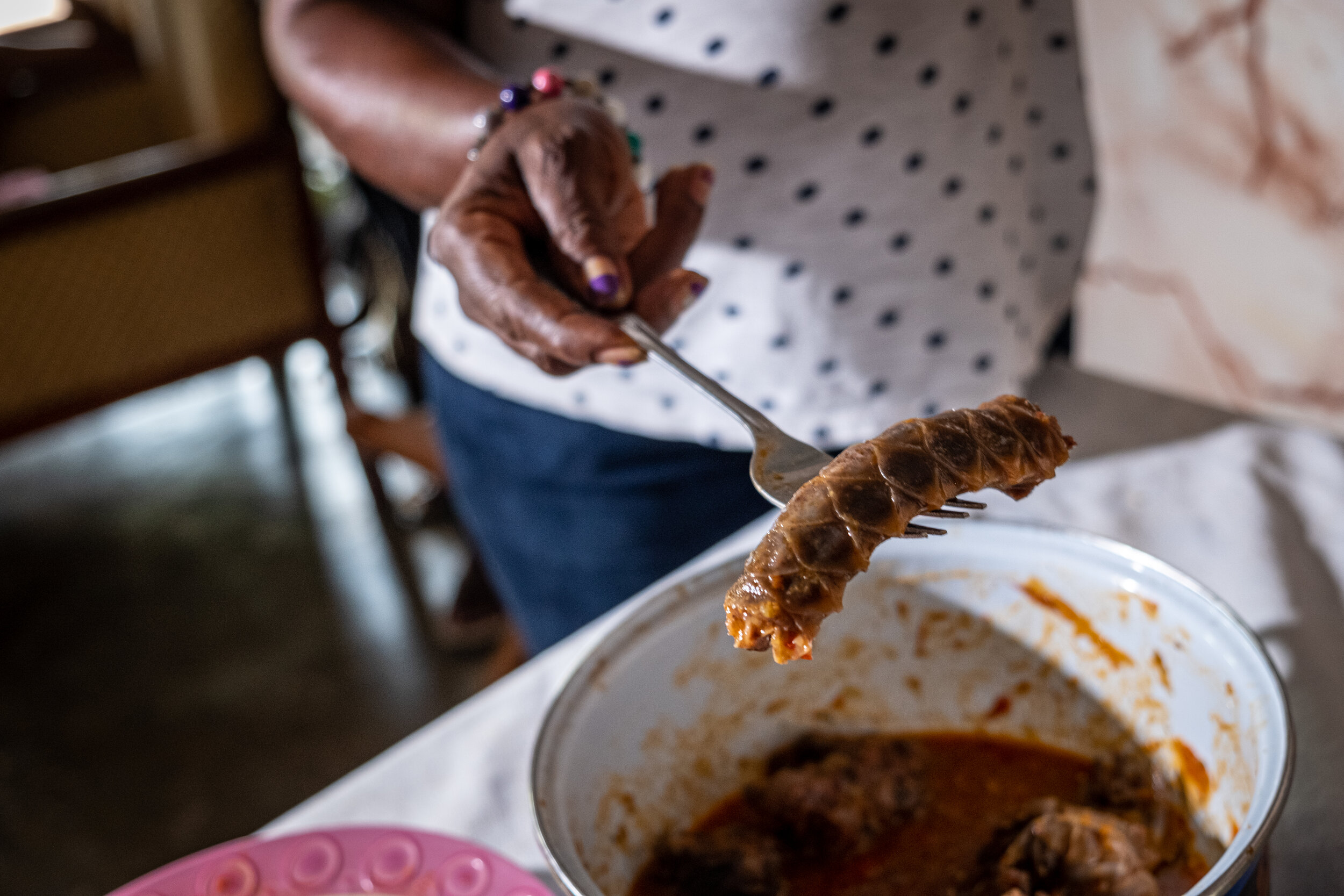
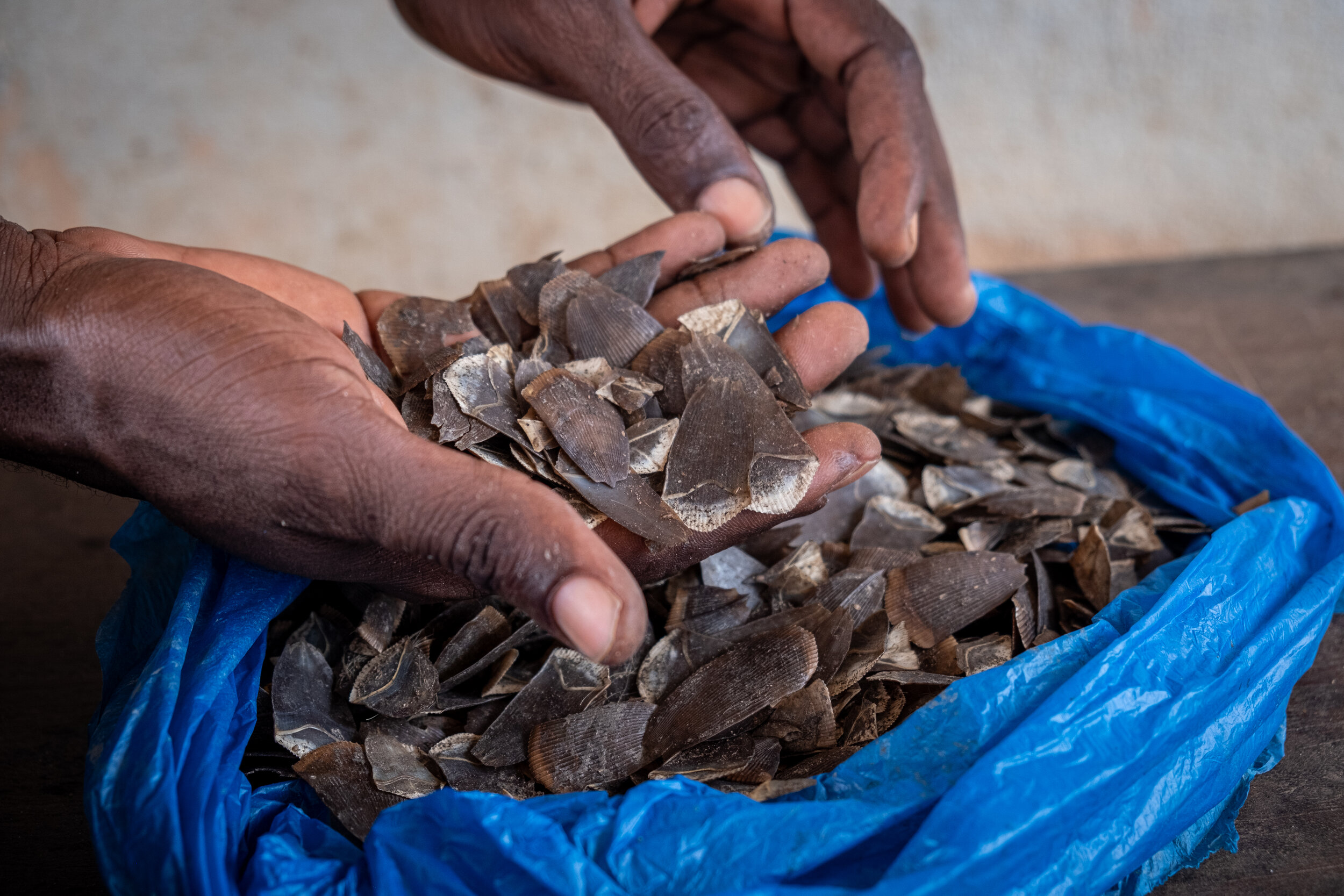
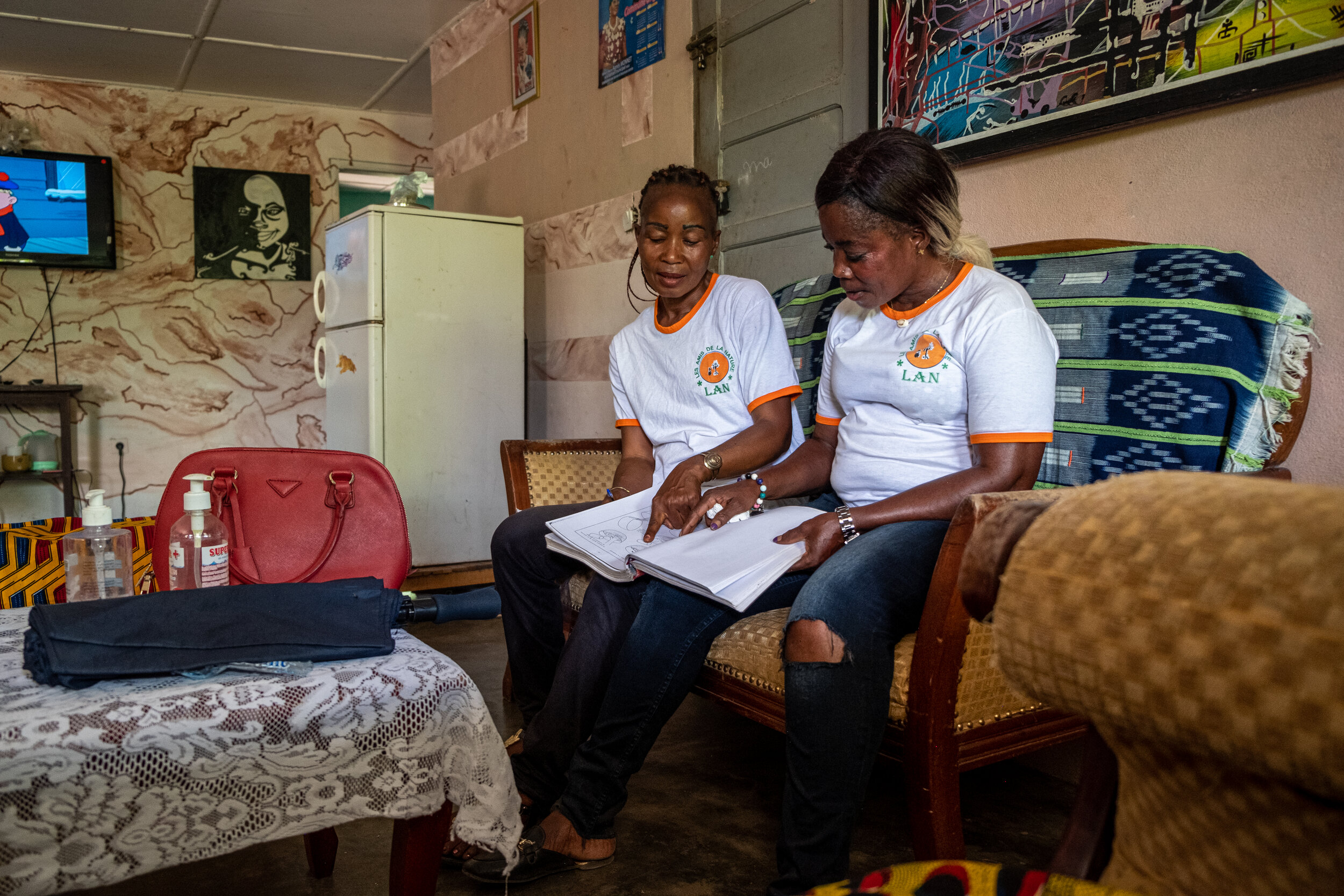
Bushmeat in Ivory Coast: a story for Dutch newspaper Trouw
New work for Dutch newspaper Trouw:
It has been forbidden to hunt for Ivory Coast's pangolins since 1974, but the law has never been maintained. Now it is known that the coronavirus may have been transmitted from animals onto humans through a pangolin, Ivorians are fighting for a ban. But it's not easy.
Now that Ahmed Fofana, 21, is out of work because of the coronavirus pandemic, his grandfather's old shotgun comes in handy. For years it lay in pieces in the shed. "It was no longer used," said Fofana, who took the time to give the weapon a second life. Black, wrapped tape and some simple welding now hold the long barrel and wooden butt together.
Almost every day at dusk, he walks out of his village, the rifle in his hand. Agou, a small town in the southeastern department of Adzopé (Ivory Coast), is surrounded by forests and fields. It's an ideal hunting ground. In the 'brousse', as Ivorians describe wild natural areas, Fofana hunts for his next meal. He sums up the animals he encounters: "Gazelles, deer, hedgehogs, rats, pangolins, snakes". If it's edible, he shoots it.
He prefers to do something else for a living. "But I have no choice," he explains. Due to the corona virus, he lost his job as a moped taxi driver last year. "As the man of the house, it is my job to find food for my family." Read the whole story, by Saskia Houttuin, by following this link.
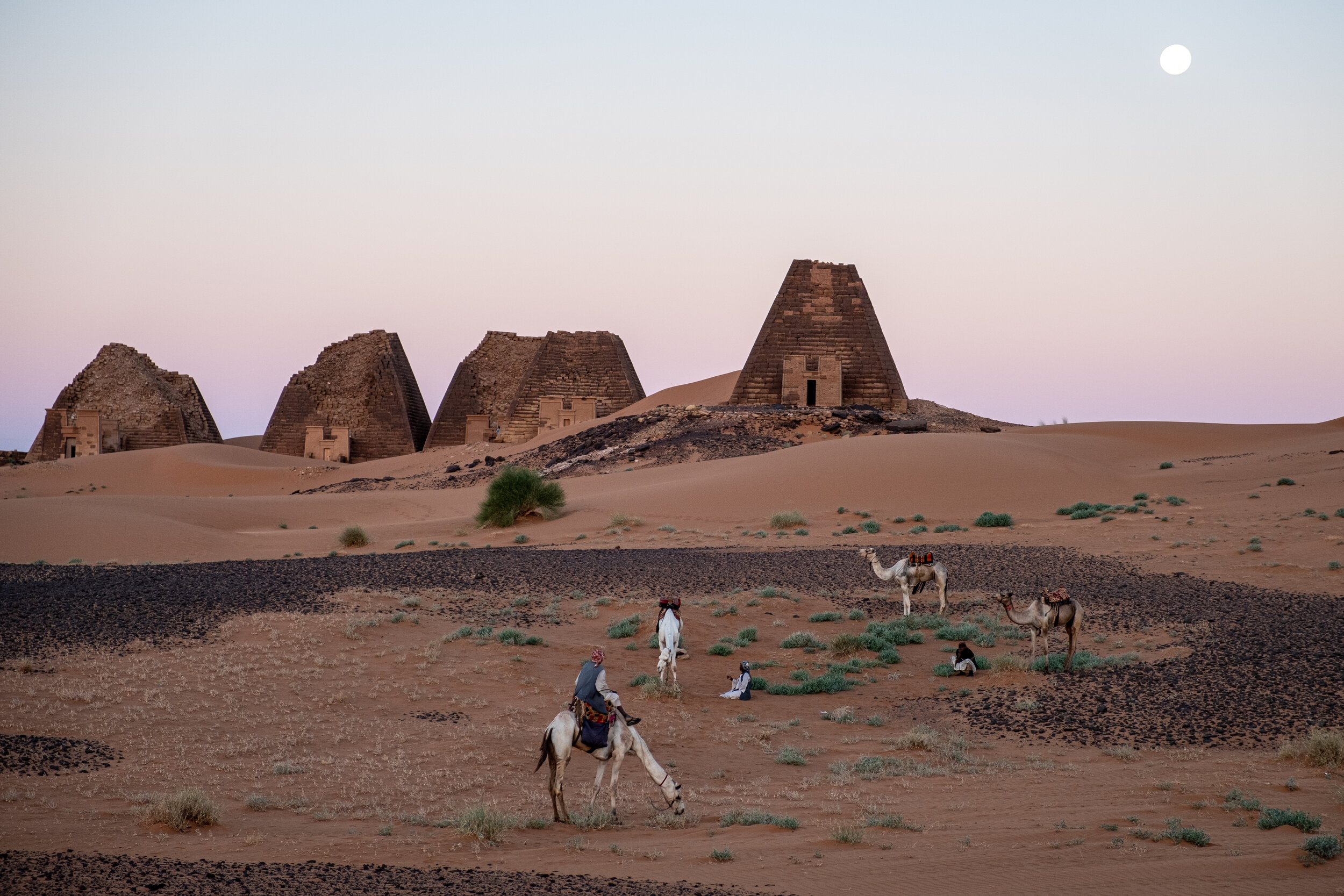
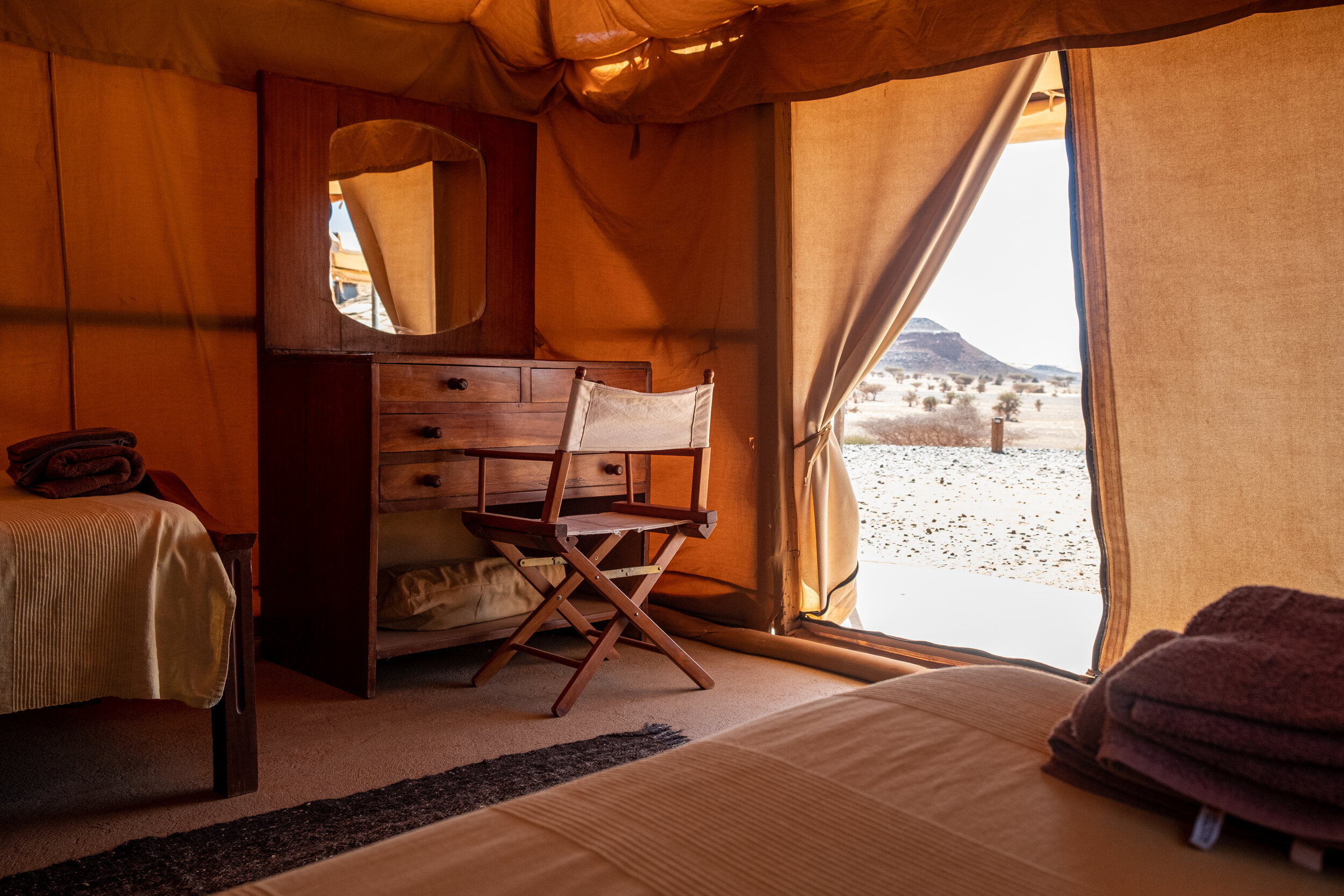

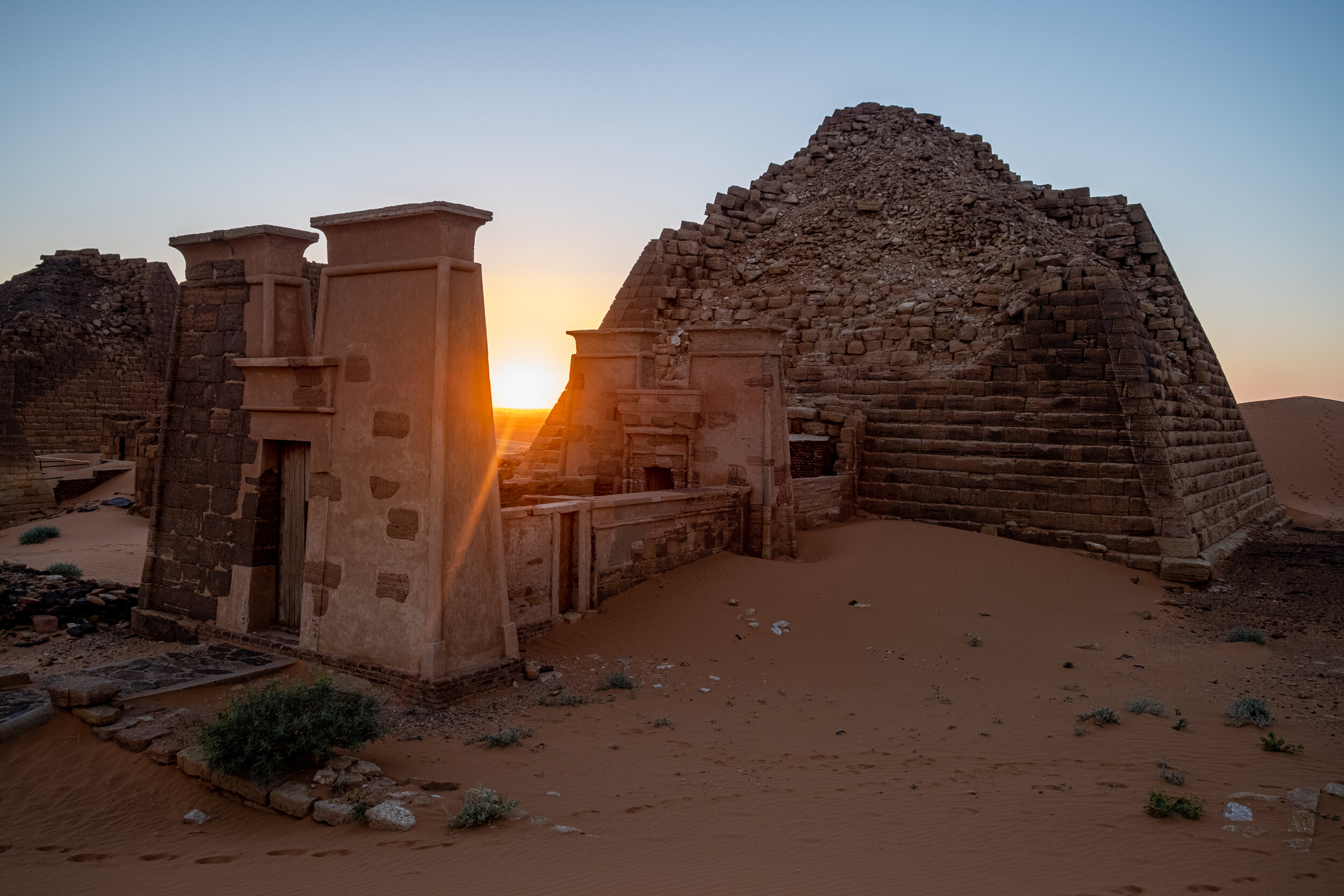
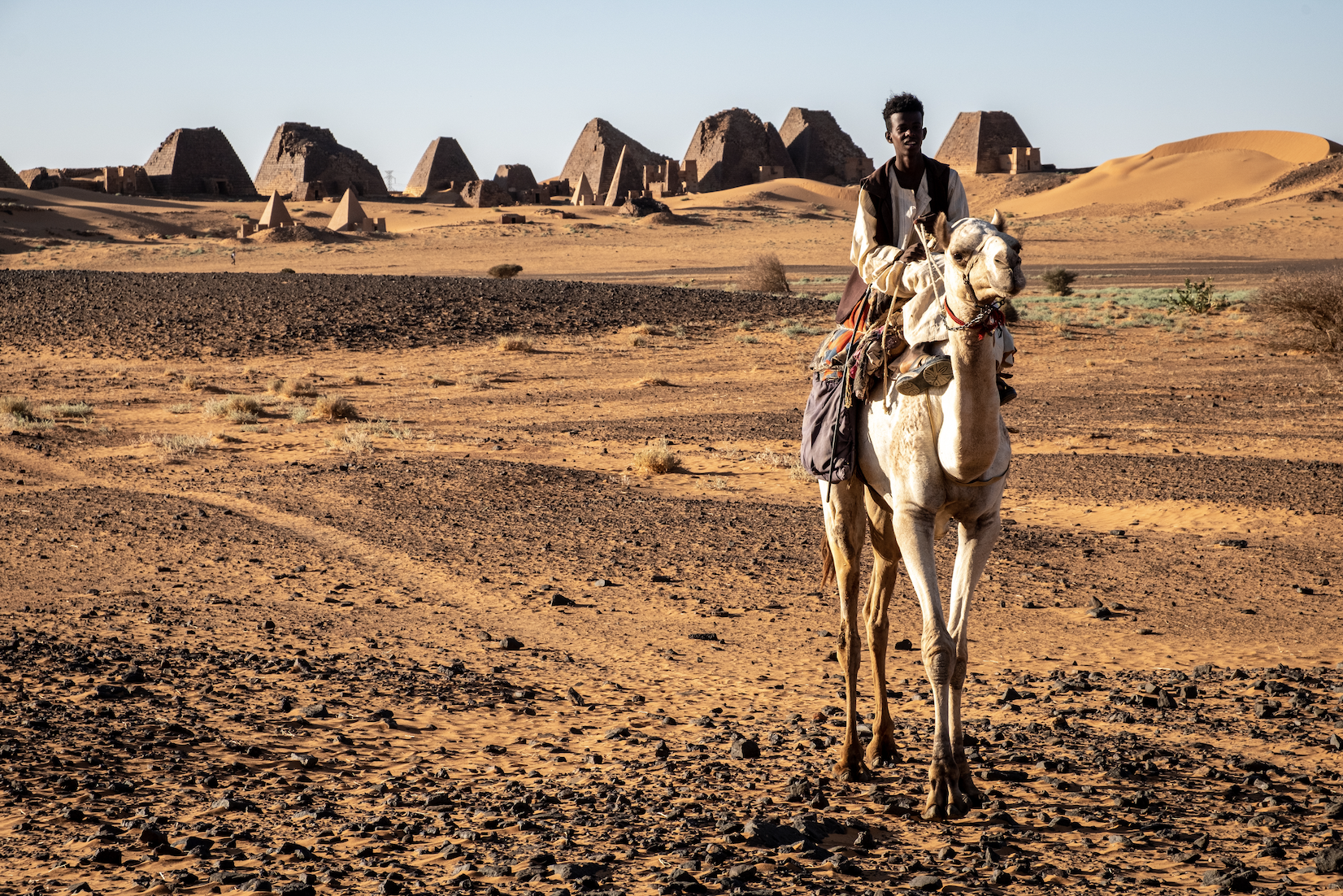
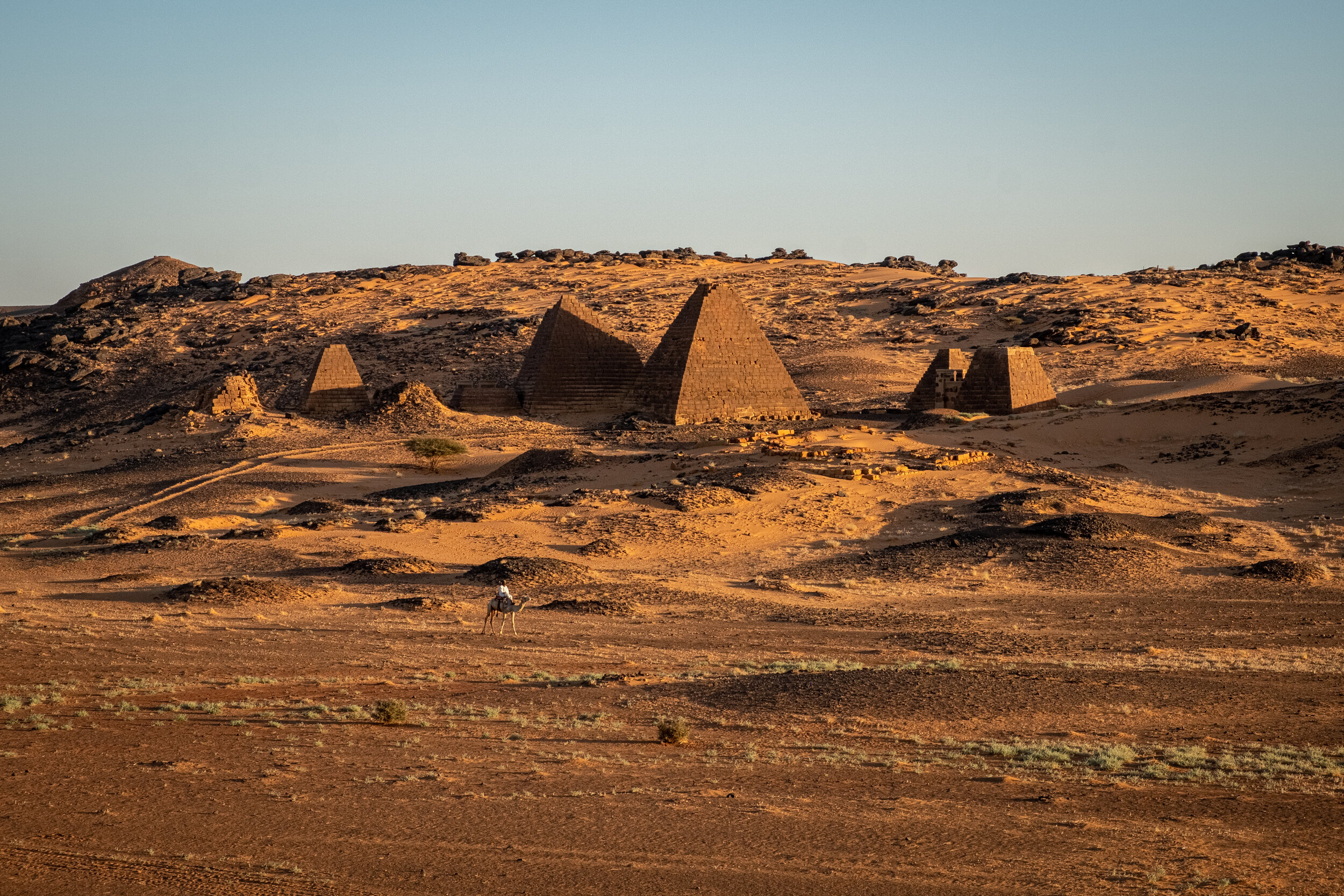
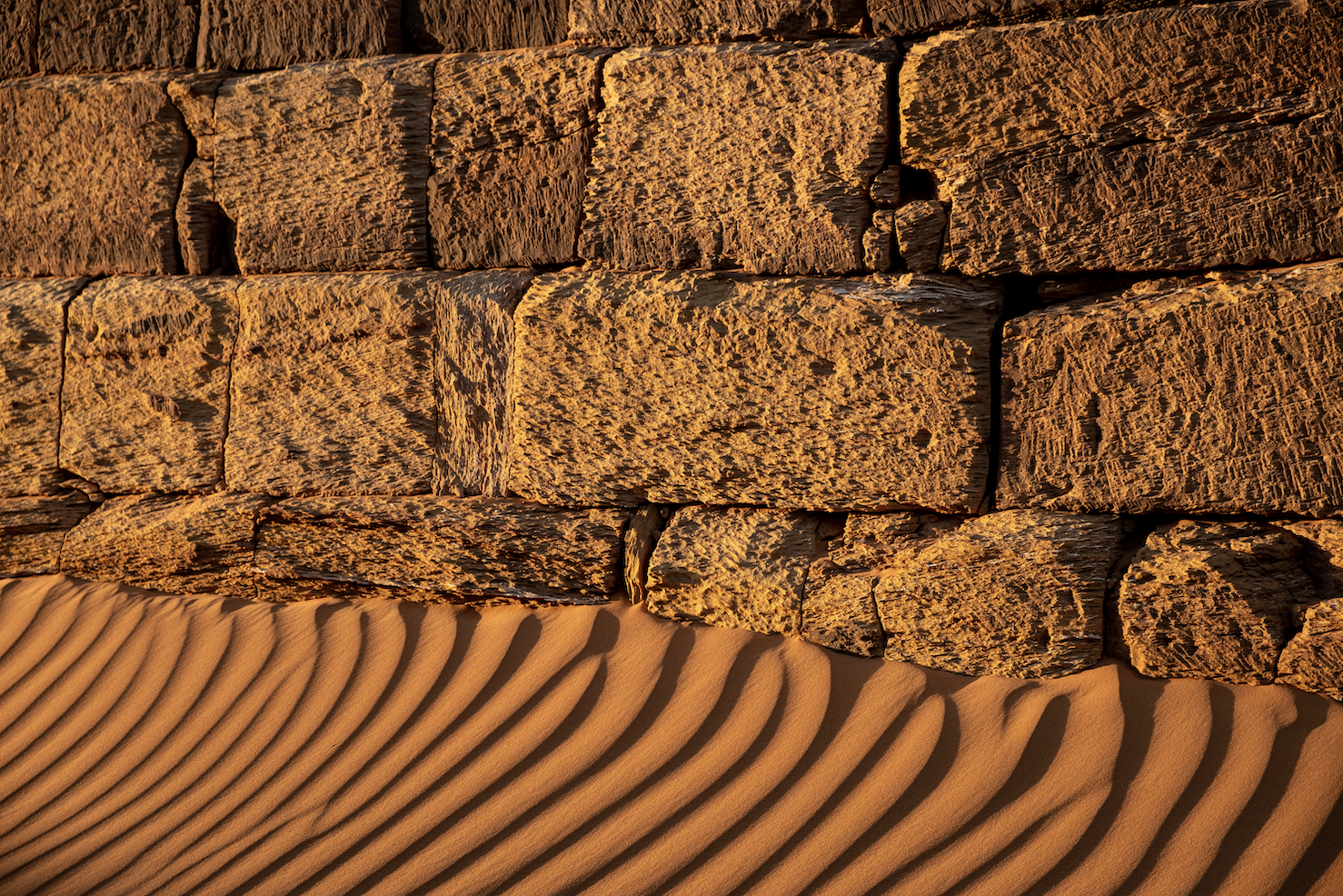
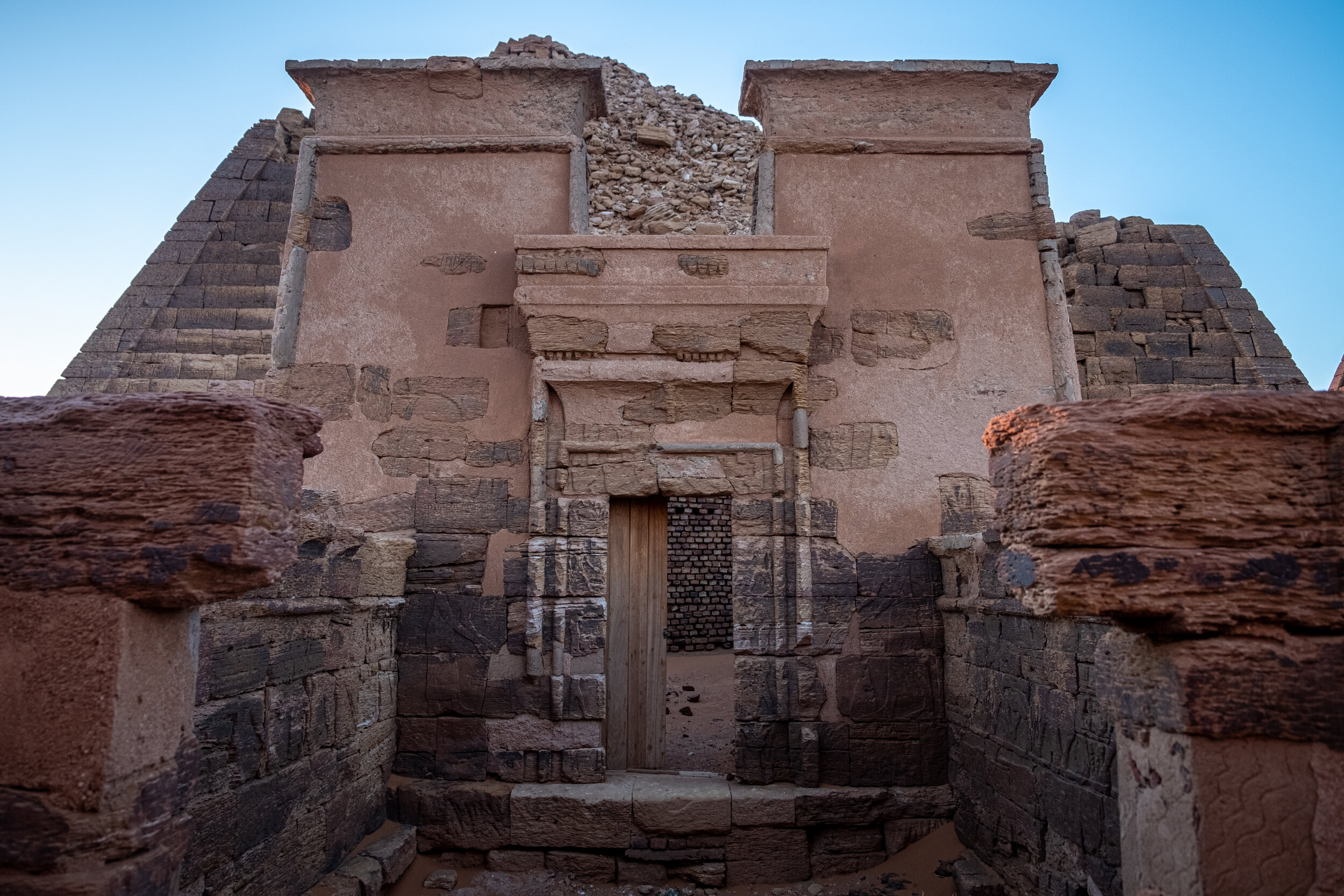
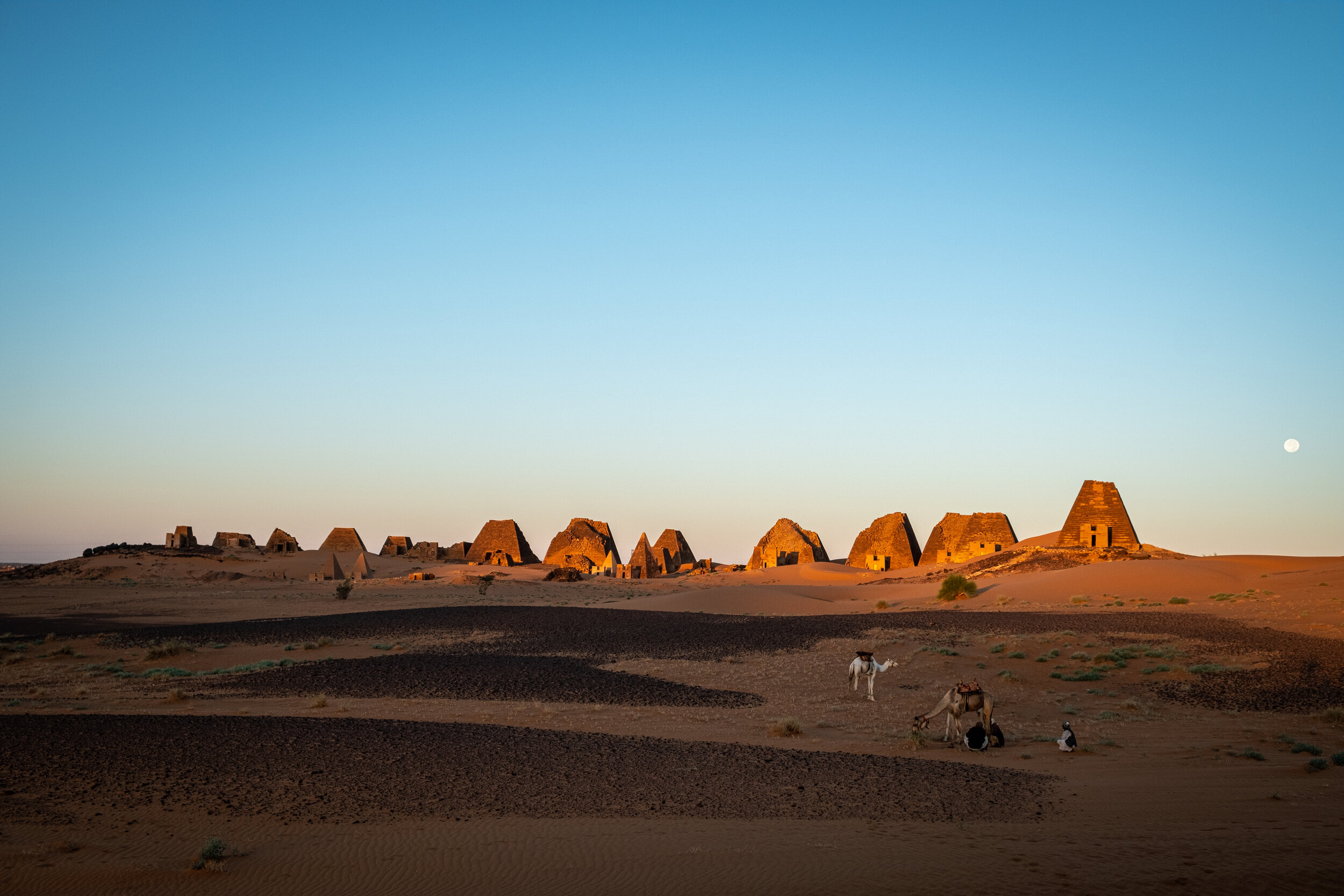
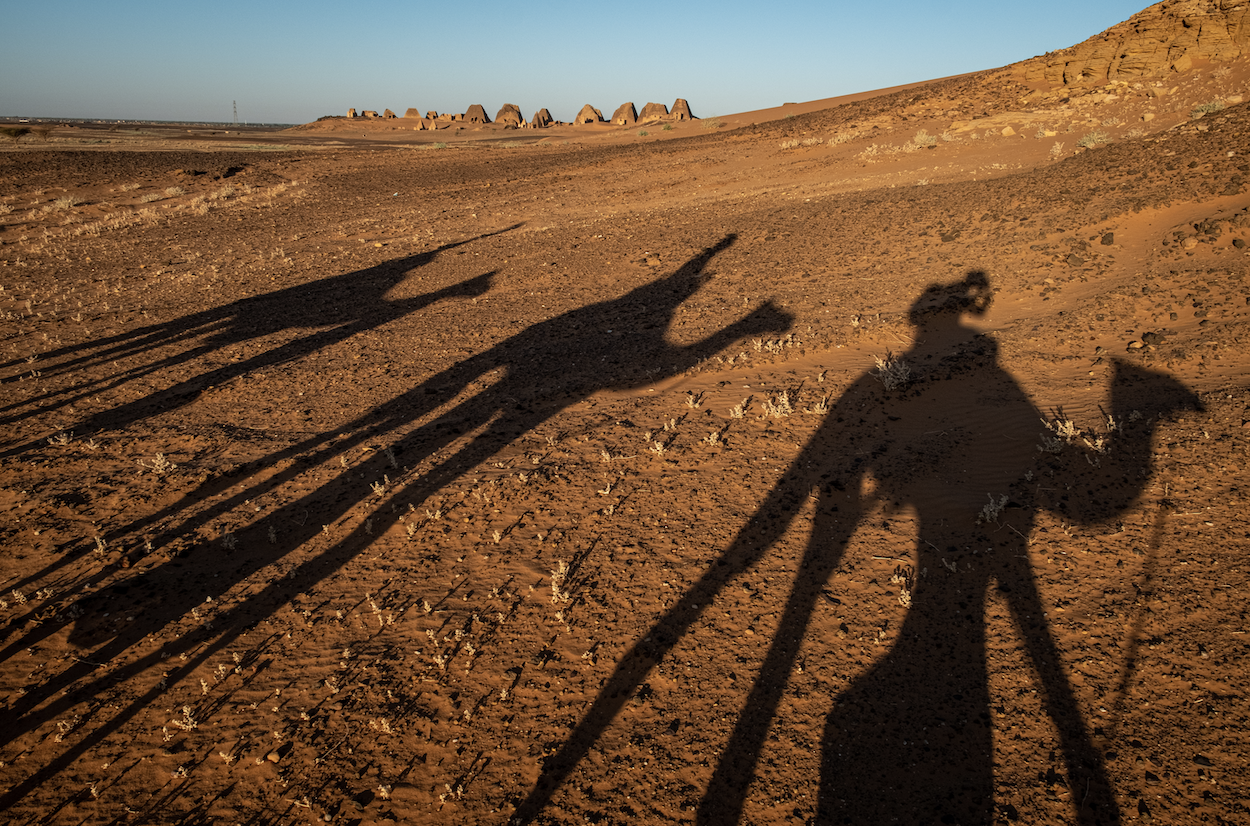
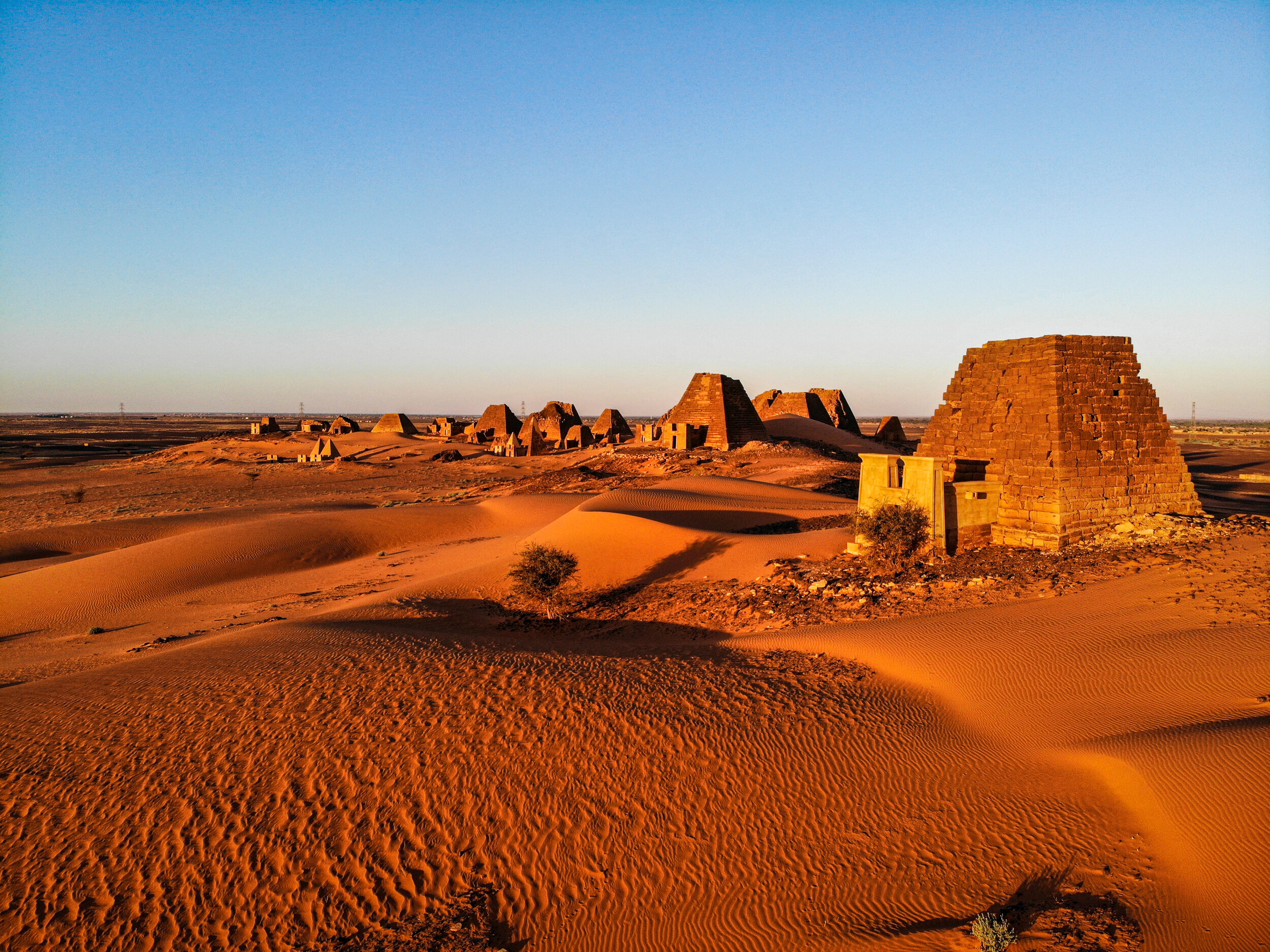
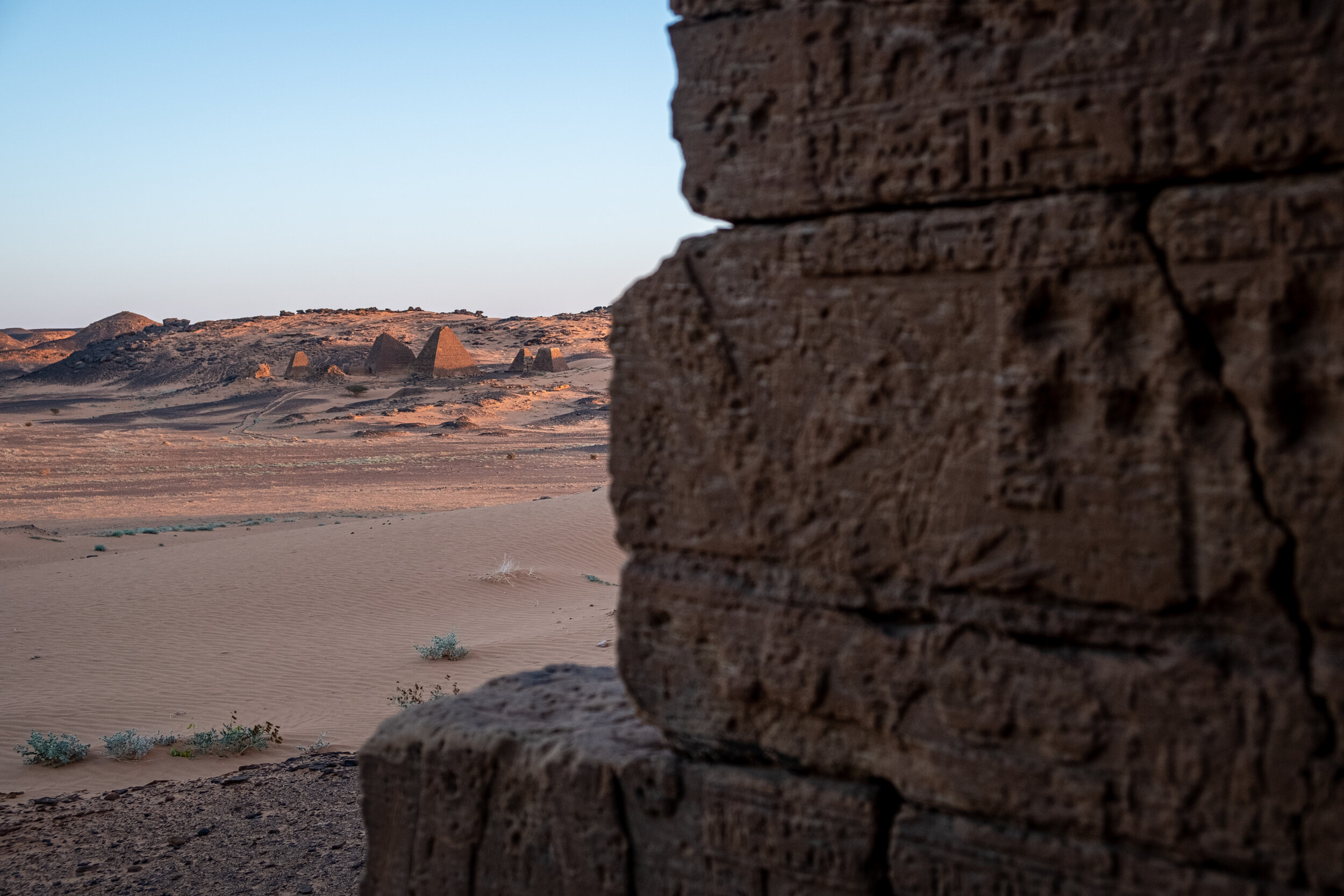
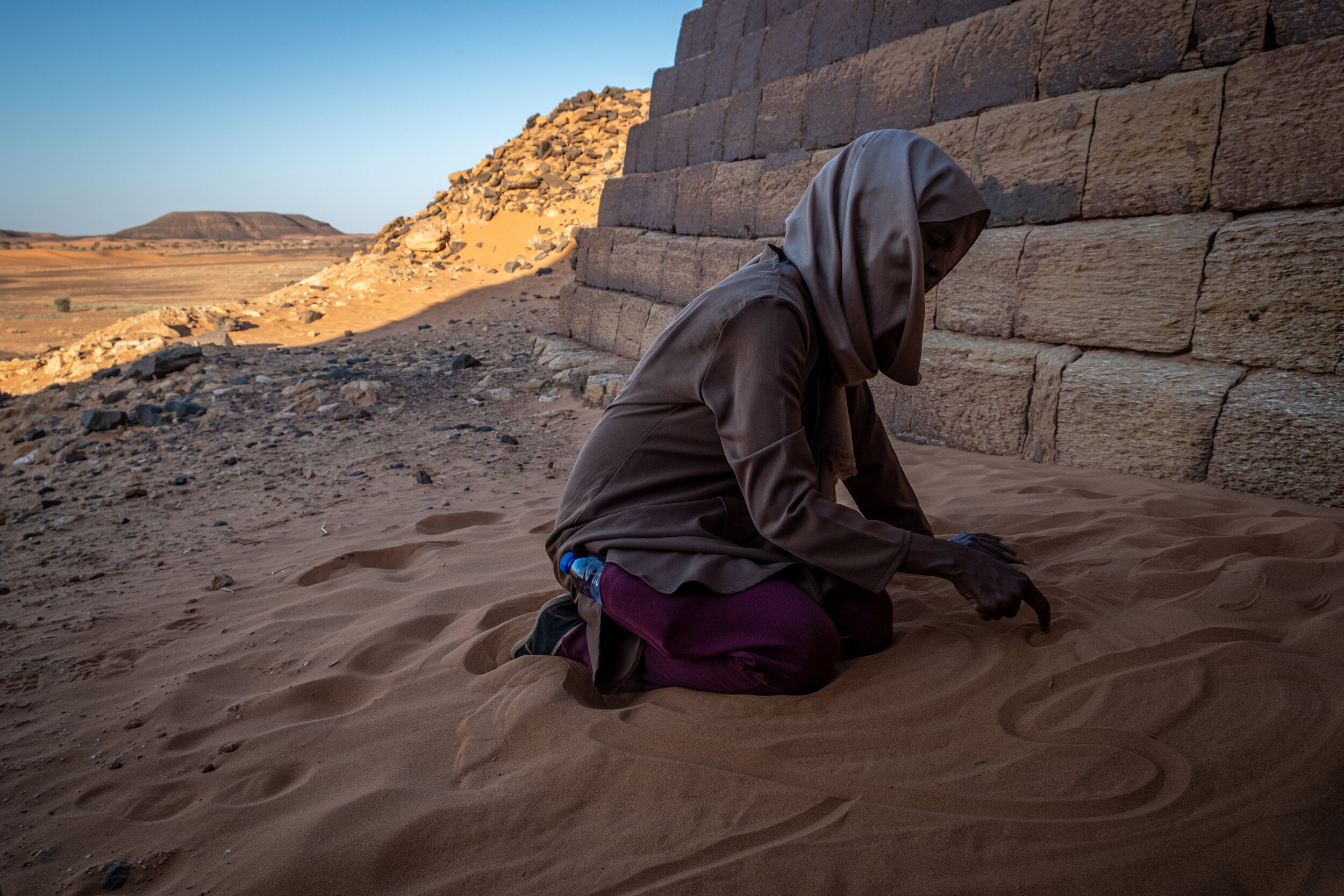
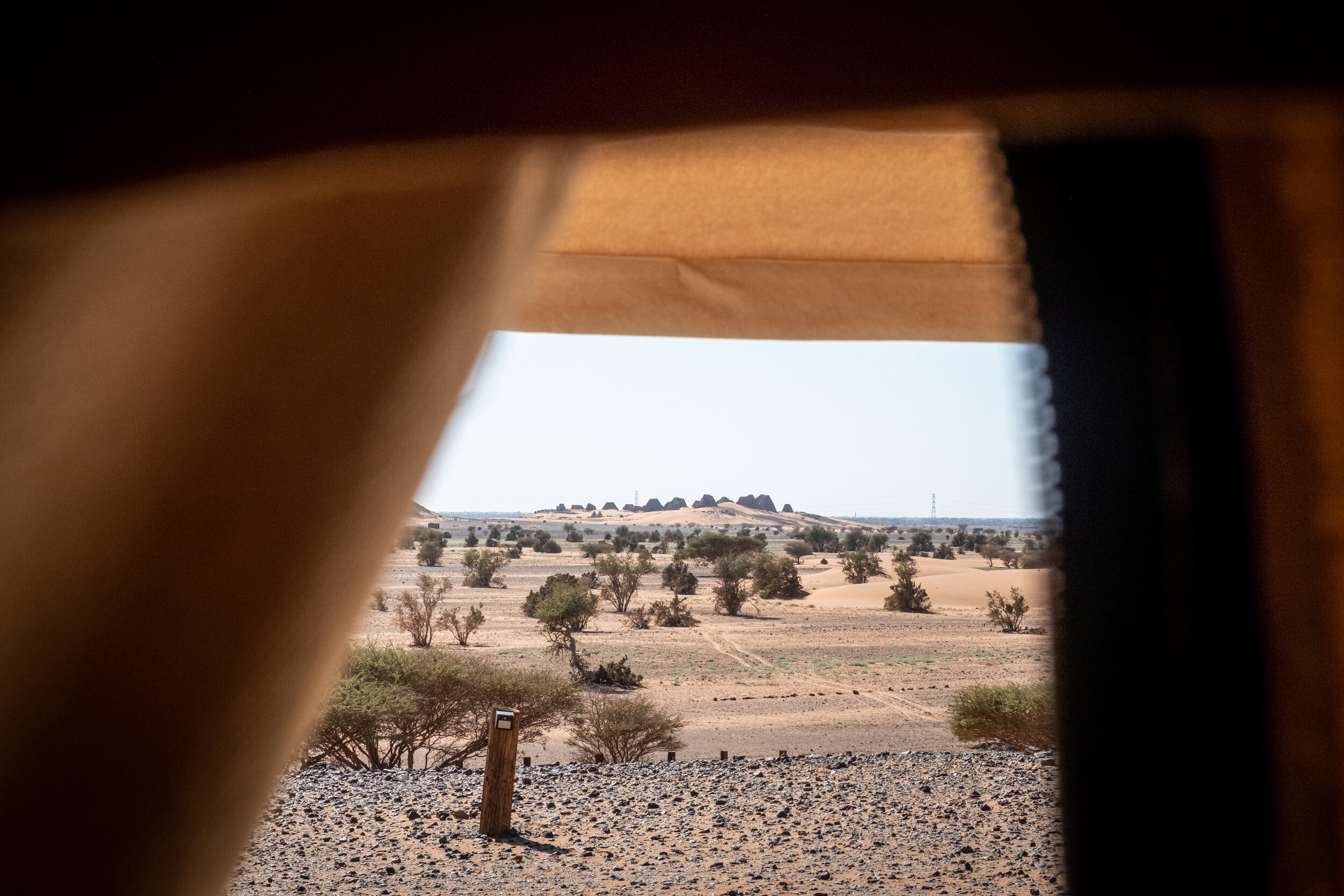
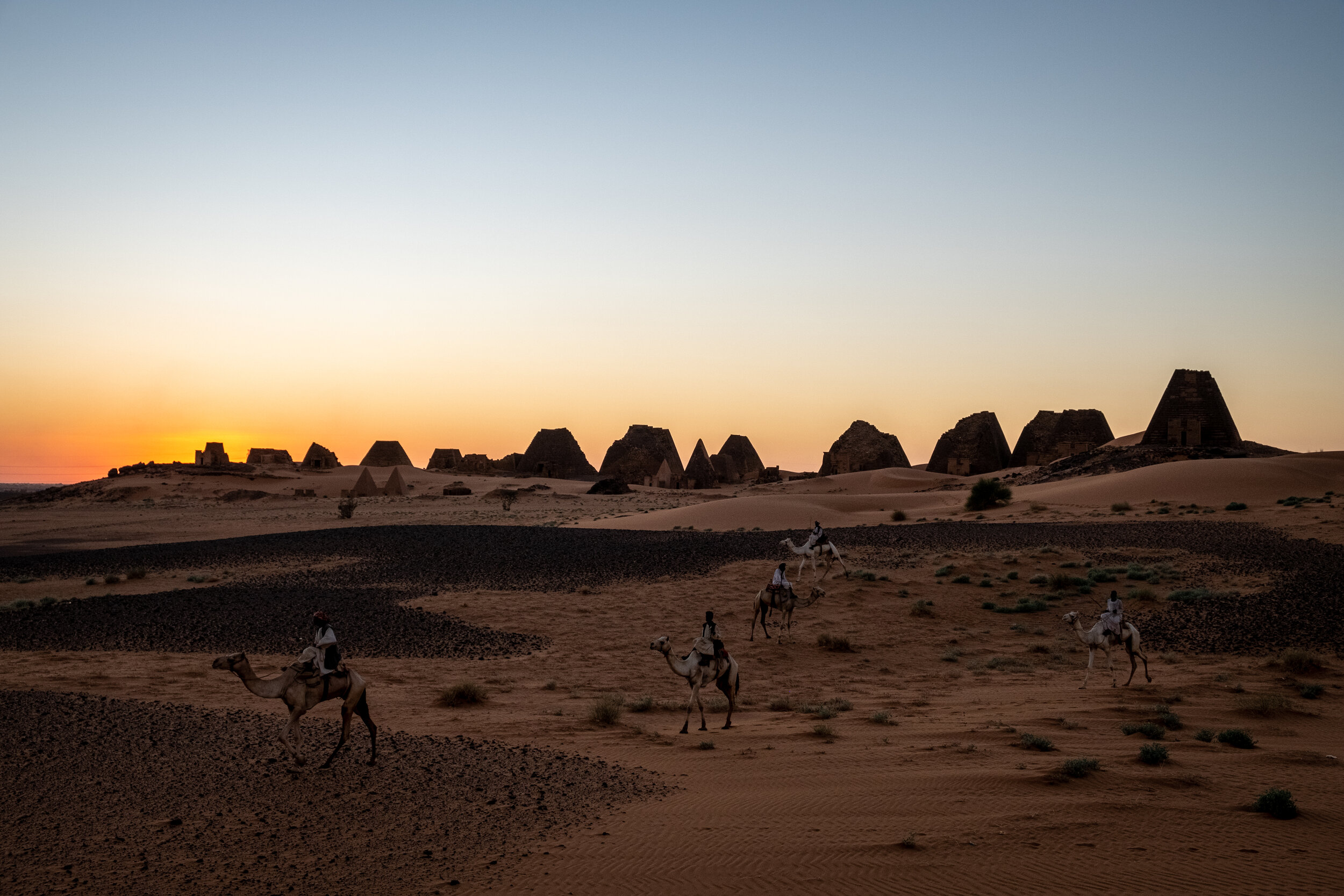
New work for the Financial Times: a photo series of the Sudanese pyramids of Meroë
For my first Financial Times assignment, I photographed the pyramids of the royal city of Meroë, a site of the Kushite kingdom dating from the eighth century BC, are smaller than their Egyptian counterparts in Giza, at roughly 30m high.
But there are many more, about 100 some 200km from Khartoum, though their tops were blown up in 1834 by Italian treasure hunter Giuseppe Ferlini as he plundered their contents.
The site is largely unvisited by outsiders, apart from the odd group of diplomats, aid workers, and young residents of Khartoum. Stepping alone into one of the world’s greatest archaeological sites may be marvellous for one lucky visitor, but it is also testament to the sluggish state of Sudanese tourism.
“This is the biggest concentration of pyramids in the world. You don't see such a number in one place anywhere else,” says Mahmoud Suliman Bashir, the archaeologist who manages the Island of Meroë World Heritage Site. “It is unique in that you have a site just for yourself,” he adds, comparing the experience with that of other sites with pyramids in Egypt and Mexico, usually teeming with global tourists.
Read the full piece by the FT’s Andres Schipani by following this link, or read more in the posts on my Instagram profile.
New work for El País: Nice Leng'ete and alternative rites of passage
Spanish newspaper El País published some of the pictures I took of Nice Nailantei Leng’ete, who is fighting ancient Maasai traditions in order to put a stop to female genital mutilation, also known as ‘The Cut’. El País focused on her work and published some of the pictures I took of Nice and her grandfather, when I worked on assignment for Amref Health Africa.
To see more pictures in their slideshow, follow this link to the El País ‘Planeta Futuro’ website. To read the (Spanish) article about Nice, click here.
New work for Trouw: a story about public toilets in Mathare
Where do you go to the toilet if you live in an informal settlement (aka a slum)? Lidia, who lives in Nairobi, showed me around her Nairobi neighborhood Mathare and the sanitation situation there. “A house with its own bathroom is my big wish. But I fear this will remain a dream. ”
Mathare consists of small houses made of stone or clay and wood, covered with corrugated iron. There are some beds in Lidia’s room, one corner is meant for cooking, and her belongings are stacked from the ground or are hanging from hooks from the ceiling. Next to the door stands a blue bucket with a lid, her toilet for the night.
“During the day we go to the public toilet,” Lidia says, “about a five minute walk from here, but at night we use this bucket. Despite the lid, the house smells unbearable, especially when one of us has diarrhea again. And so I get up early in the morning, and take the bucket to the river to empty it.”
“As you can see and smell, the public toilets are not cleaned daily. But it's better than nothing. The worst thing about communal toilets is that moment when I have to urgently and there is a line at the entrance.”
"I was born and raised here, my parents live here, it is my home. We could move to the countryside, but what do you do there if you don't own any land? Moreover, education is worse there than here in Mathare. I want to offer my children the chance for a better life, hopefully in a house with a toilet. ”
Words by Ilona Eveleens, pictures taken by me on assignment for newspaper Trouw in Mathare. Click here to read the whole story, on the Trouw website.
